| Sample Rate |
2 GSa/s (interleaving mode),1 GSa/s (non-interleaving mode) |
| Memory depth |
200 Mpts/ch (interleaving mode) * 3, 100 Mpts/ch (non-interleaving mode) |
| Waveform capture rate |
Normal mode: 120,000 wfm/s max.
Sequence mode: 500,000 wfm/s max |
| Trace intensity |
256 grades |
| Peak detect |
1 ns minimum detectable pulse |
| Sequence |
90,000 frames max.; Interval between triggers = 2 μs min. |
| History |
90,000 frames max |
| Interpolation |
Sin(x)/x, x |
| Horizontal System |
|
| Time scale |
1 ns/div – 1000 s/div
0.5 ns/div – 1000 s/div when 500 MHz bandwidth option is installed |
| Horizontal range |
10 divisions |
| Display mode |
Y-T, X-Y, Roll (≥50 ms/div) |
| Skew CH1~CH4) |
<100 ps |
| Time base Accuracy |
±1ppm initial; ±1ppm 1st year aging; ±3.5ppm 10-year aging |
| Vertical System |
|
| Analogue channels |
SDS2354X Plus: 4 + EXT
SDS2204X Plus: 4 + EXT
SDS2102/4X Plus: 2/4 + EXT |
Bandwidth (-3dB)
@ 50 Ω |
SDS2354X Plus: 350 MHz (standard), 500 MHz (optional)
SDS2204X Plus: 200 MHz
SDS2102/4X Plus: 100 MHz |
Rise time (typical)
@ 50 Ω |
SDS2354X Plus: 1 ns (standard)
800 ps (optional)SDS2204X Plus: 1.7 ns
SDS2102/4X Plus: 3.5 ns |
| Resolution |
8-bit. 10-bit mode (with typical 100 MHz bandwidth) |
| Vertical range |
8 divisions |
Vertical scale
(probe 1X) |
1MΩ: 500 μV/div – 10 V/div
50 Ω: 500 μV/div – 1 V/div |
| DC gain accuracy |
≤ 3.0% |
| Offset accuracy |
±(1.5%*offset+1.5%*full scale+1 mV) |
| Offset range (probe 1X) |
500 μV/div ~ 100 mV/div: ± 2 V
102 mV/div ~ 1 V/div: ± 20 V
1.02 V/div ~ 10 V/div: ± 200 V |
Bandwidth flatness
@ 50 Ω |
10 kHz ~ BW/10: ±0.5 dB
BW/10 ~ BW/3: ±0.8 dB
BW/3 ~ BW2/3: +1.0 dB, -1.2 dB
BW2/3 ~ BW: +2.0 dB, -2.5 dB |
| Bandwidth limit |
20 MHz (-0, +20%)
200 MHz (-0, +20%) |
Low frequency response
(AC coupling -3 dB) |
5 Hz (typical) |
Overshoot (150ps fast
edge input @50Ω) |
<12% (typical) |
| Coupling |
DC, AC, GND |
| Impedance |
(1 MΩ ±2%) || (17 pF ±2 pF)
50 Ω: 50 Ω ±1% |
| Max. Input voltage |
1 MΩ ≤400 Vpk(DC + AC), DC~10 kHz
50 Ω ≤5 Vrms, ±10 V Peak |
| SFDR |
≥40 dB |
CH to CH Isolation
@ 50Ω |
DC~100 MHz: >40 dB
100 MHz ~ BW: ≥34 dB |
| Probe Attenuation |
1X, 10X, 100X, Custom |
| Trigger System |
|
| Mode |
Auto, Normal, Single |
| Level |
Internal: ±4.1 div from the center of the screen
EXT: ±0.61 V, EXT/5: ±3.05 V |
| Hold off range |
By time:8 ns ~ 30 s (8 ns step)
By event:1 ~ 10 |
| Coupling |
CH1~CH4
DC: Passes all components of the signal
AC: Blocks DC components and attenuates signals below 20 Hz
LFRJ: Attenuates the frequency components below 1.2 MHz
HFRJ: Attenuates the frequency components above 600 kHz
Noise RJ: Increases the trigger hysteresis
EXT
DC: Passes all components of the signal
AC: Blocks DC components and attenuates signals below 8 Hz
LFRJ: Attenuates the frequency components below 33 kHz
HFRJ: Attenuates the frequency components above 967 kHz |
| Accuracy (typical) |
CH1~CH4: ±0.2 div
EXT: ±0.3 div |
| Sensitivity |
CH1 ~ CH4:
Noise RJ = OFF Noise RJ = ON
>10 mV/div: ±0.13 div ±0.33 div
5 mV/div~10 mV/div: ±0.26 div ±0.33 div
≤ 2 mV/div: ±0.5 div ±0.5 div
EXT:
200 mVpp, DC ~ 10 MHz
300 mVpp, 10 MHz ~ 300 MHz
EXT/5:
1 Vpp, DC ~ 10 MHz
1.5 Vpp, 10 MHz ~ 300 MHz |
| Jitter |
CH1~CH4: <10 ps rms, 6 divisions pk-pk, 2 ns edge
EXT: <200 ps rms |
| Displacement |
Pre-Trigger: 0 ~ 100% memory
Delay-Trigger: 0 ~ 5,000 div |
| Zone |
Up to 2 zones; Source: CH1~CH4; Property: Intersect, Not Intersect |
| Edge Trigger |
|
| Source |
CH1~CH4/EXT/(EXT/5)/AC Line/D0~D15 |
| Slope |
Rising, Falling, Rising & Falling |
| Slope Trigger |
|
| Source |
CH1~CH4 |
| Slope |
Rising, Falling |
| Limit range |
≤, ≥, in range, out of range |
| Time range |
2 ns ~ 20 s,1 ns resolution |
| Pulse Width Trigger |
|
| Source |
CH1~CH4/D0~D15 |
| Polarity |
+wid, -wid |
| Limit range |
≤, ≥, in range, out of range |
| Time range |
2 ns ~ 20 s,1 ns resolution |
| Video Trigger |
|
| Source |
CH1~CH4 |
| Standard |
NTSC,PAL,720p/50,720p/60,1080p/50,1080p/60,1080i/50,1080i/60,Custom |
| Synchronization |
Any, Select |
| Trigger Condition |
Line, Field |
| Window Trigger |
|
| Source |
CH1~CH4 |
| Window type |
Absolute, Relative |
| Interval Trigger |
|
| Source |
CH1~CH4/D0~D15 |
| Slope |
Rising, Falling |
| Limit range |
≤, ≥, in range, out of range |
| Time range |
2 ns ~ 20 s,1 ns resolution |
| Dropout Trigger |
|
| Source |
CH1~CH4/D0~D15 |
| Timeout type |
Edge, State |
| Slope |
Rising, Falling |
| Time range |
2 ns ~ 20 s,1 ns resolution |
| Runt Trigger |
|
| Source |
CH1~CH4 |
| Polarity |
Positive, Negative |
| Limit range |
≤, ≥, in range, out of range |
| Time range |
2 ns ~ 20 s,1 ns resolution |
| Pattern Trigger |
|
| Source |
CH1~CH4/D0~D15 |
| Pattern Setting |
Don’t Care, Low, High |
| Logic |
AND, OR, NAND, NOR |
| Limit range |
≤, ≥, in range, out of range |
| Time range |
2 ns ~ 20 s,1 ns resolution |
| Serial Trigger |
|
| Source |
CH1~CH4/D0~D15 |
| Protocol |
Standard: I2C、SPI、UART、CAN、LIN
Optional: CAN FD、FlexRay、I2S、MIL-STD-1553B |
| I2C Trigger |
Type: Start, Stop, Restart, No Ack, EEPROM, Address & Data, Data Length |
| SPI Trigger |
Type: Data |
| UART Trigger |
Type: Start, Stop, Data, Parity Error |
| CAN Trigger |
Type: All, Remote, ID, ID+Data, Error |
| LIN Trigger |
Type: Break, Frame ID, ID+Data, Error |
| CAN FD Trigger (Optional) |
Type: Start, Remote, ID, ID+Data, Error |
FlexRay trigger
(optional) |
Type: TSS, Frame, Symbol, Errors |
| I2S trigger (optional) |
Type: Data, Mute, Clip, Glitch, Rising Edge, Falling Edge |
MIL-STD-1553B trigger
(optional) |
Type: Transfer, Word, Error, Timing |
| General Specifications |
|
Input Voltage &
Frequency |
100 ~ 240 Vrms 50/60Hz
100 ~ 120 Vrms 400Hz |
| Power consumption |
80 W max., 50 W typical, 4 W typical in standby mode |
| Temperature |
Operating: 0 °C ~ 40 °C
Non-operating: -20 °C ~ 60 °C |
| Humidity |
Operating: 85% RH, 40 °C , 24 hours
Non-operating: 85% RH, 65 °C, 24 hours |
| Altitude |
Operating: ≤3,000 m
Non-operating: ≤15,266 m |
| Display Type |
10.1”TFT LCD with capacitive touch screen |
| Resolution |
1024×600 |
| Contrast |
500:1 typical |
| Backlight |
500 nit typical |
| Dimensions |
Length x Height x Width = 352 mm×224 mm×111 mm |
| Weight |
Net Weight: 3.3 kg (2-ch); 3.9 kg (4-ch)
Gross Weight: 4.8 kg (2-ch); 5.4 kg (4-ch) |

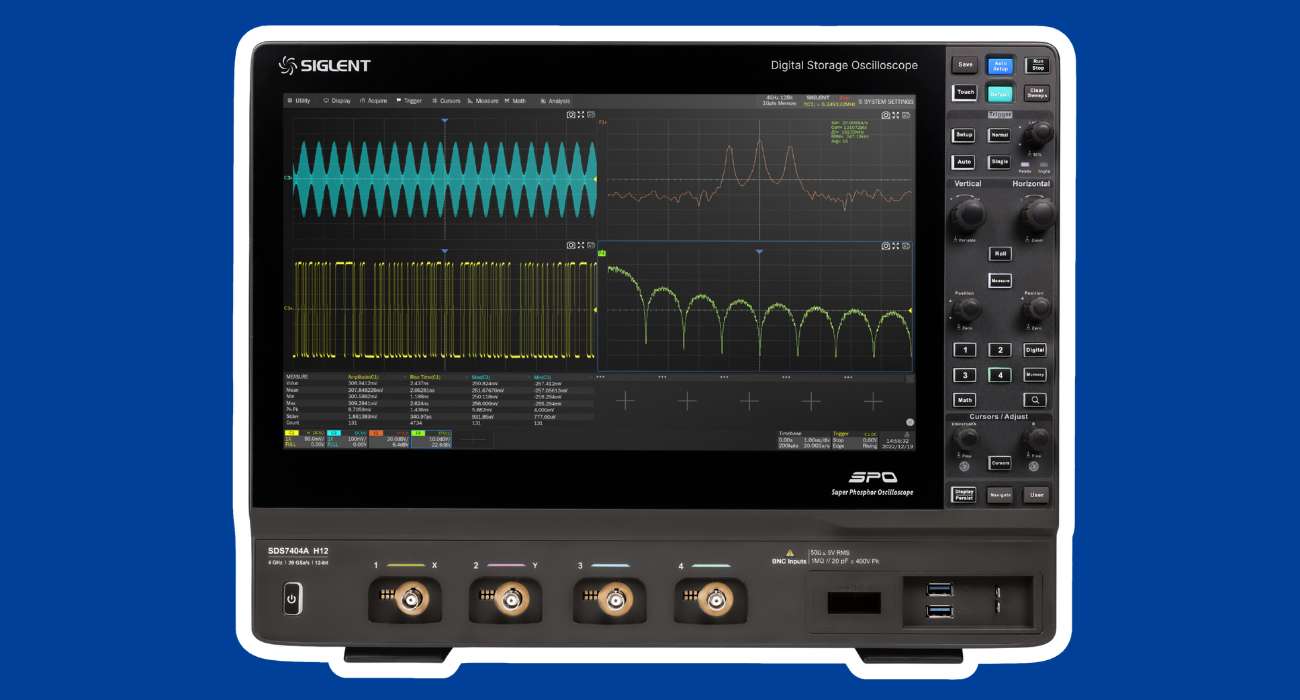
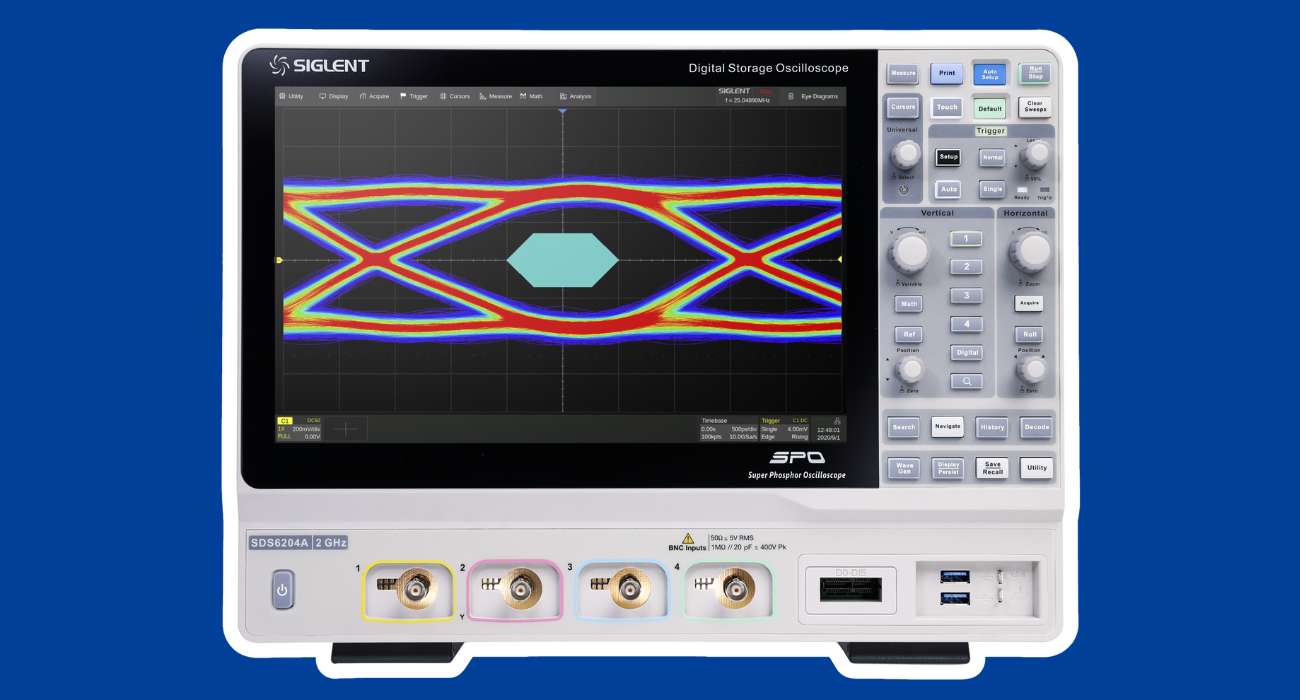
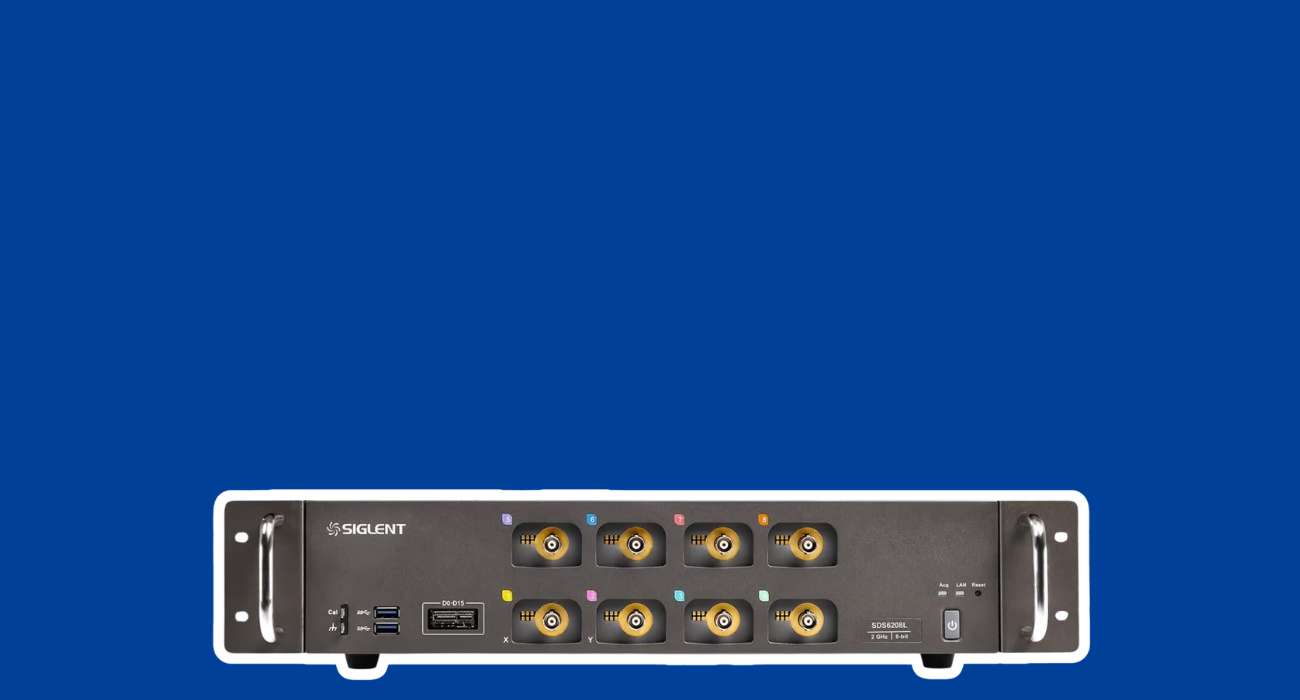
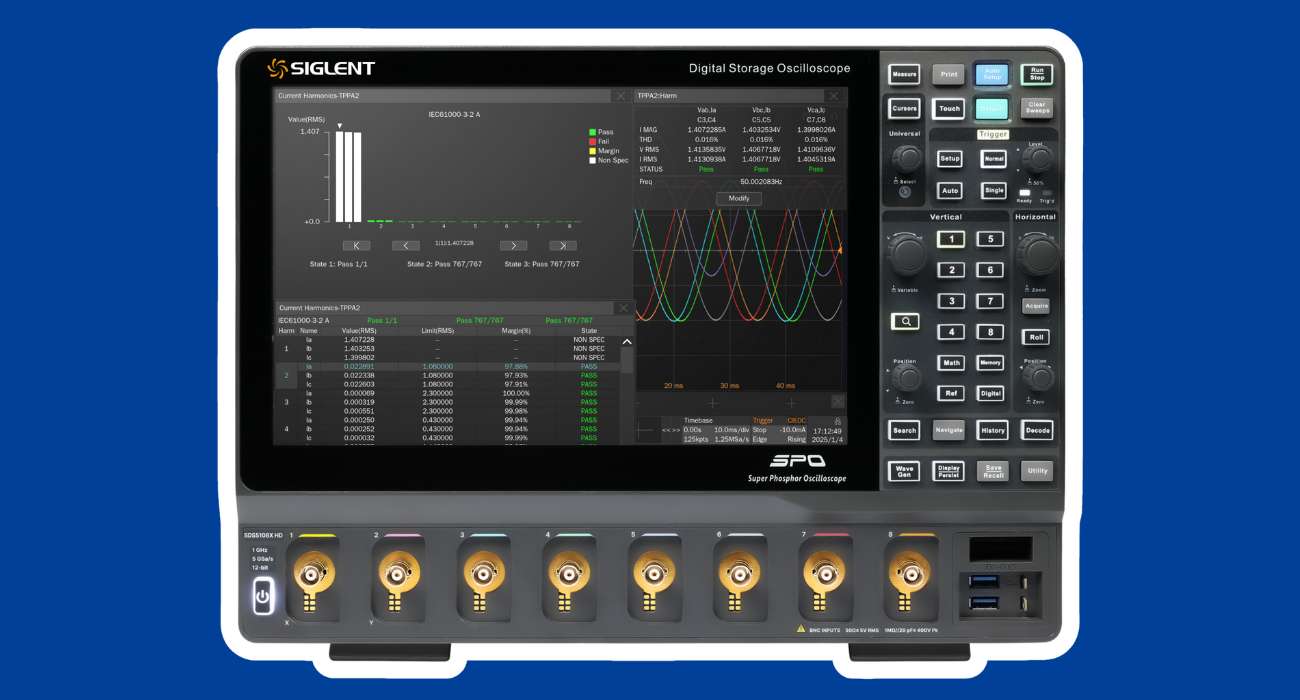
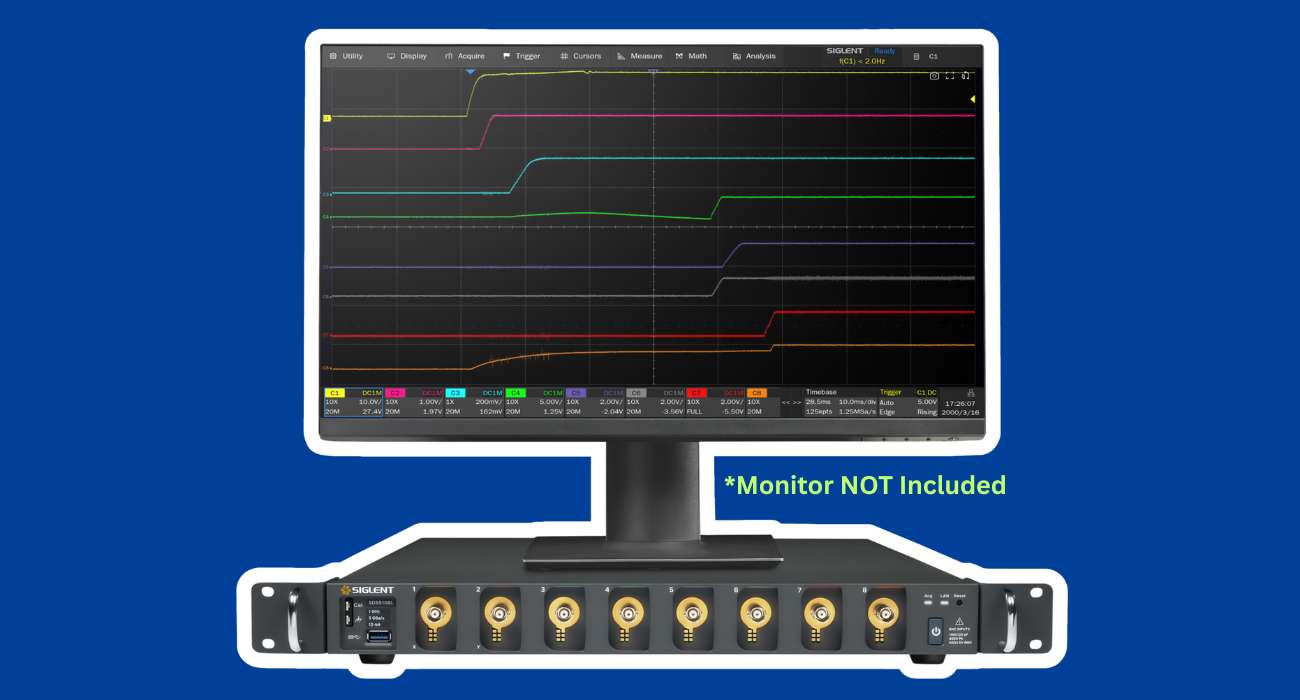
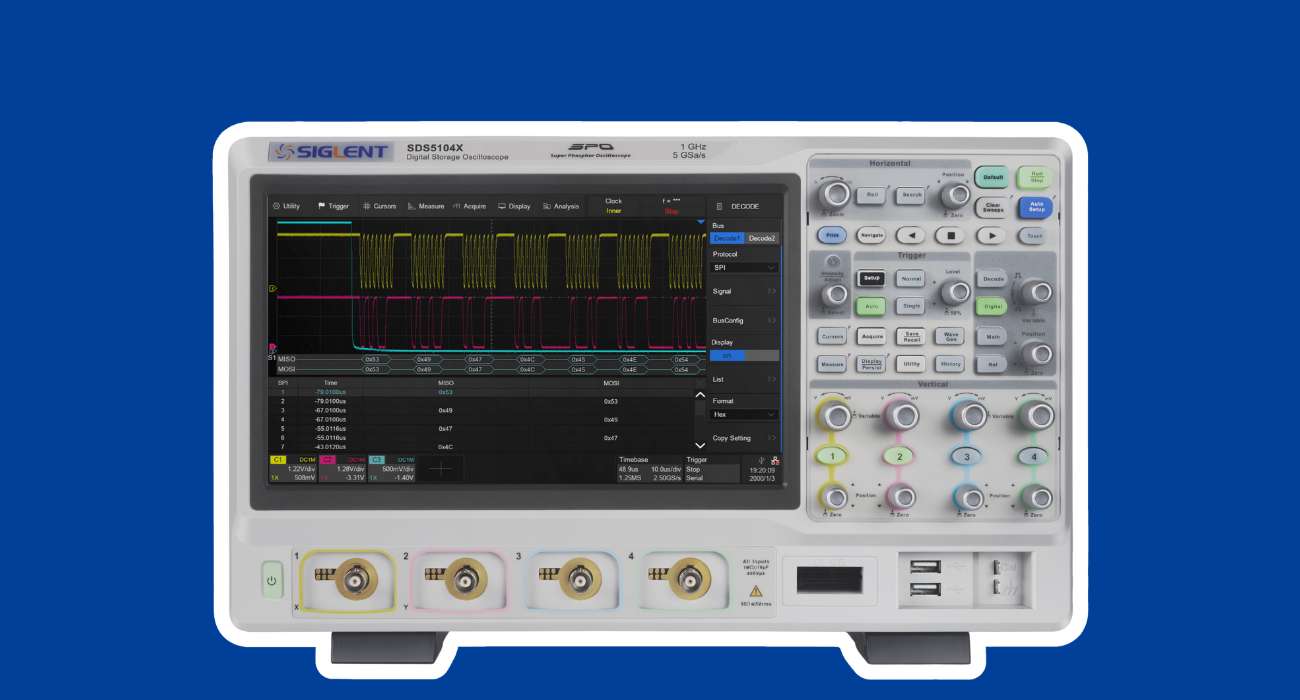
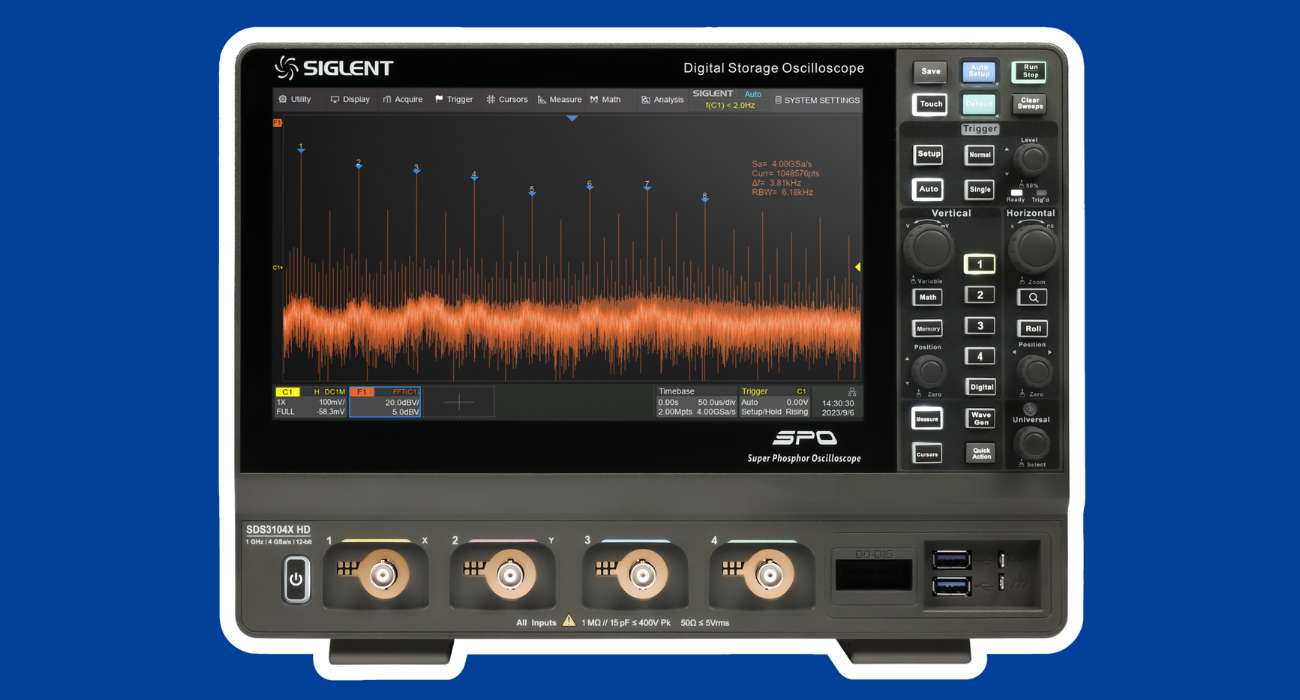
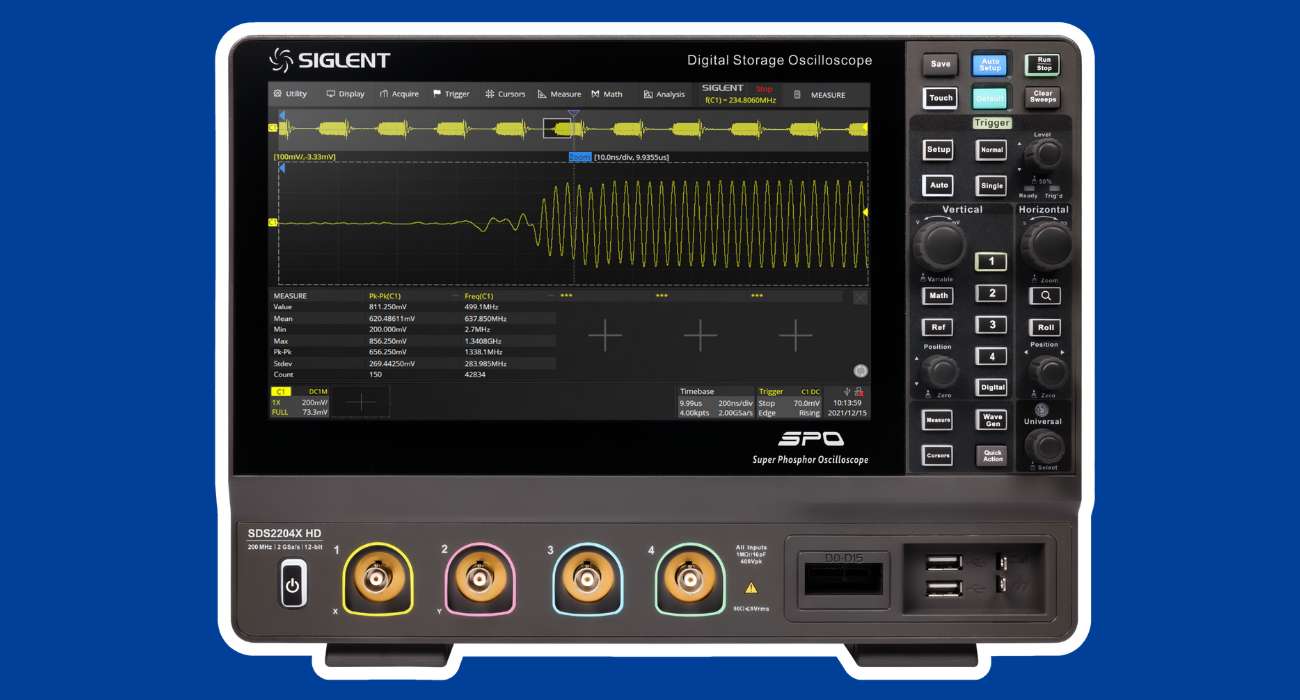
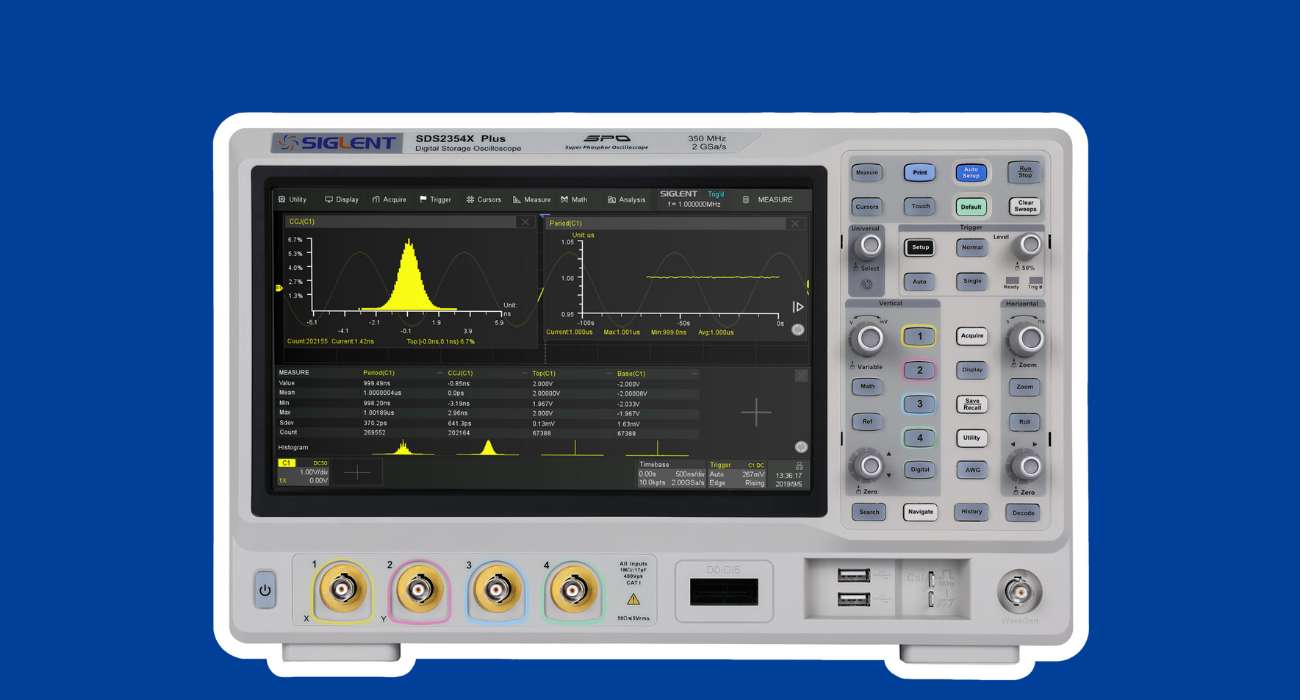
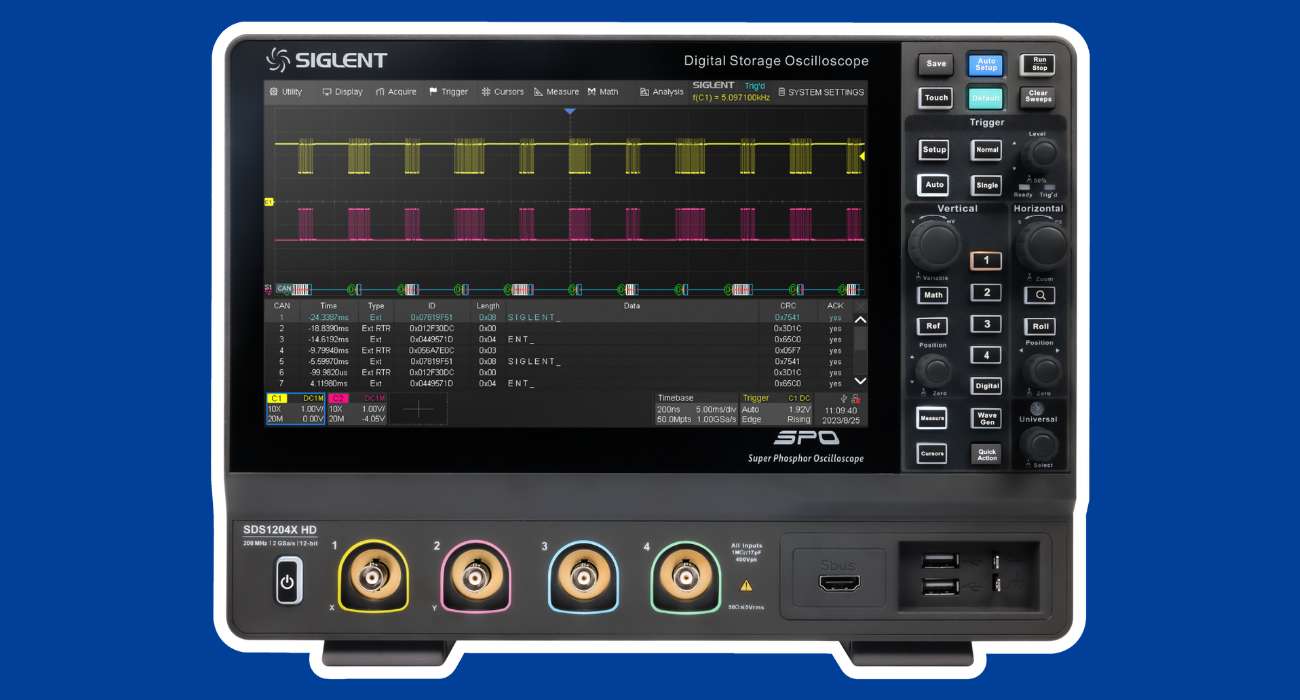
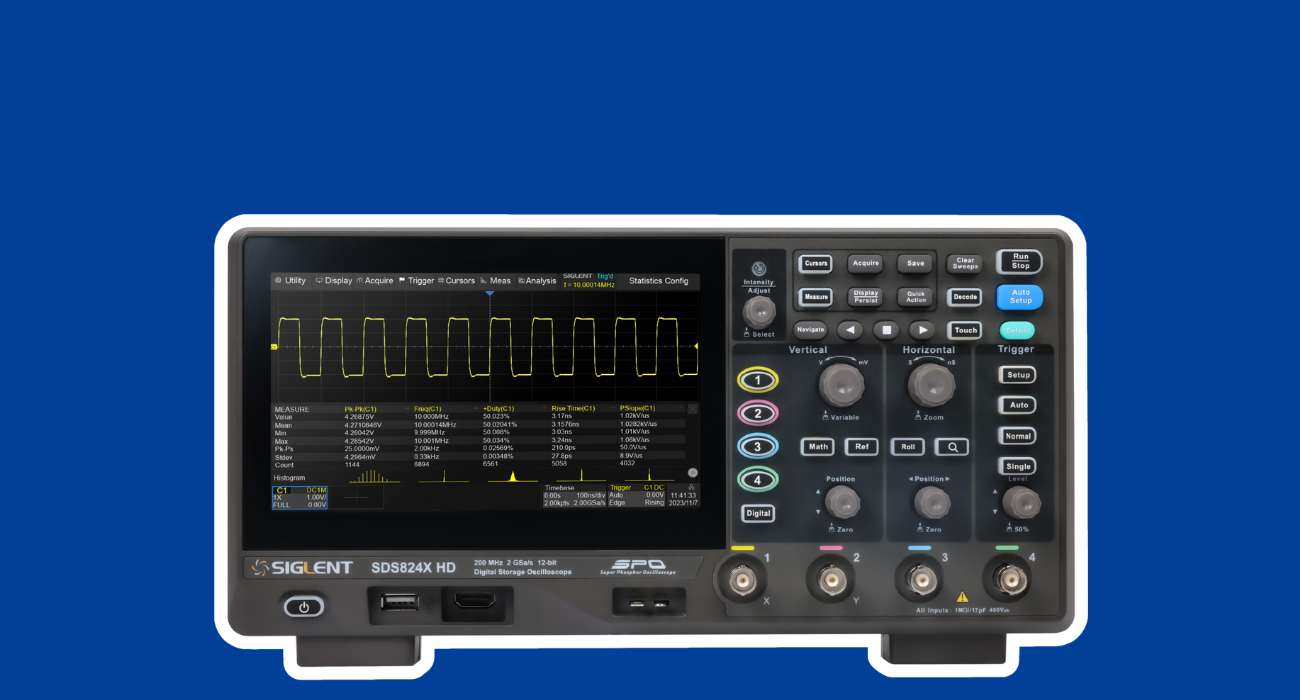
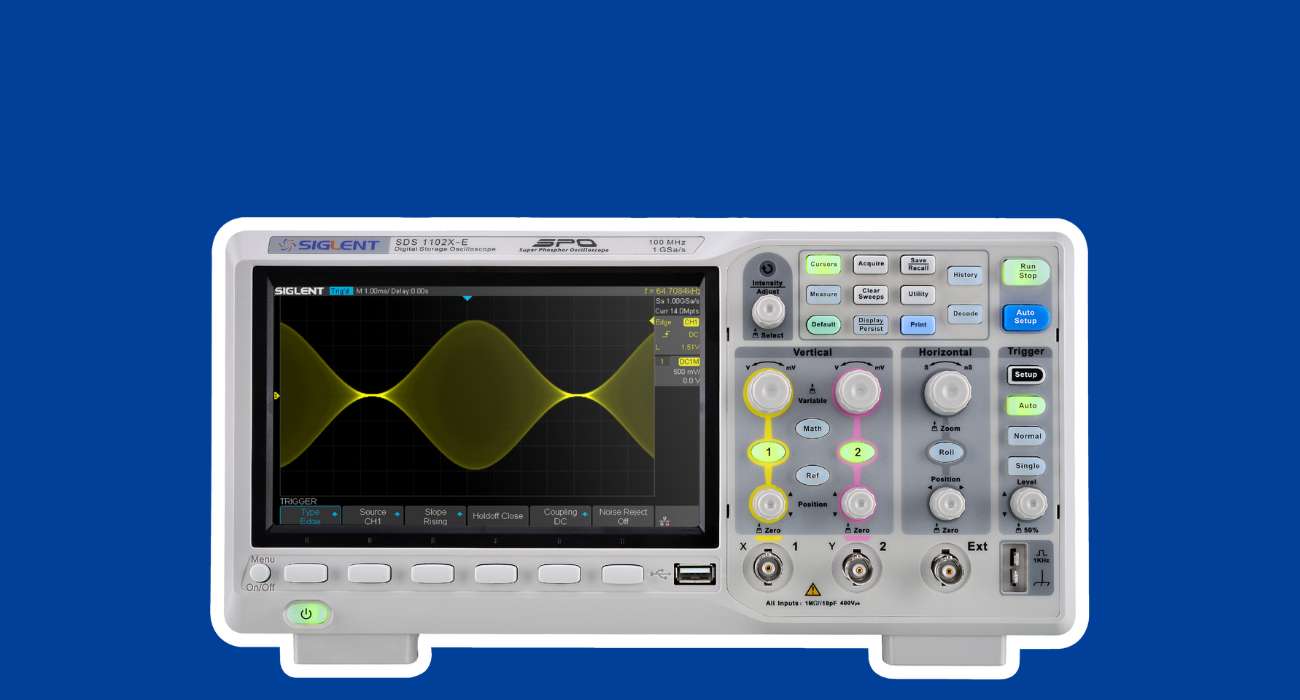
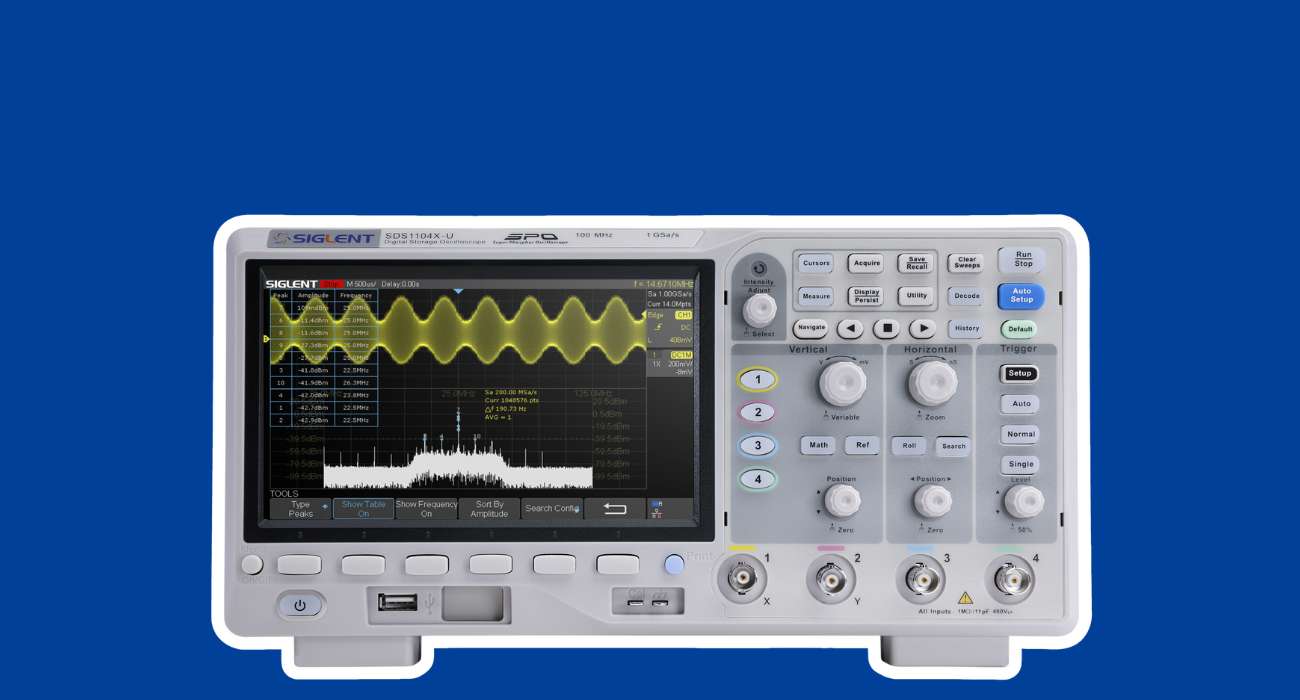
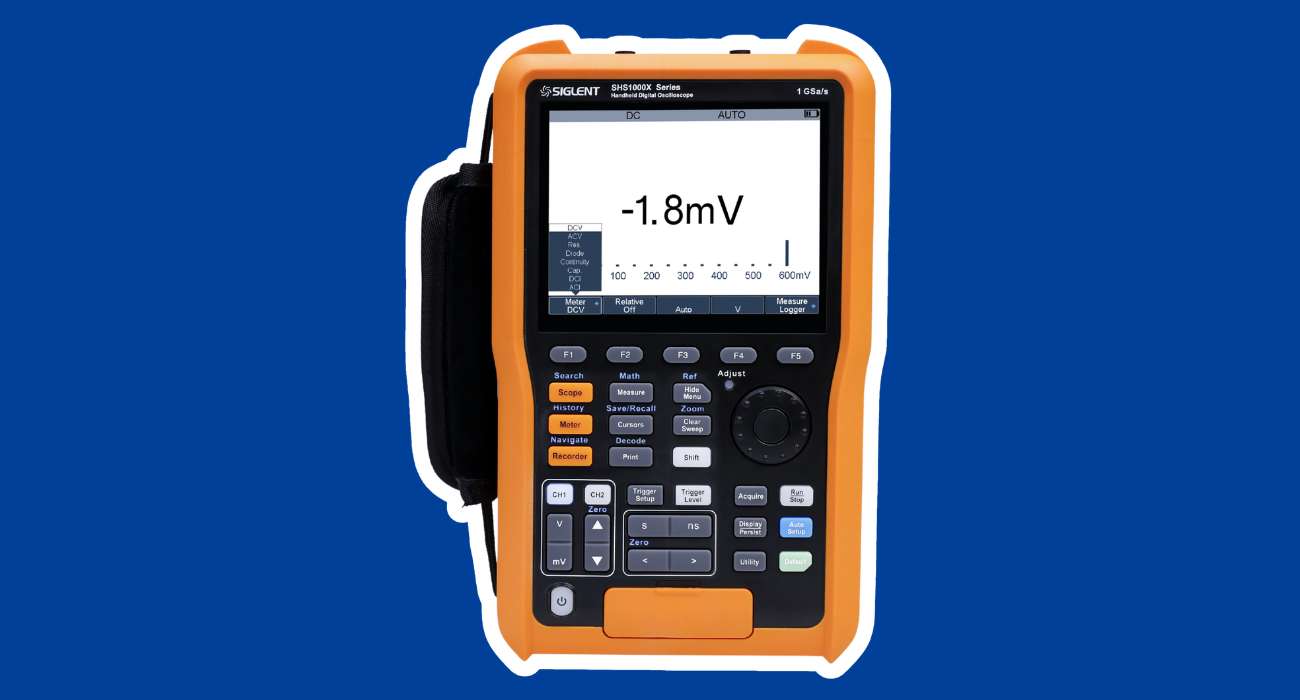
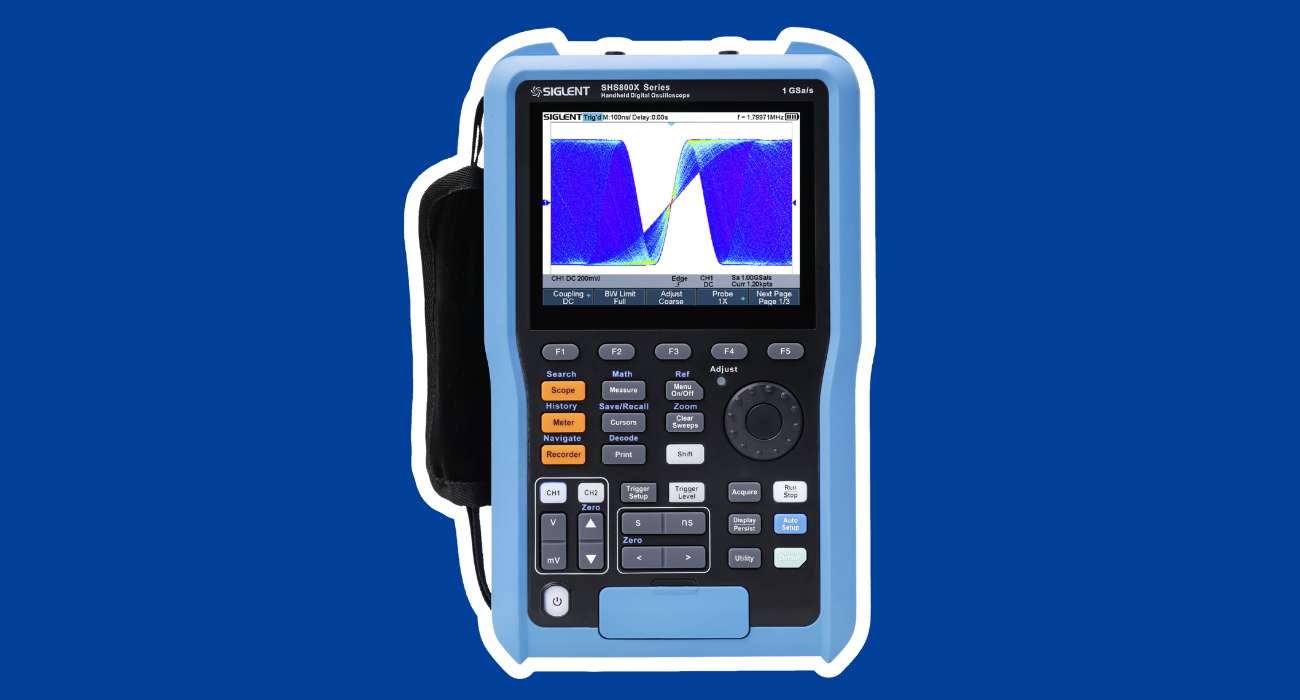

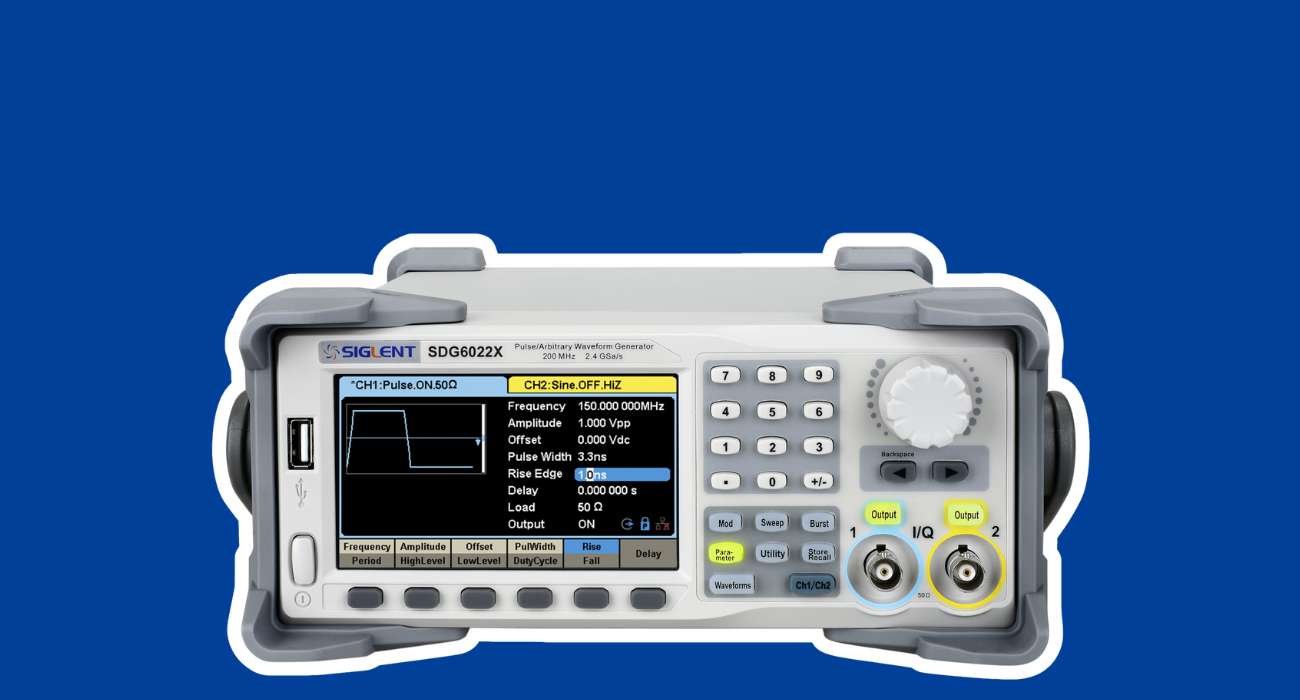
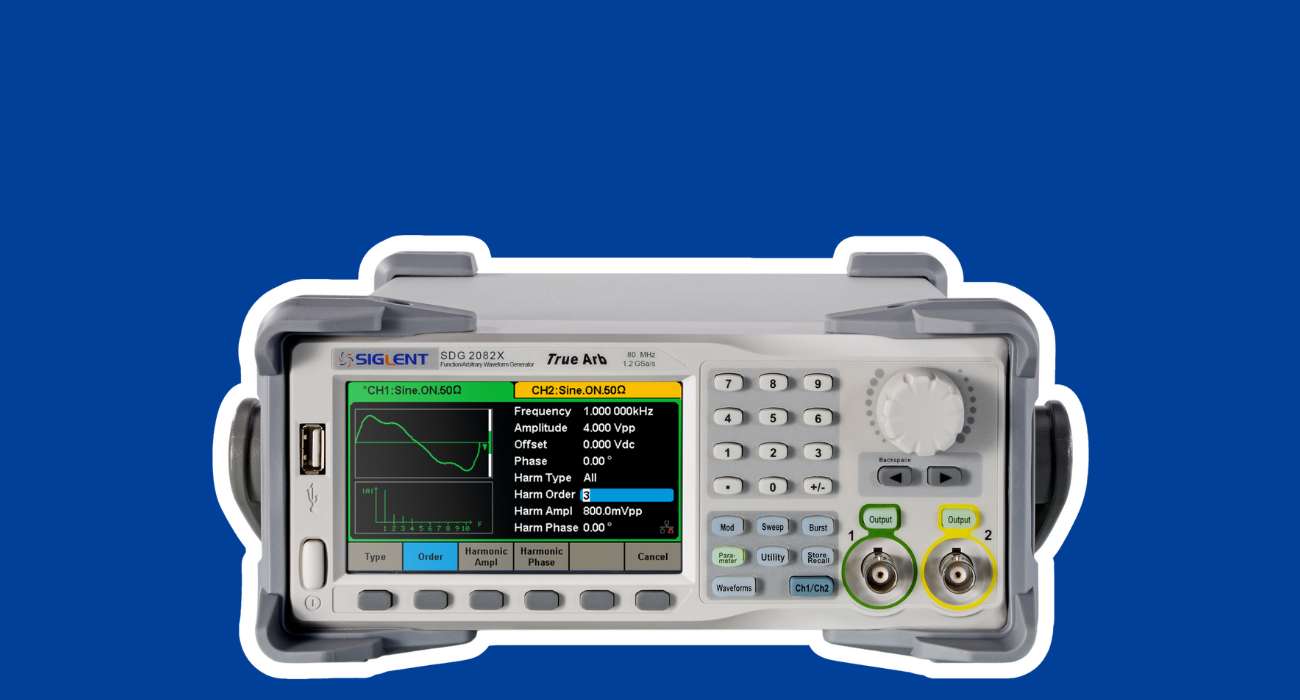
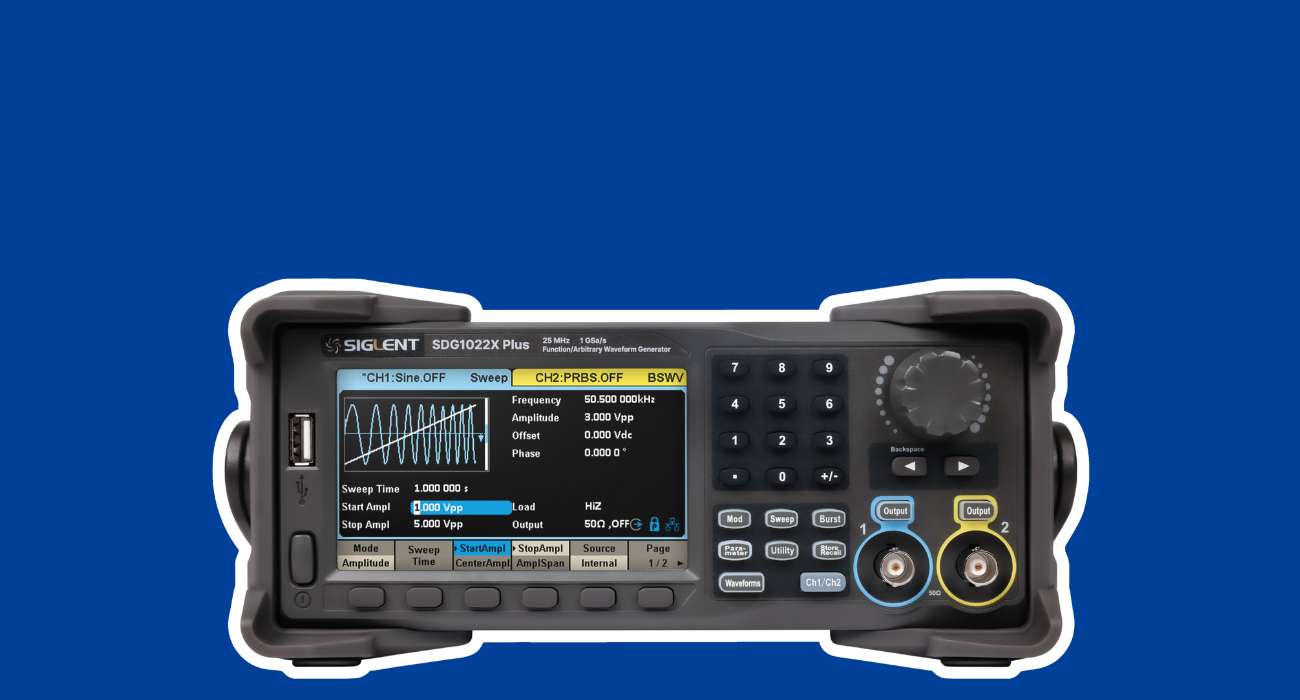
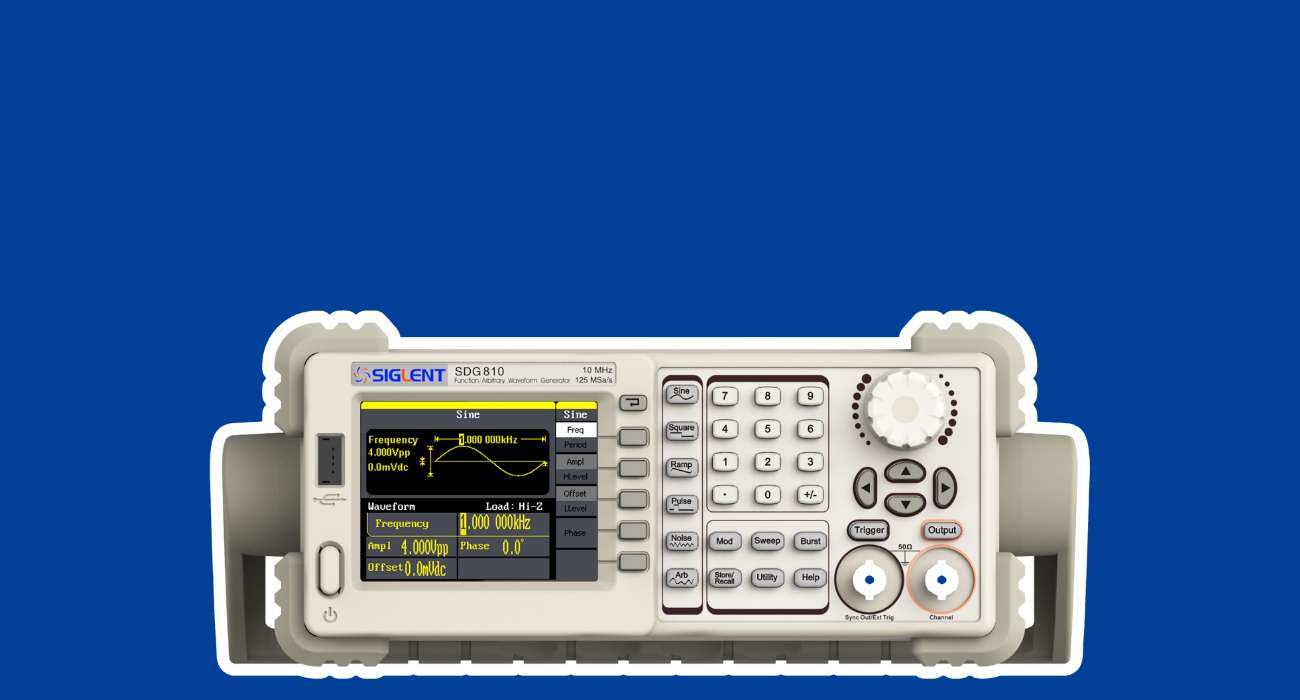

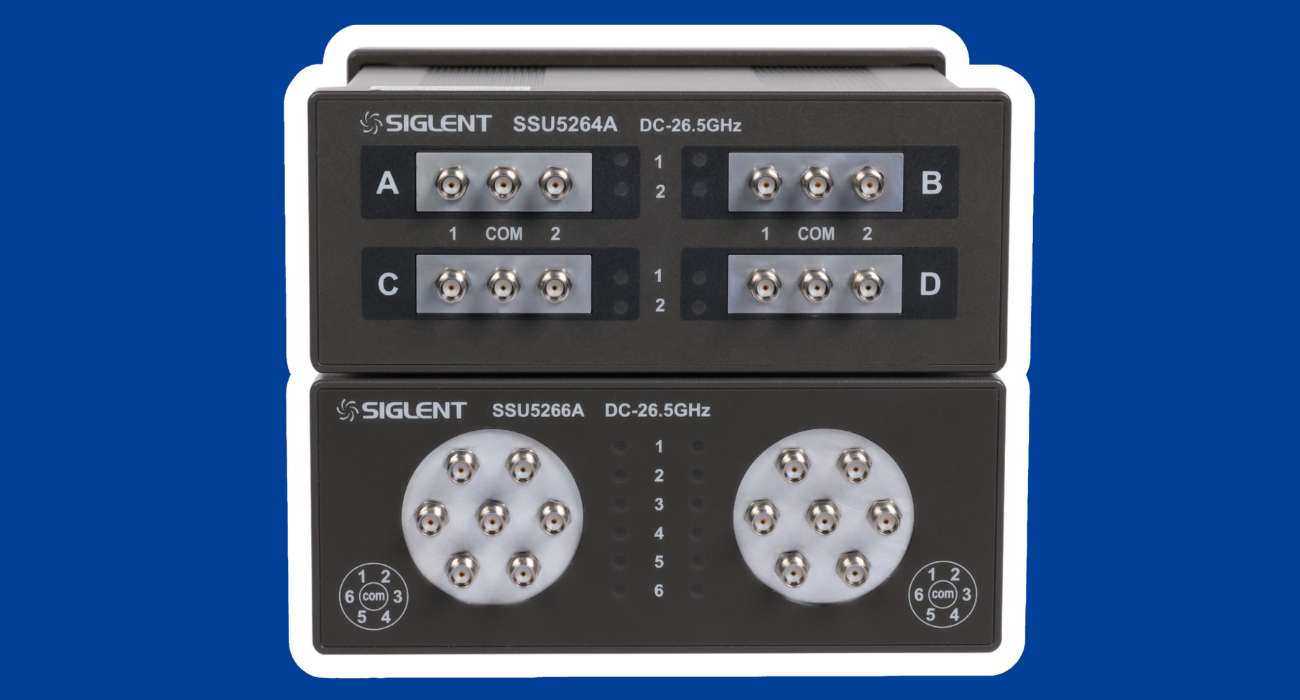
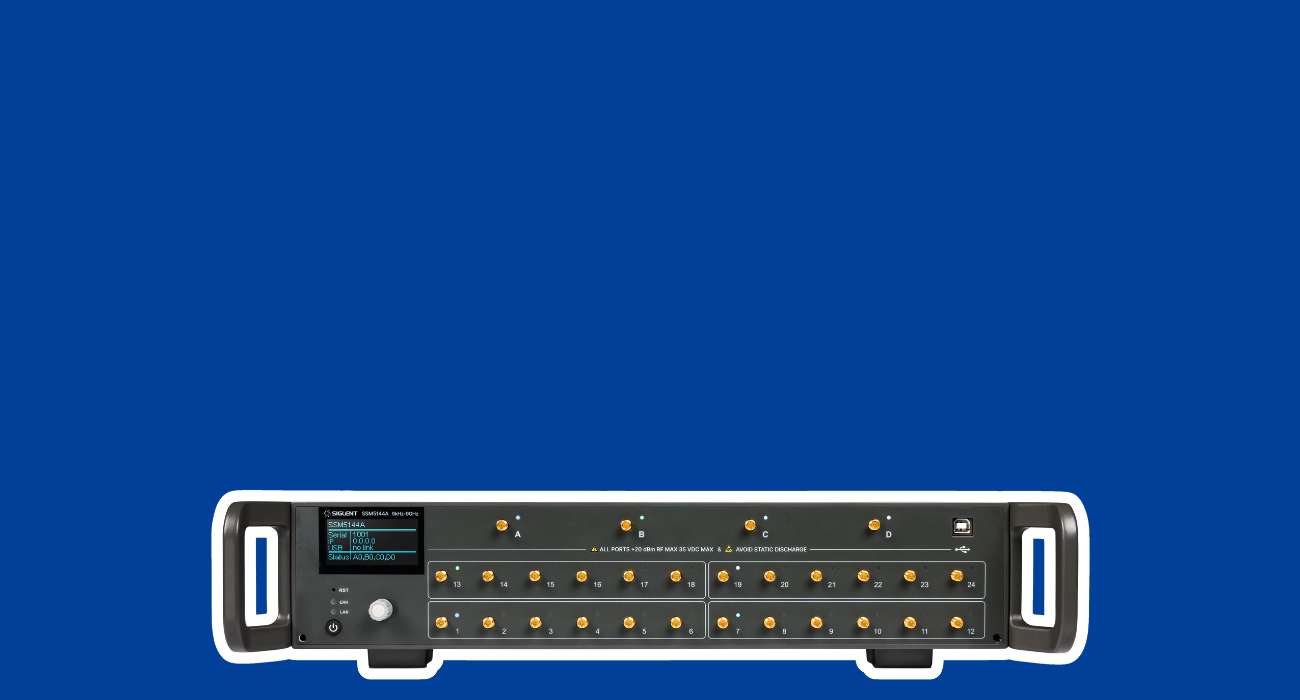
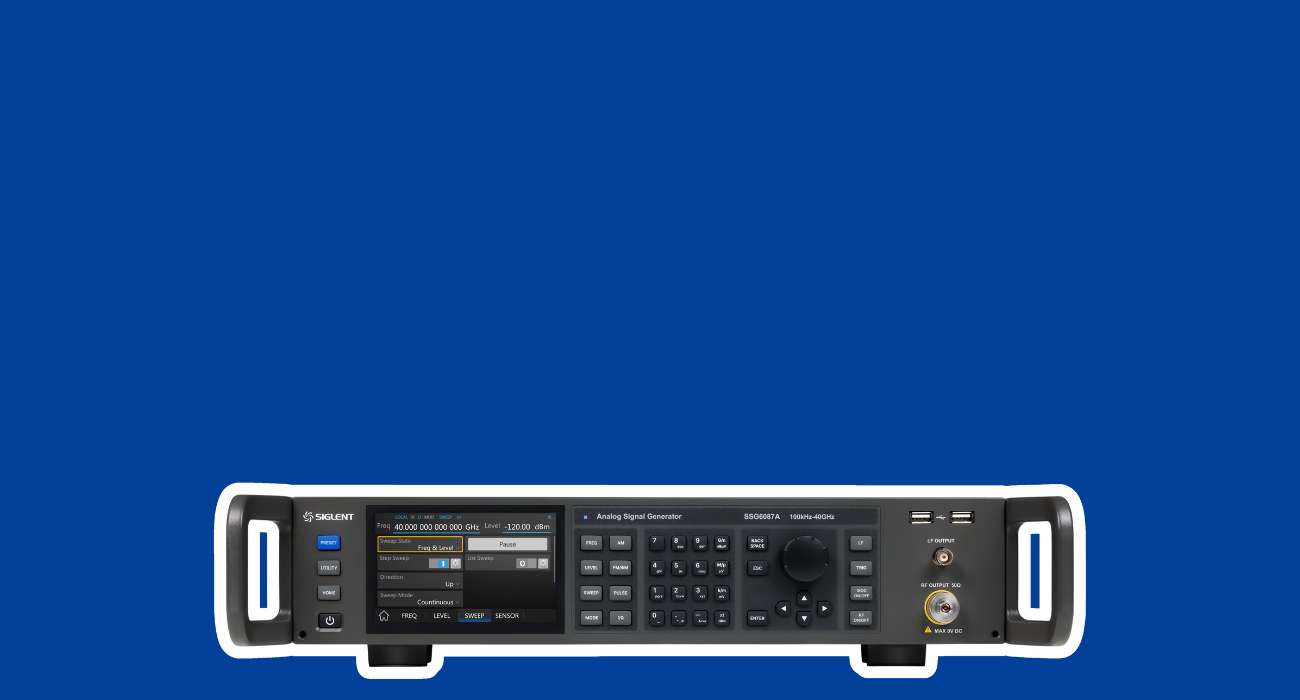
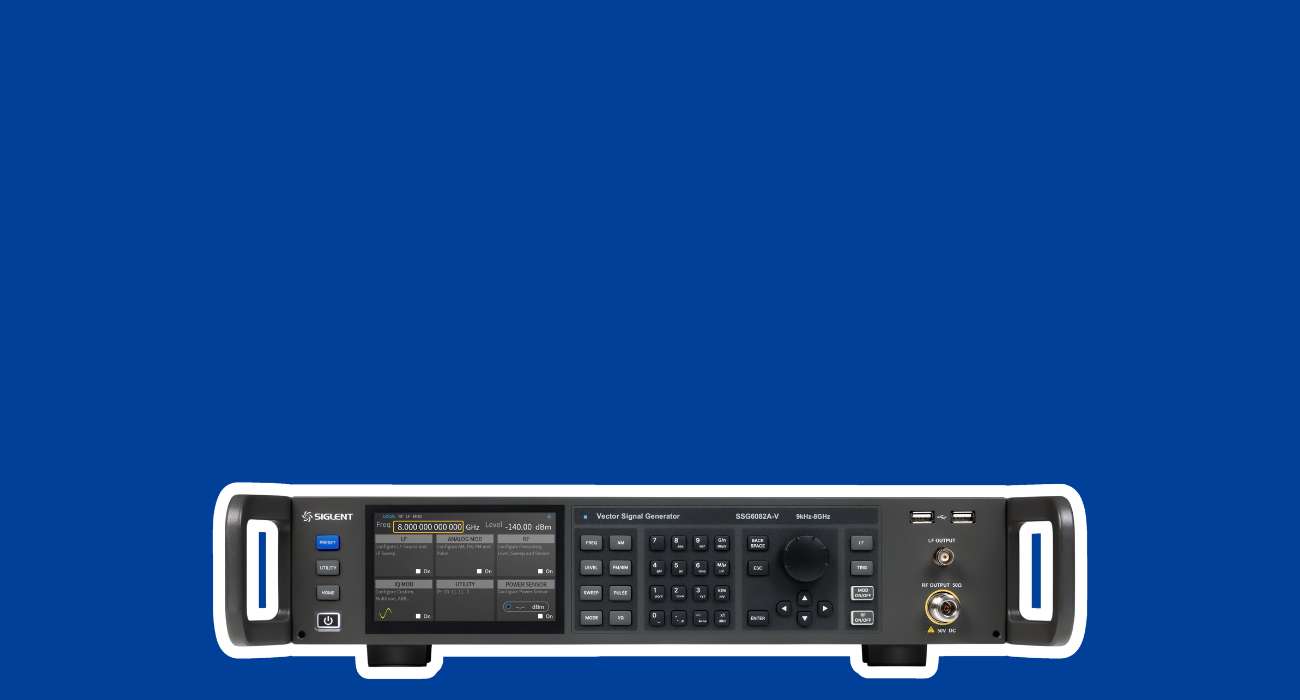
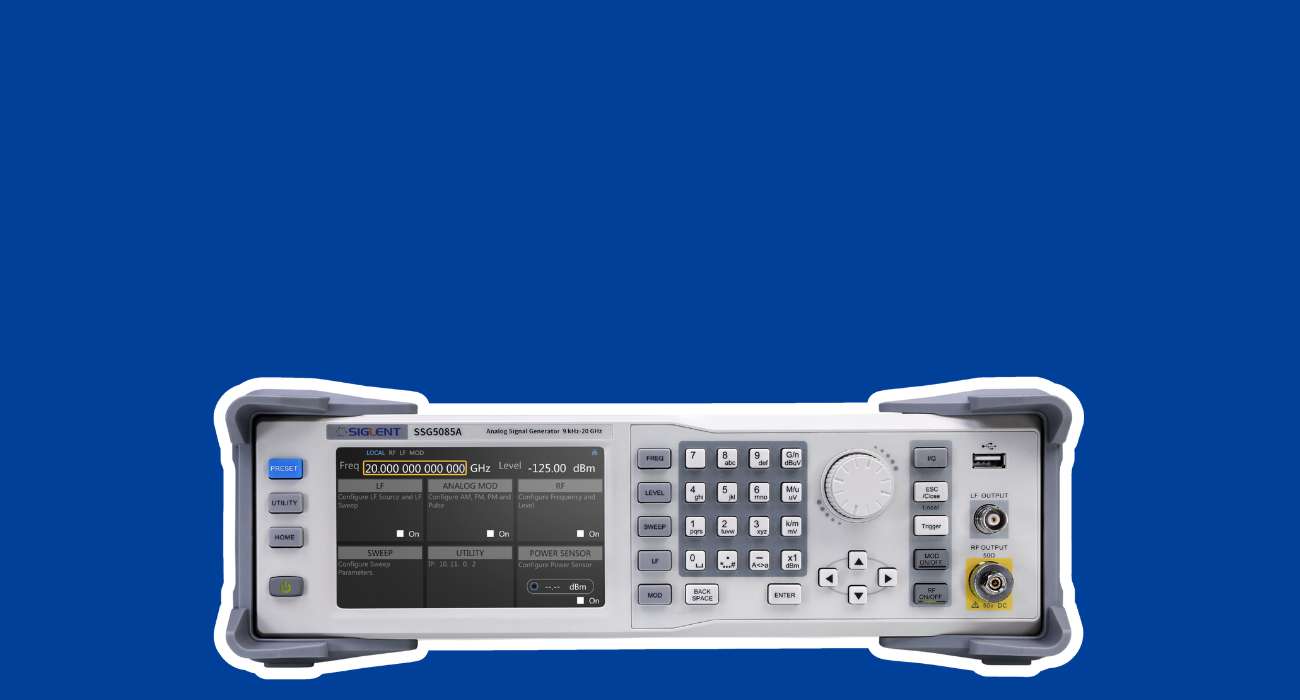
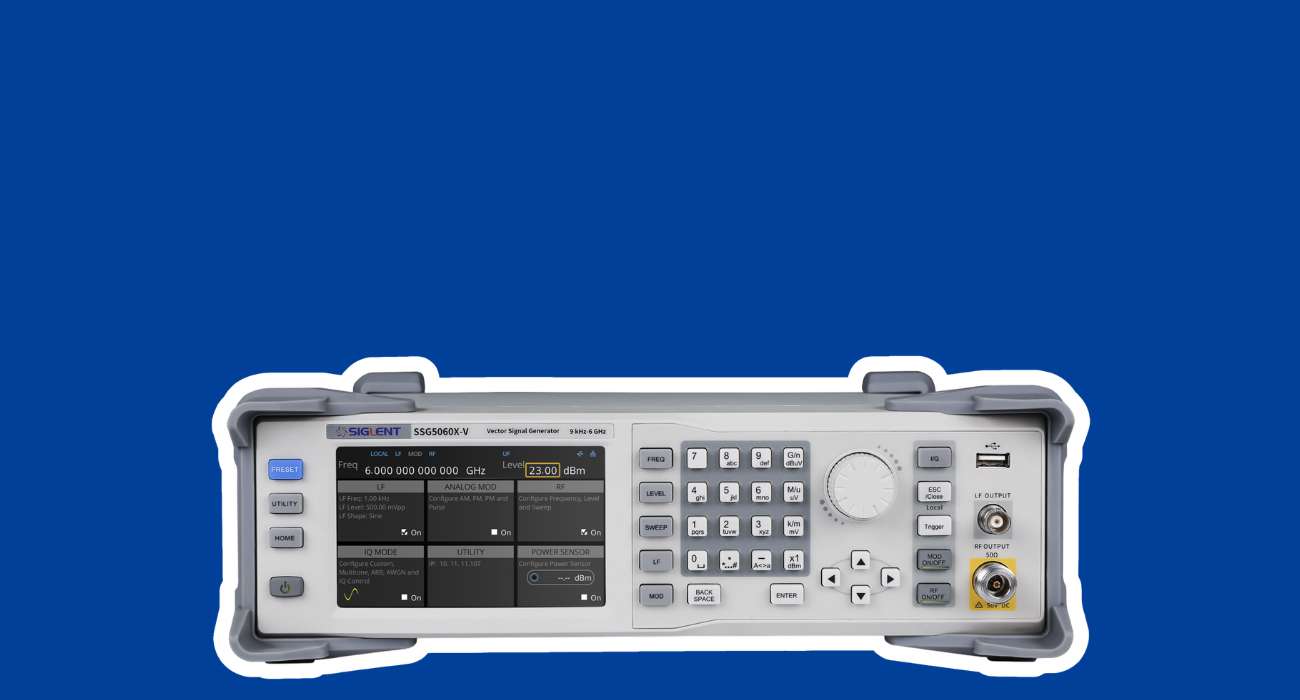
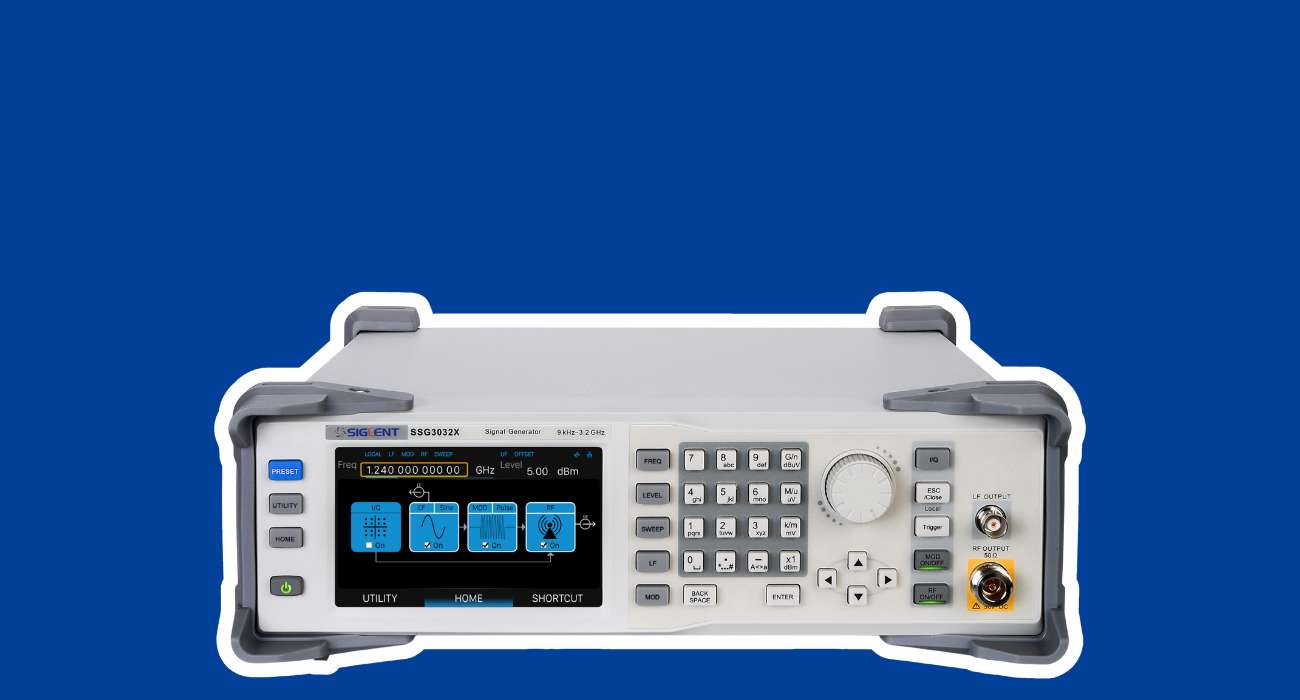
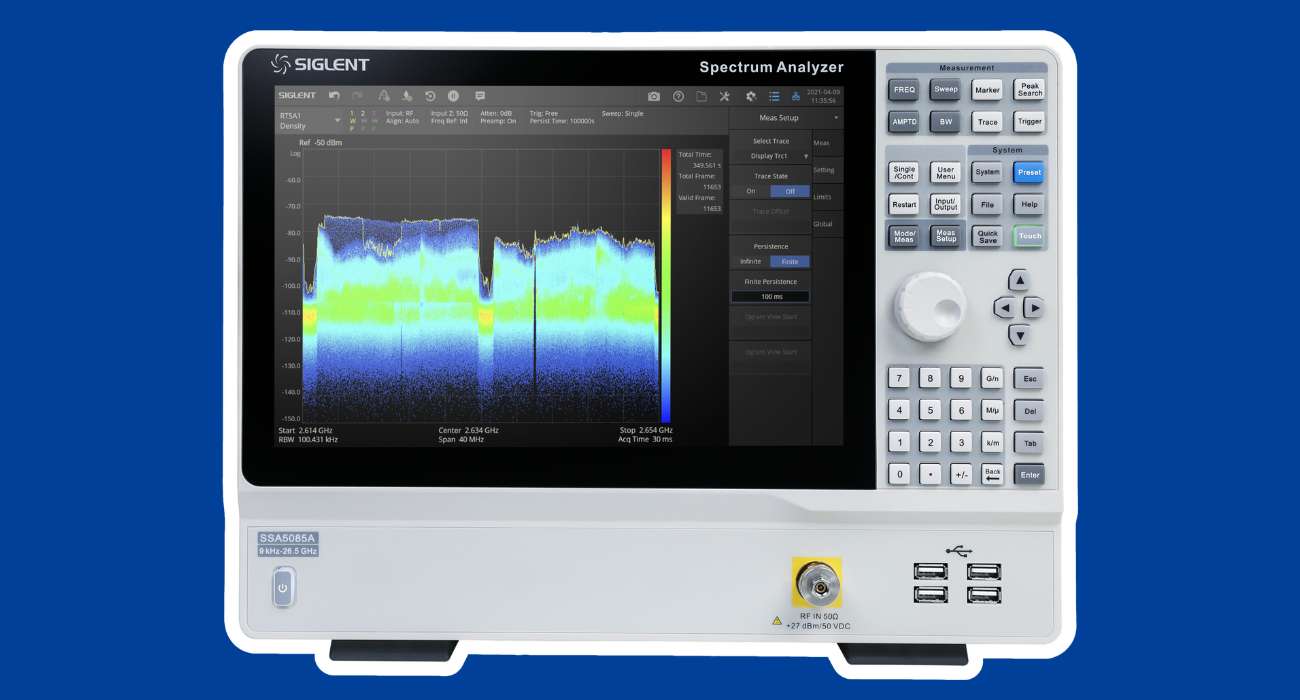
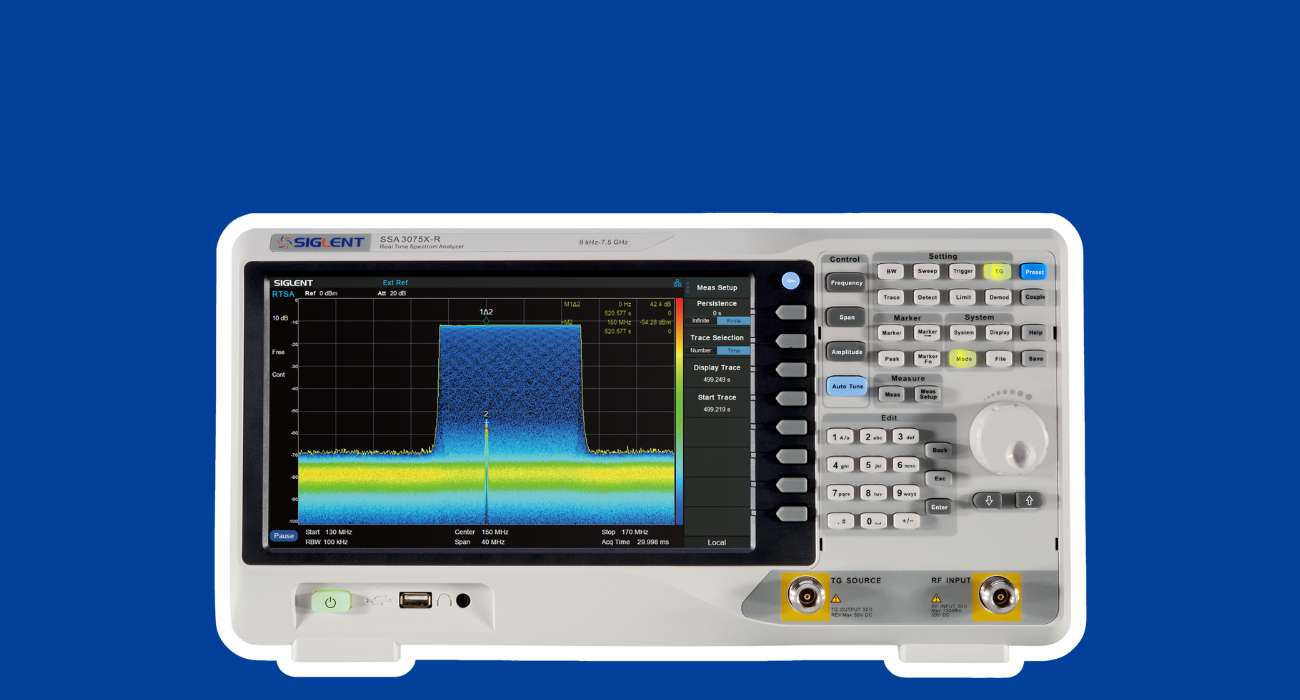
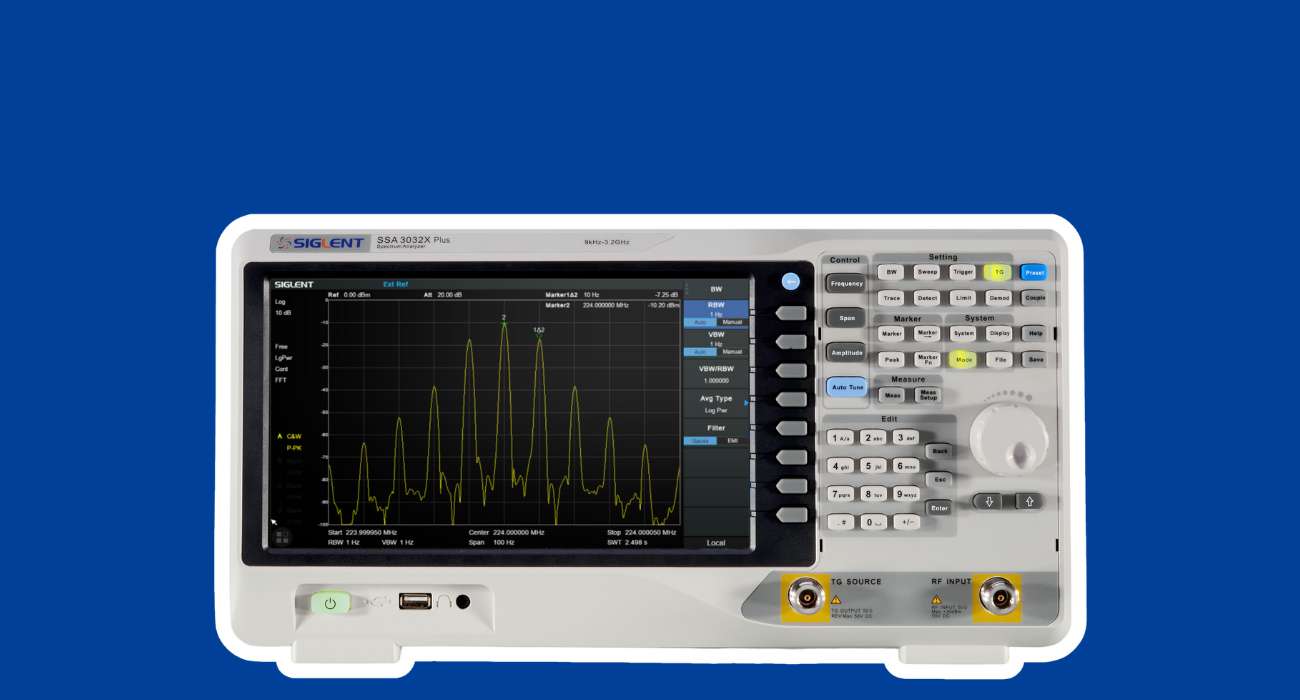
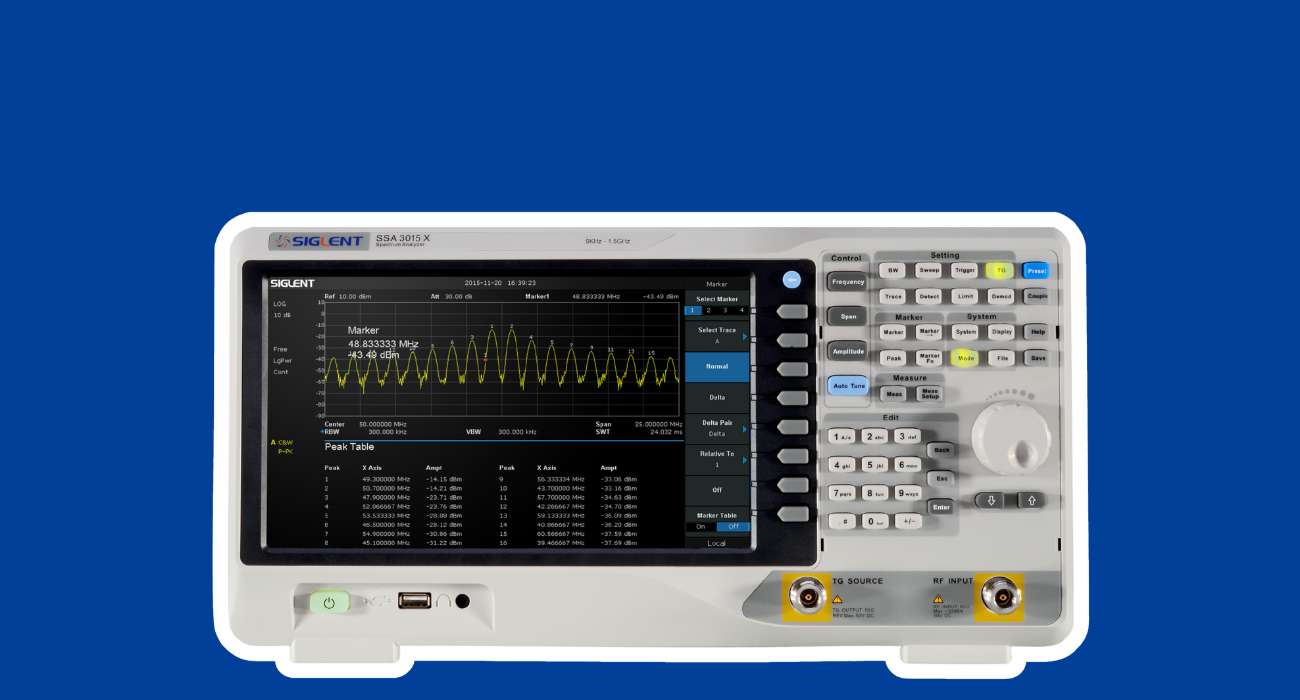
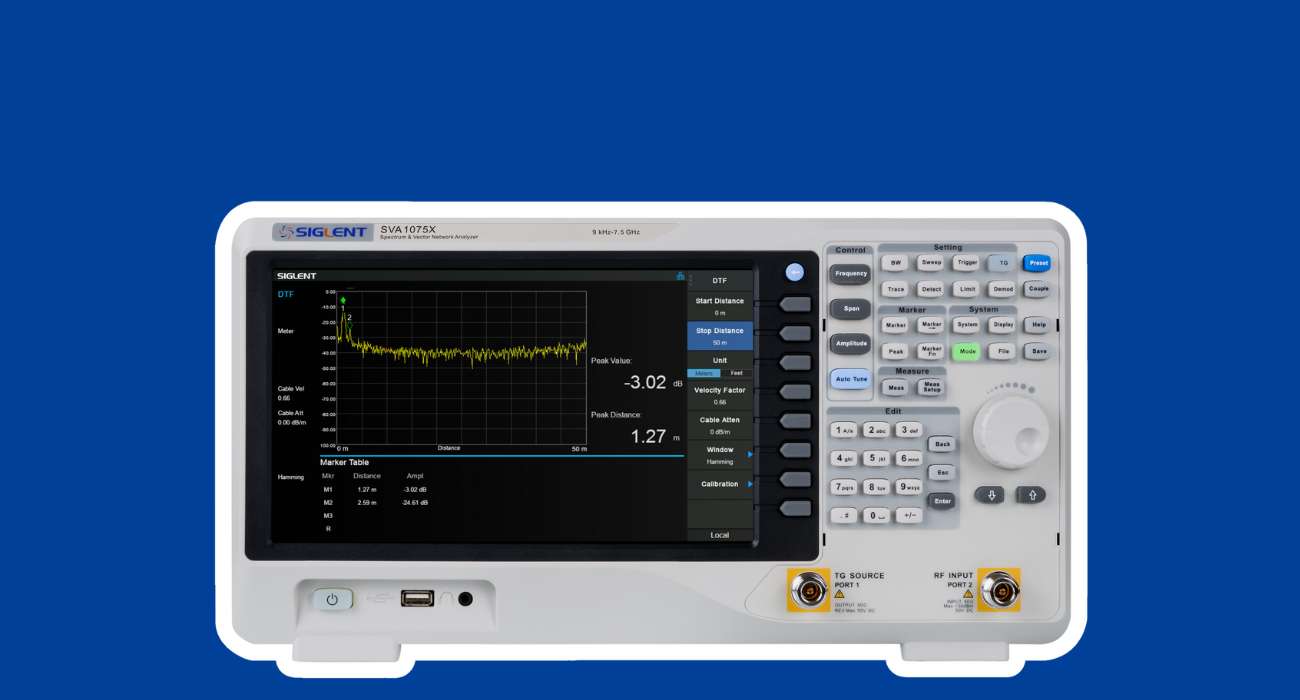
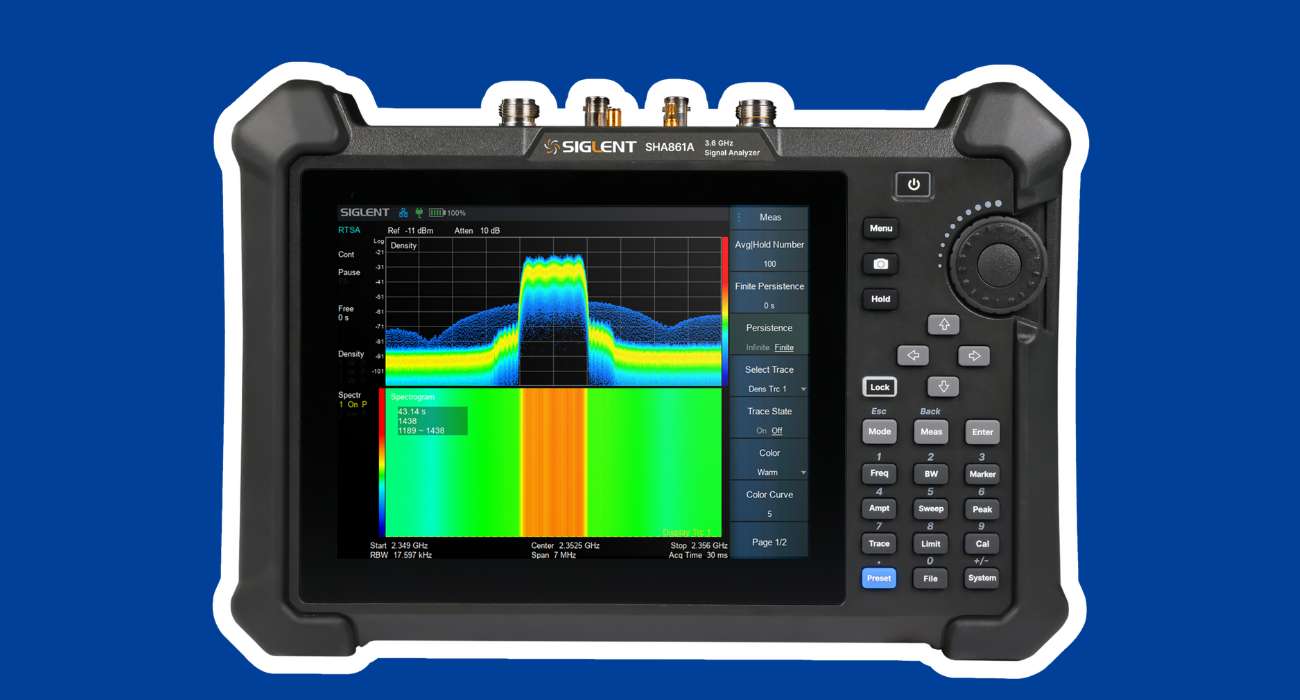
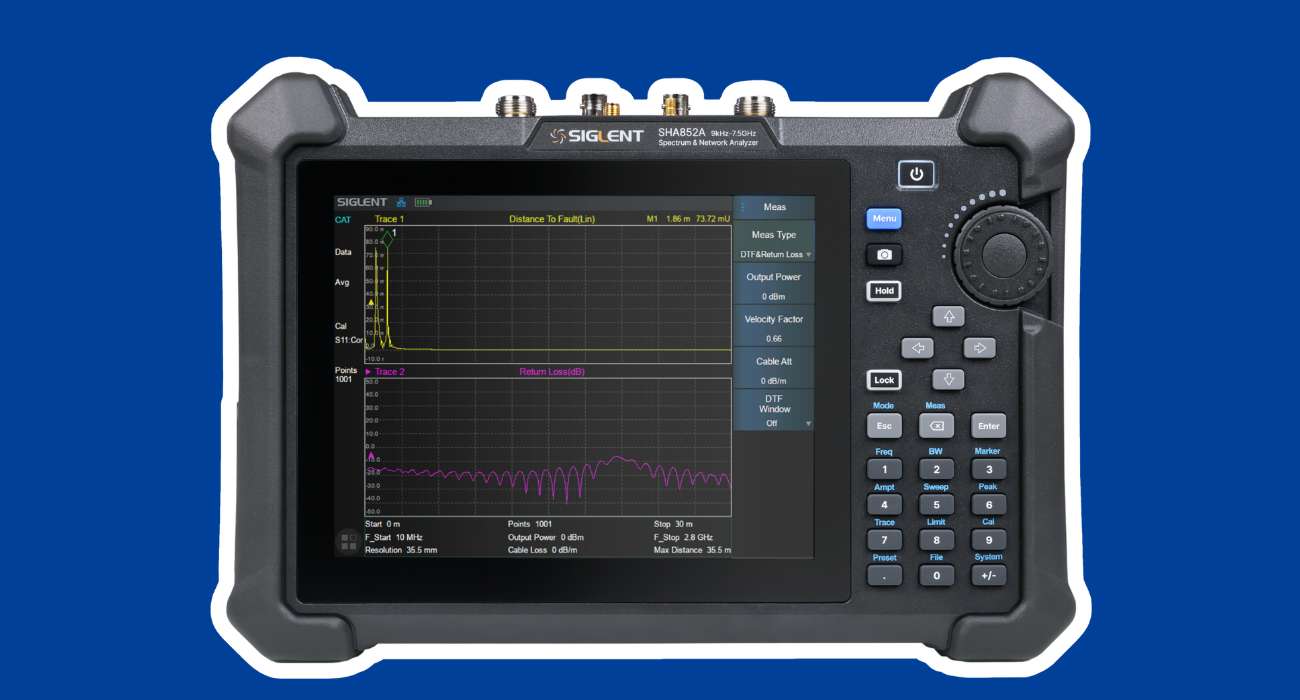
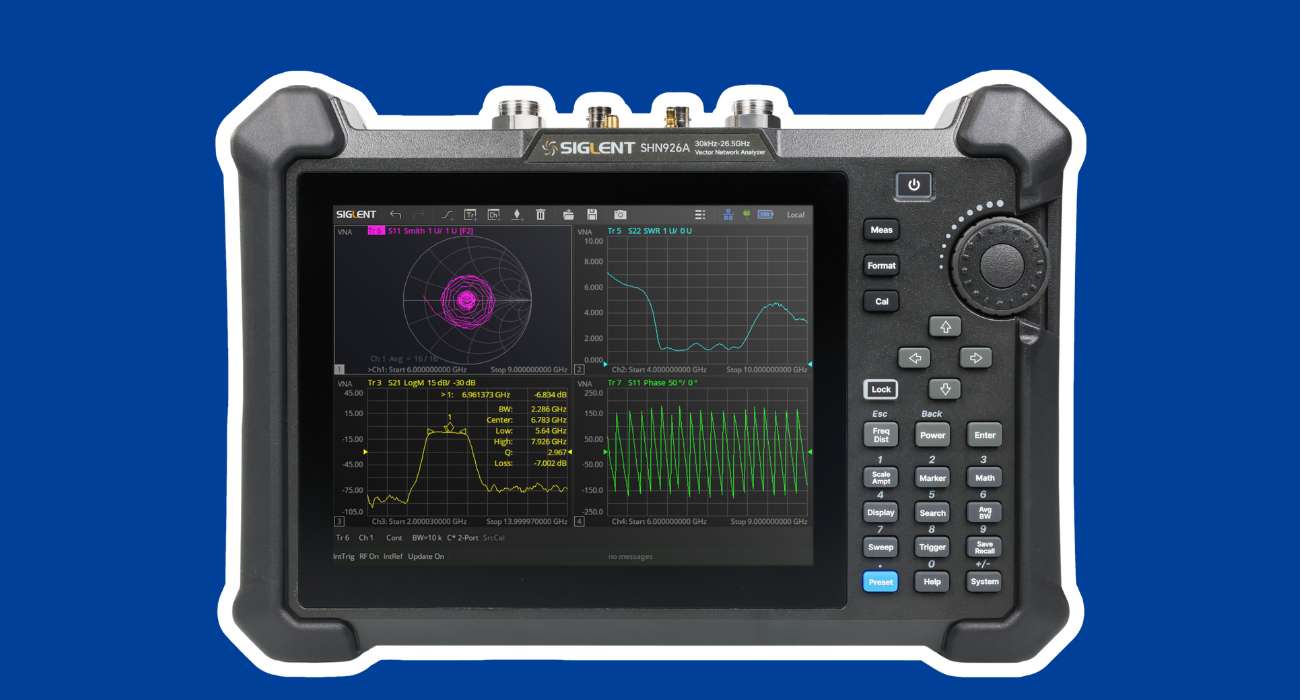
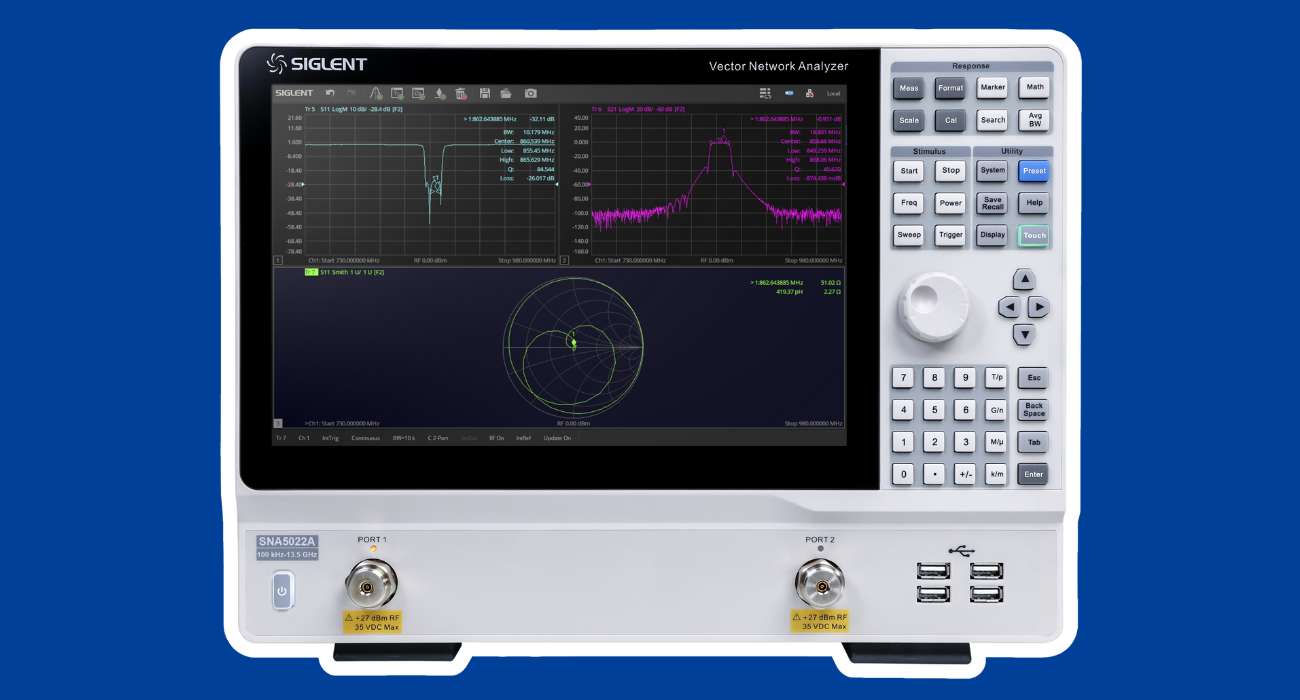
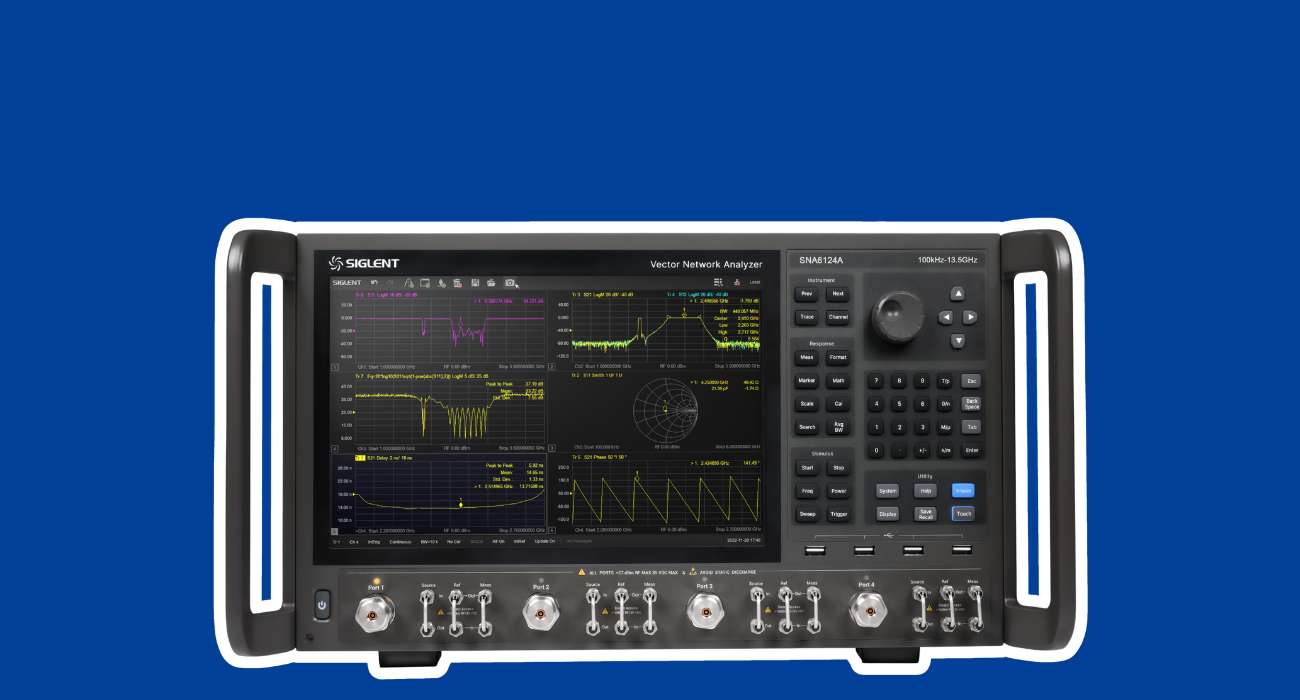
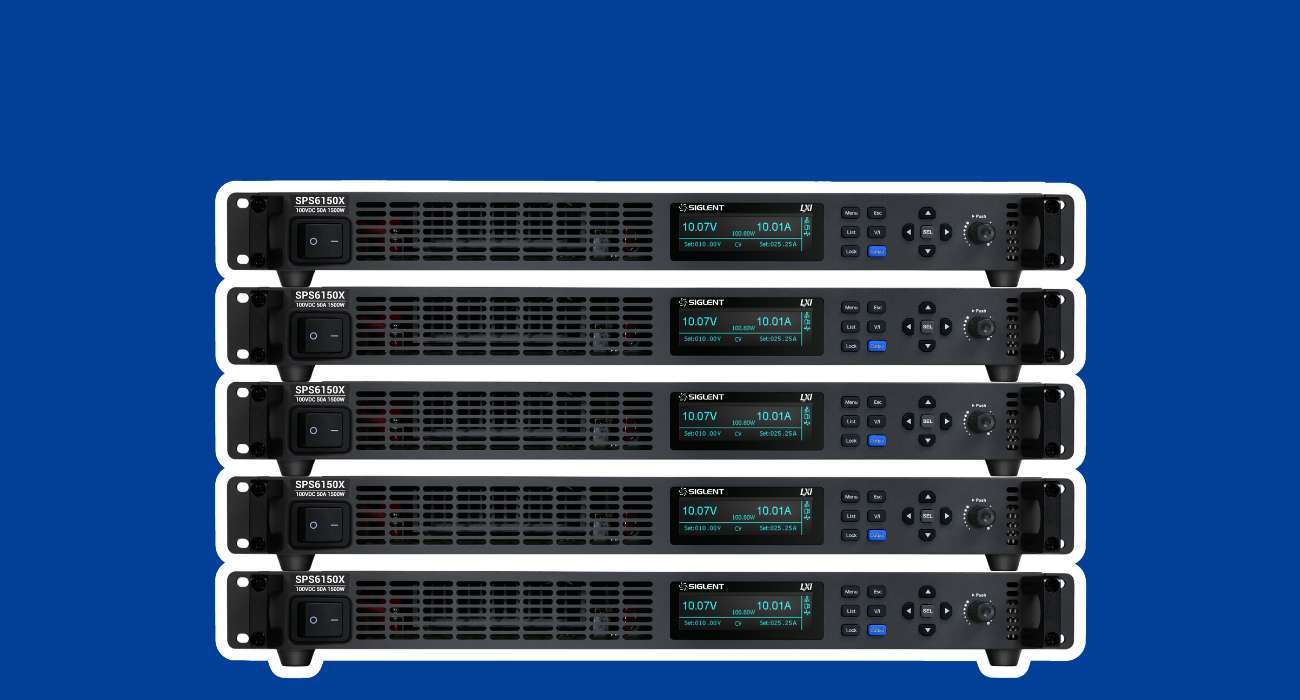
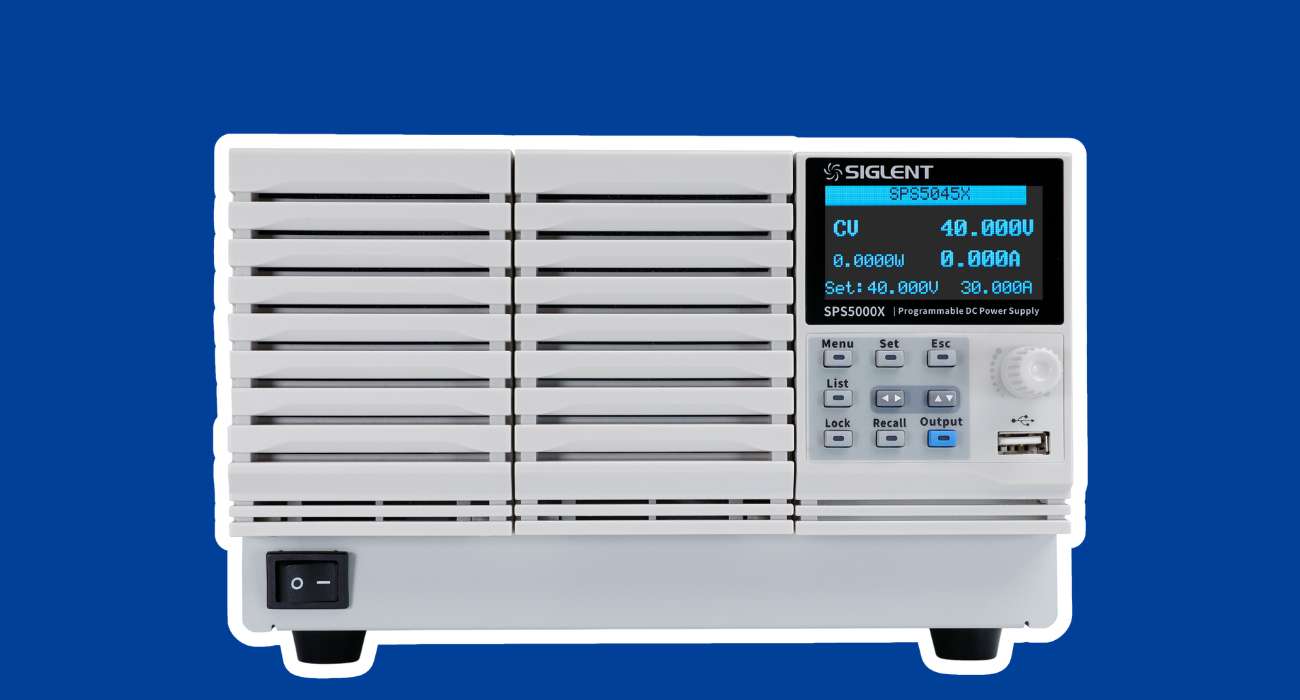
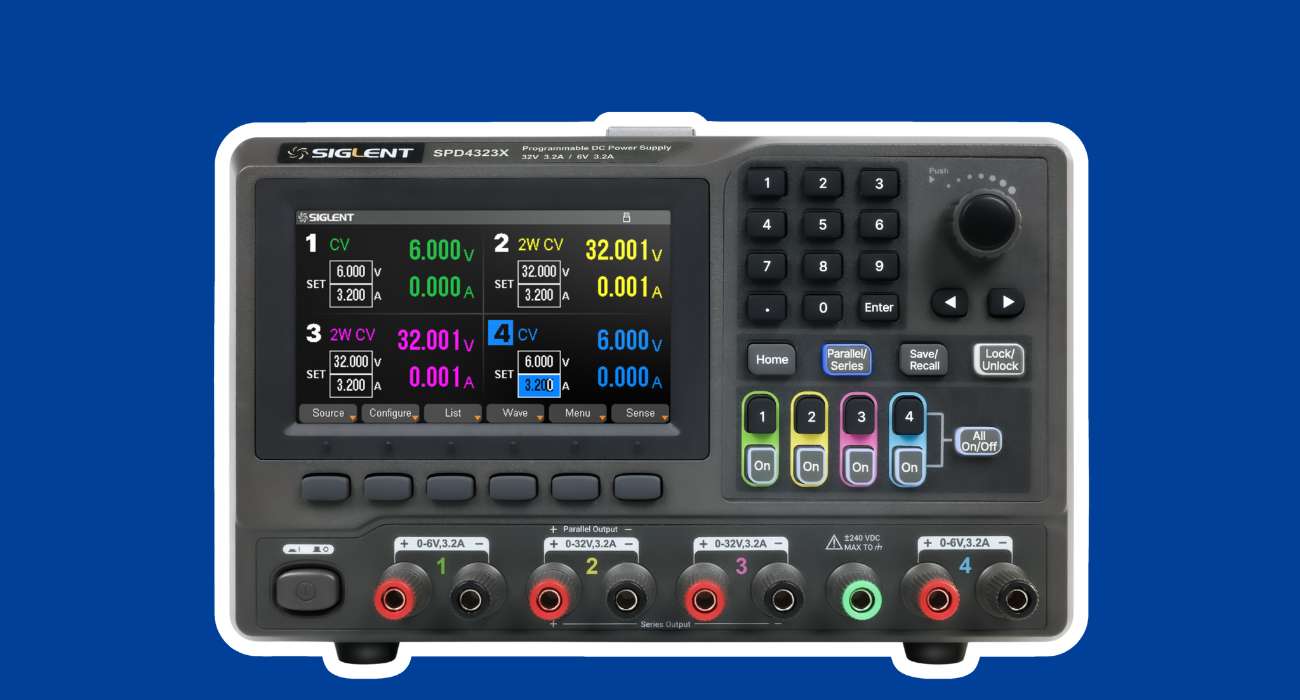
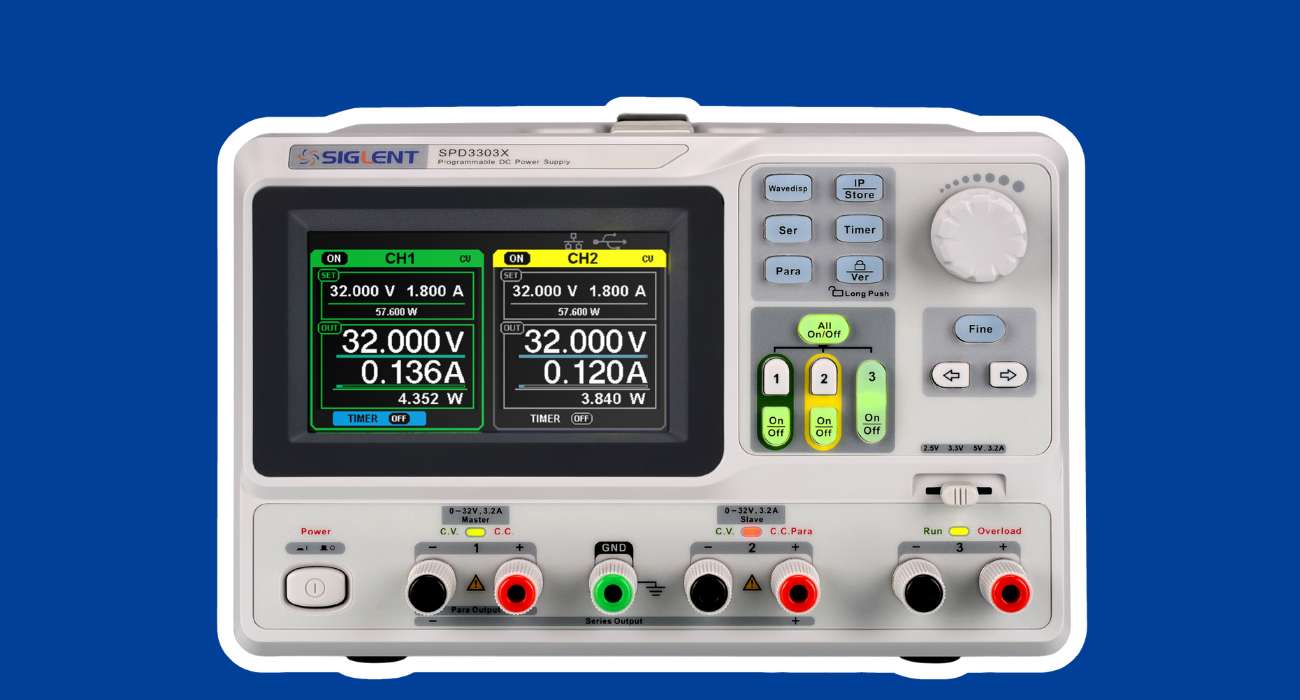
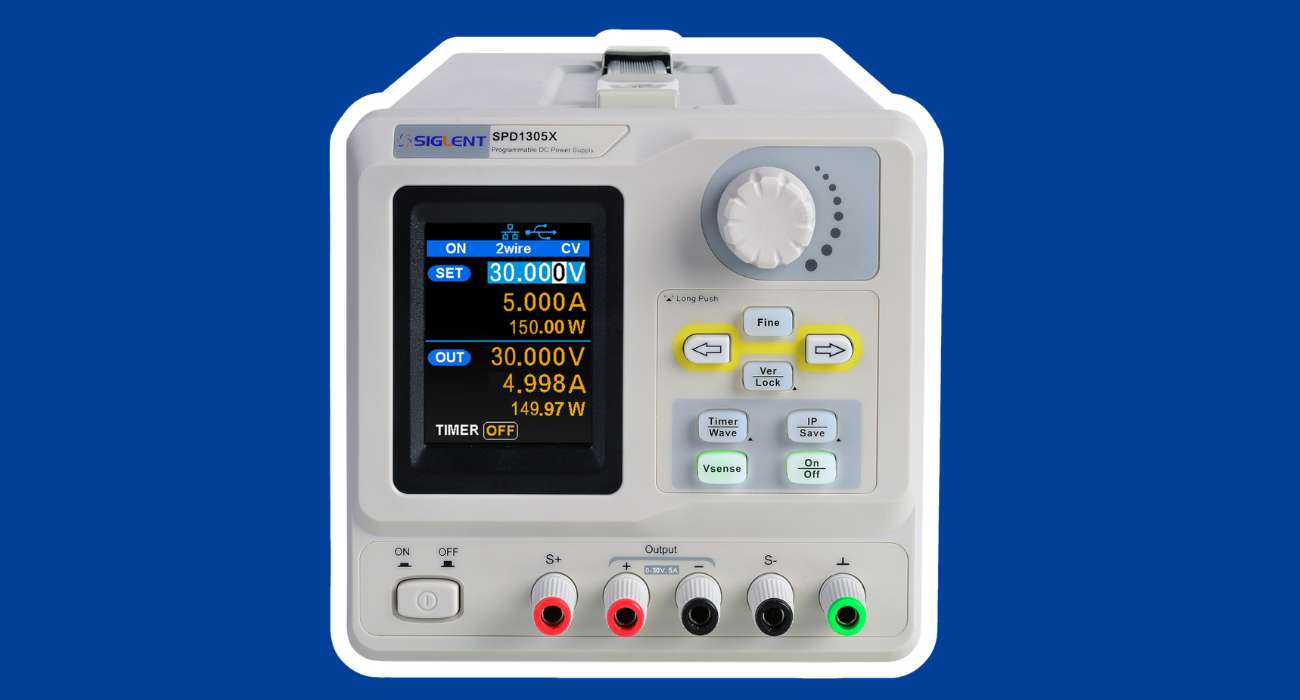
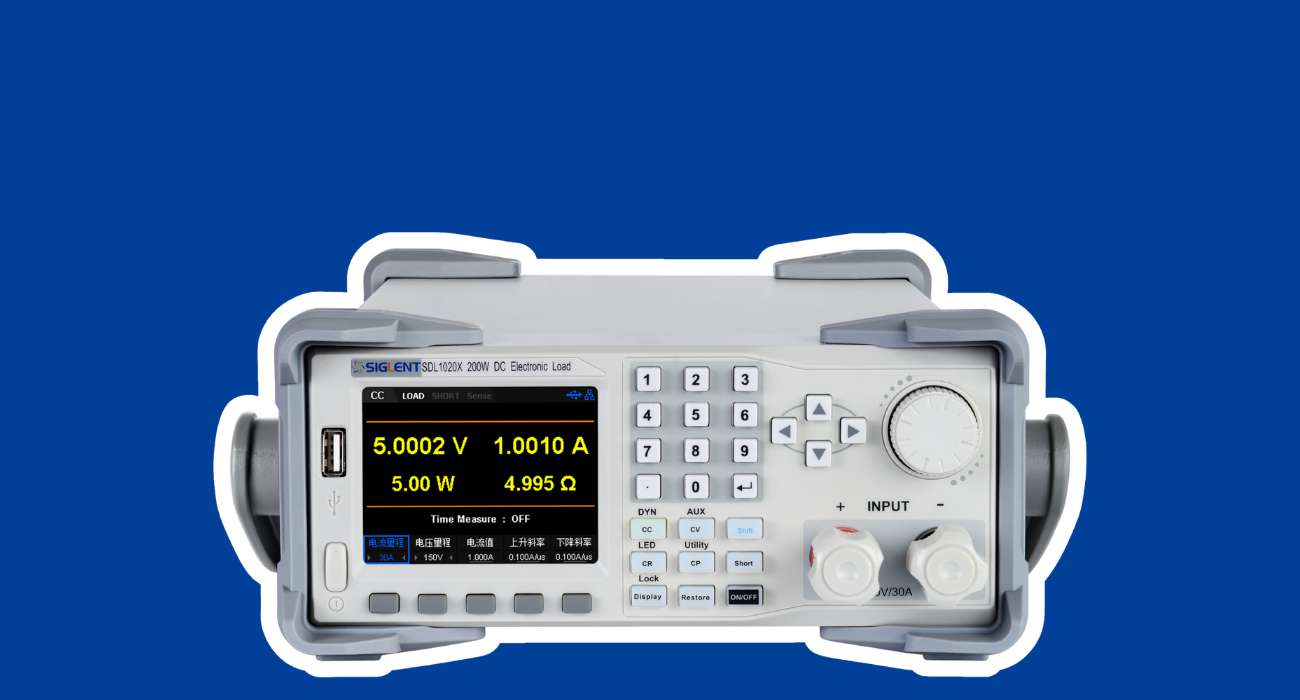
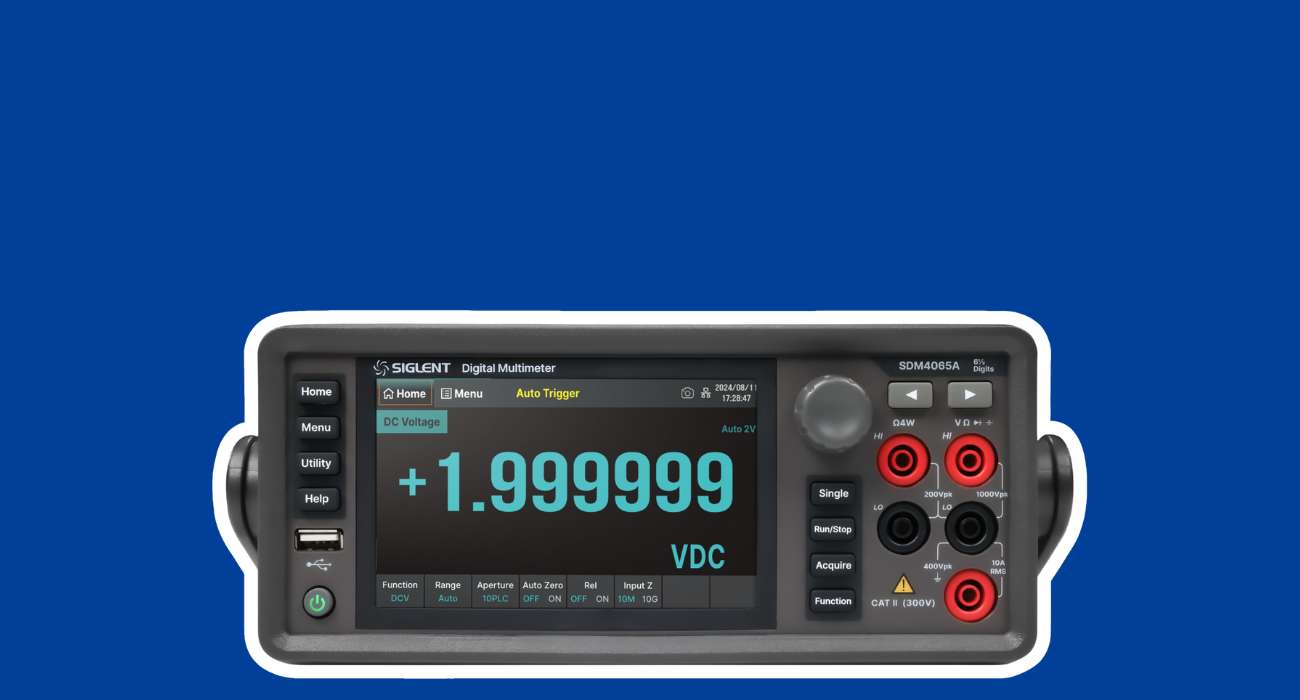










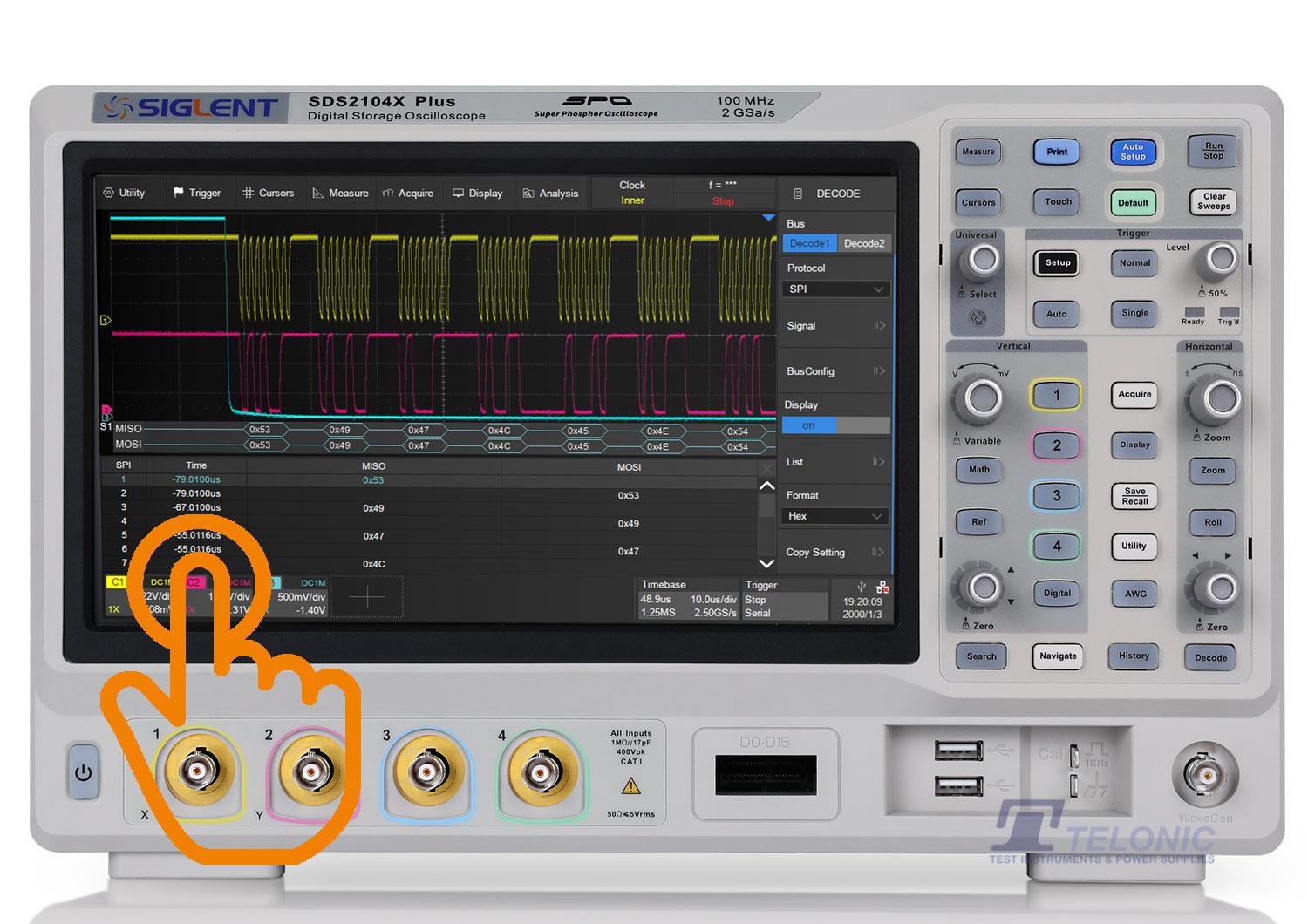

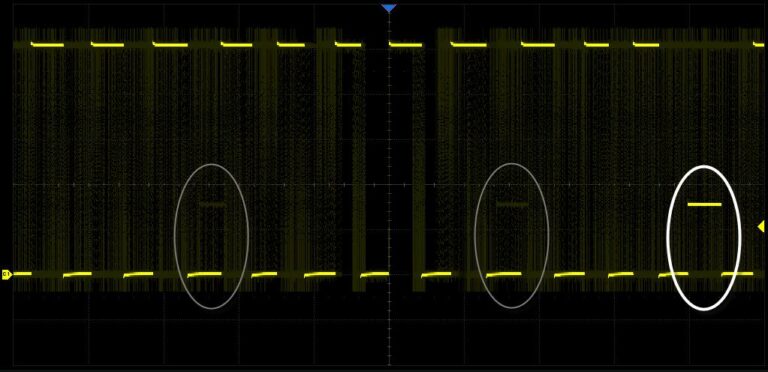
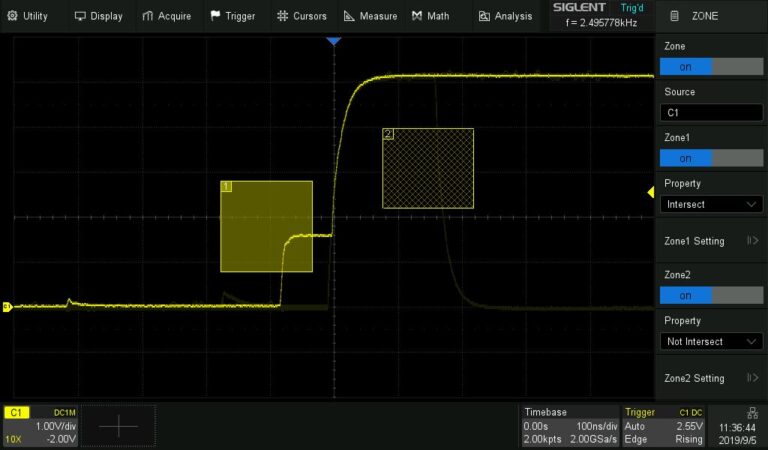
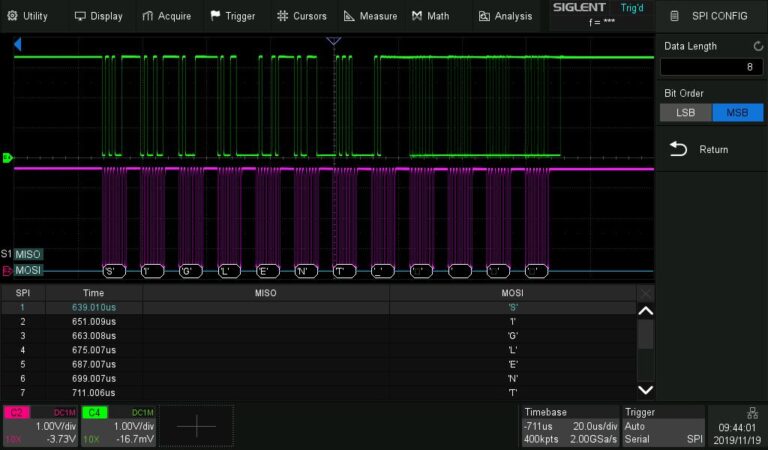
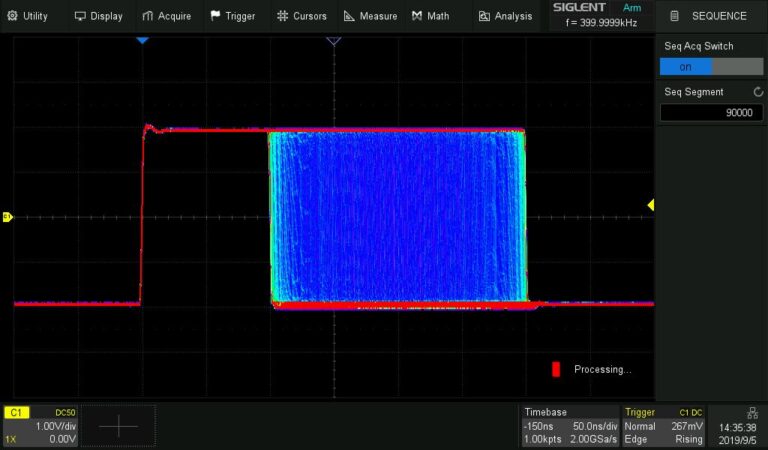
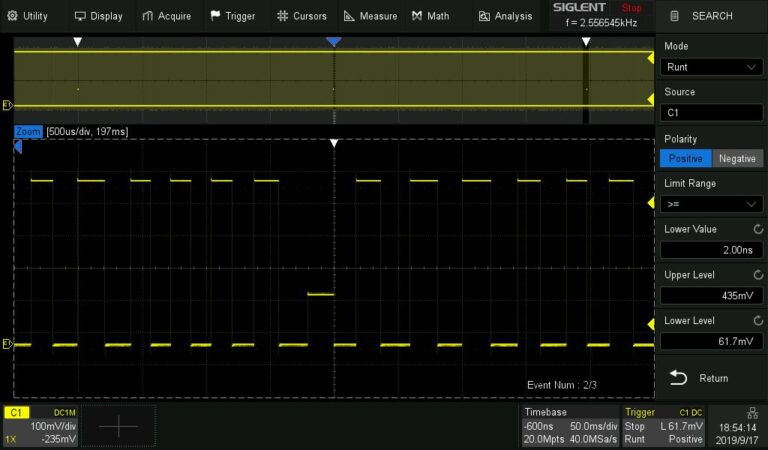
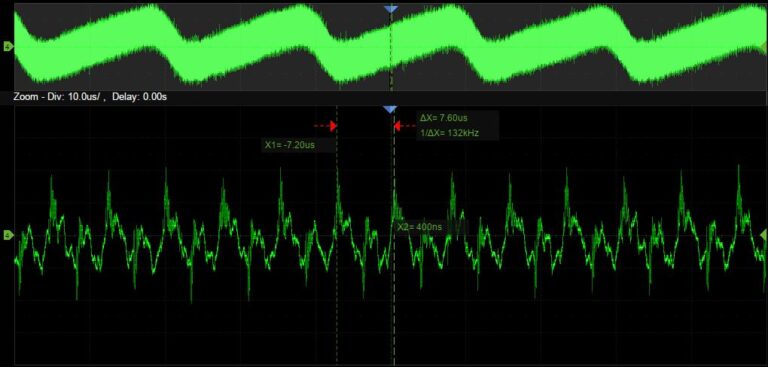
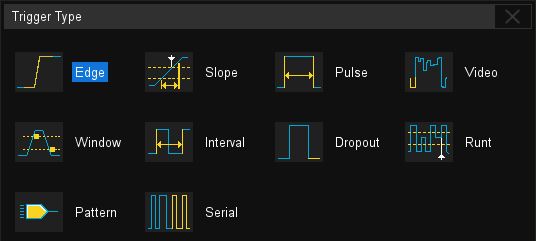
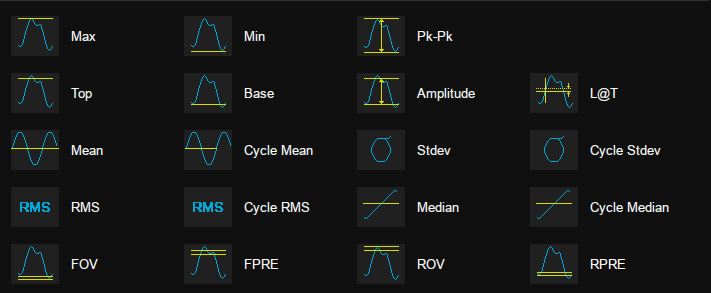
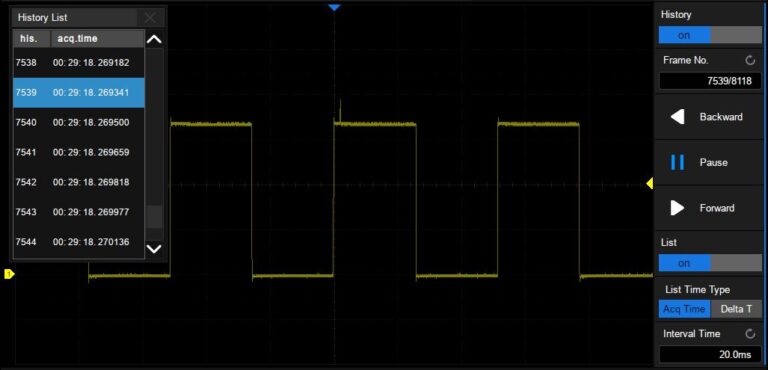
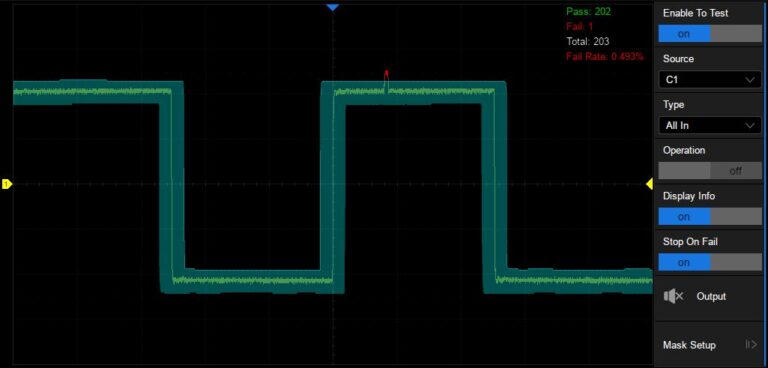
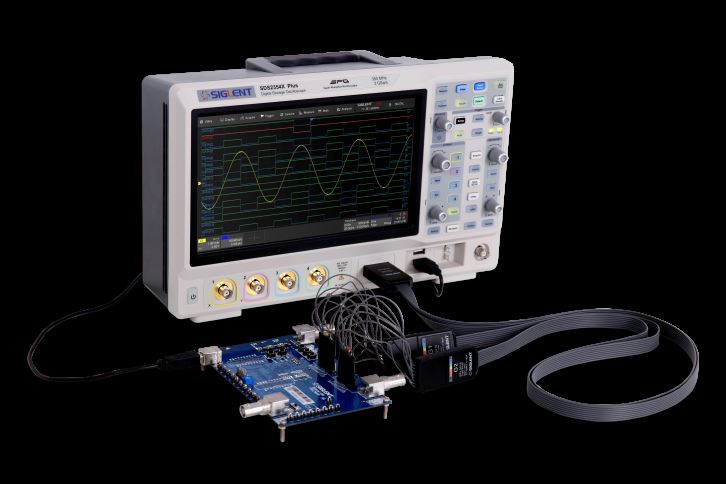
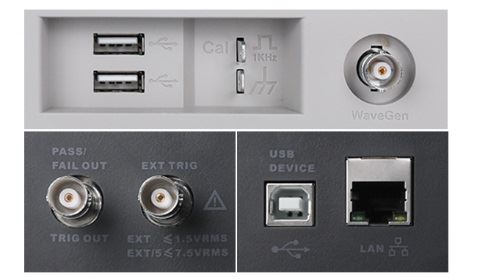
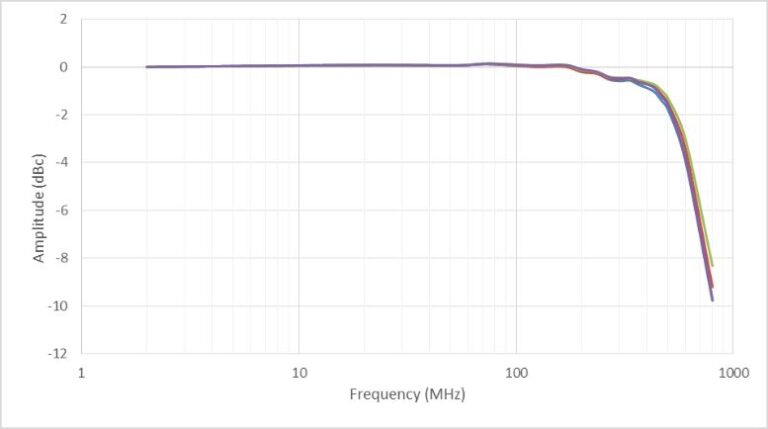
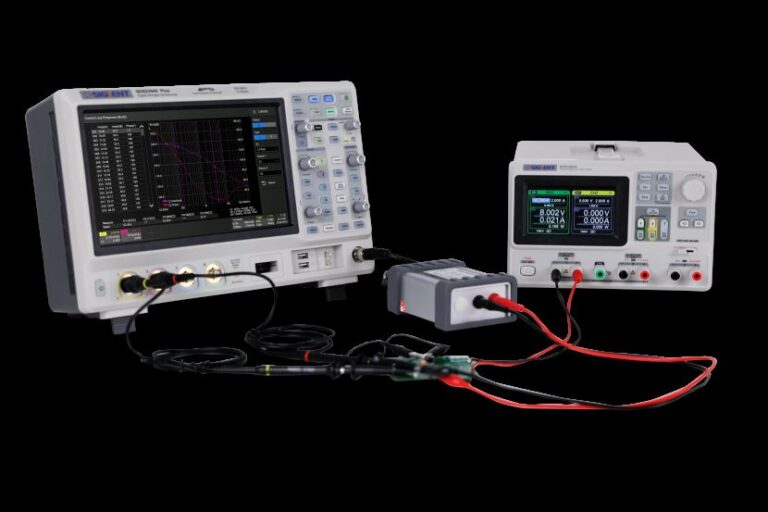
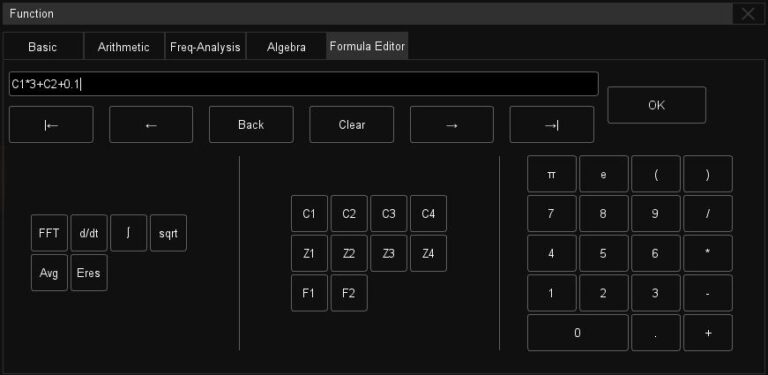
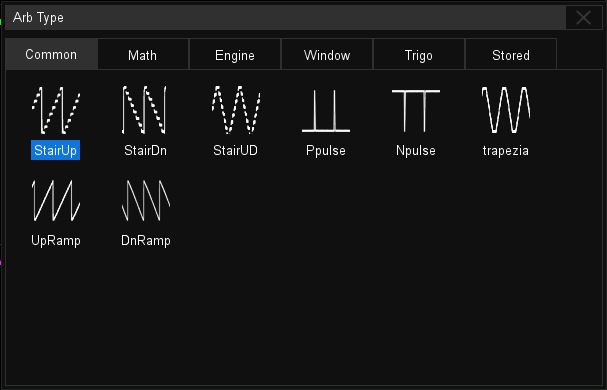
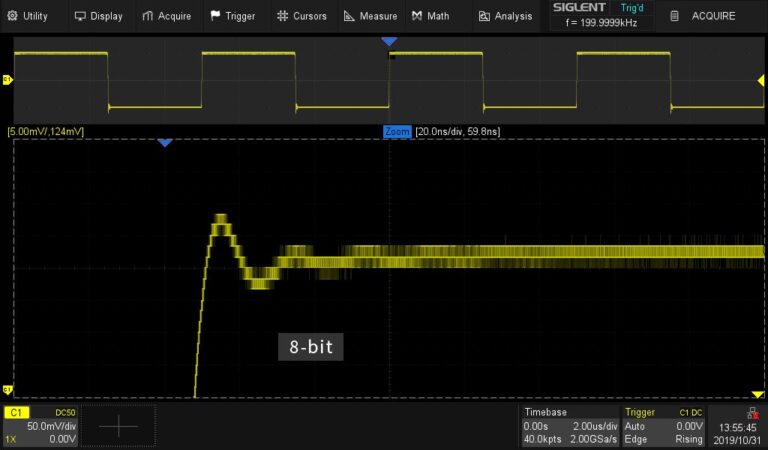

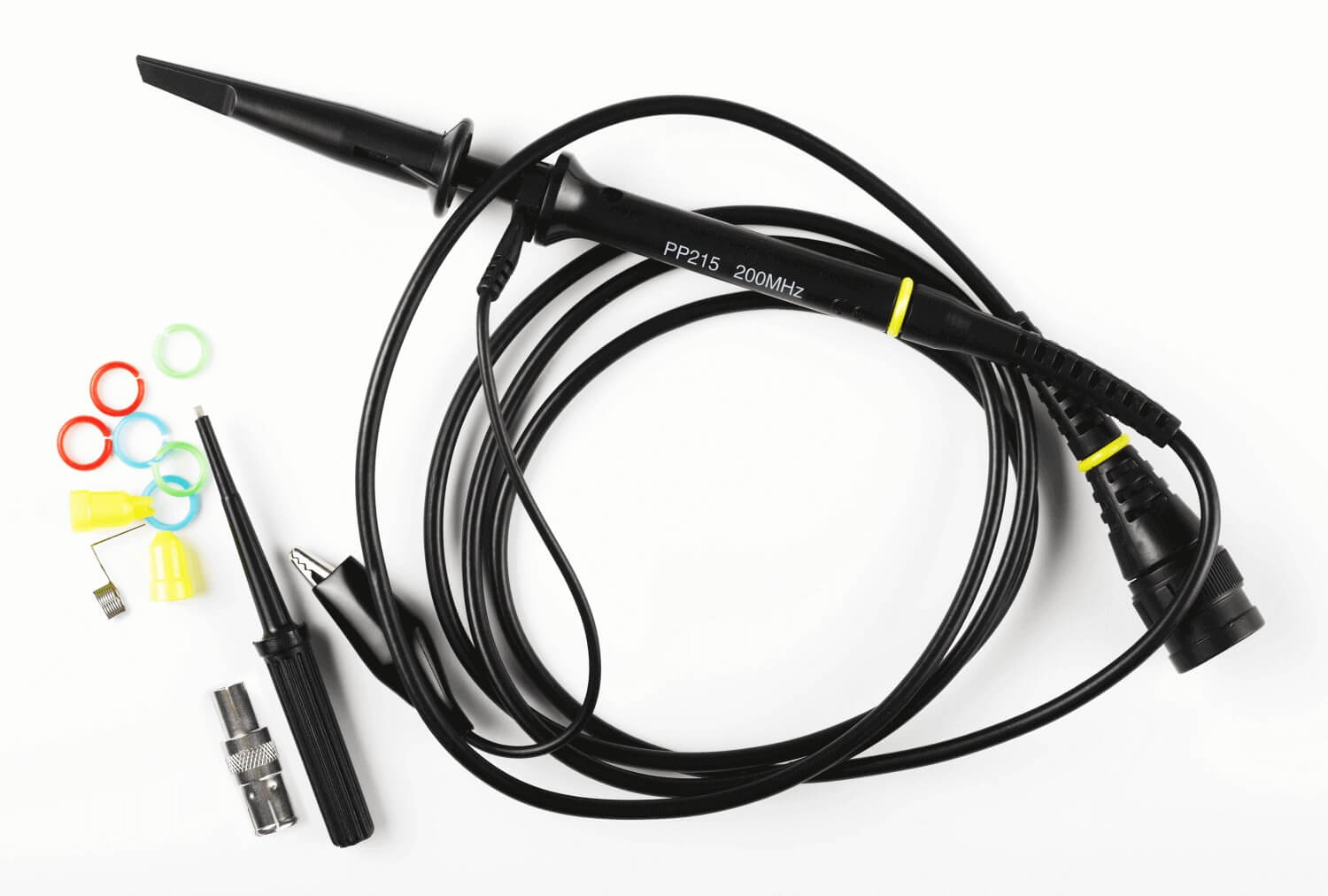

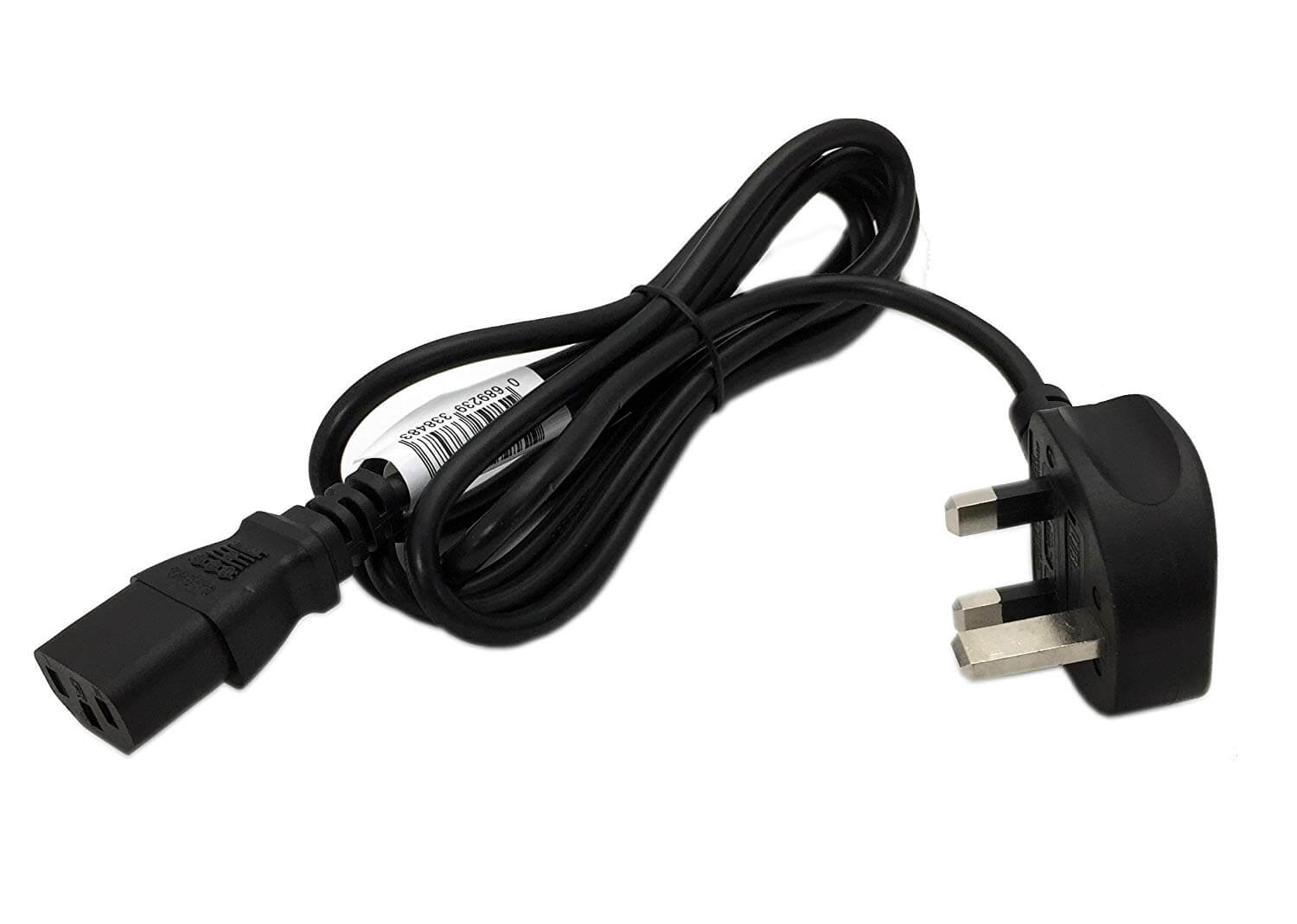
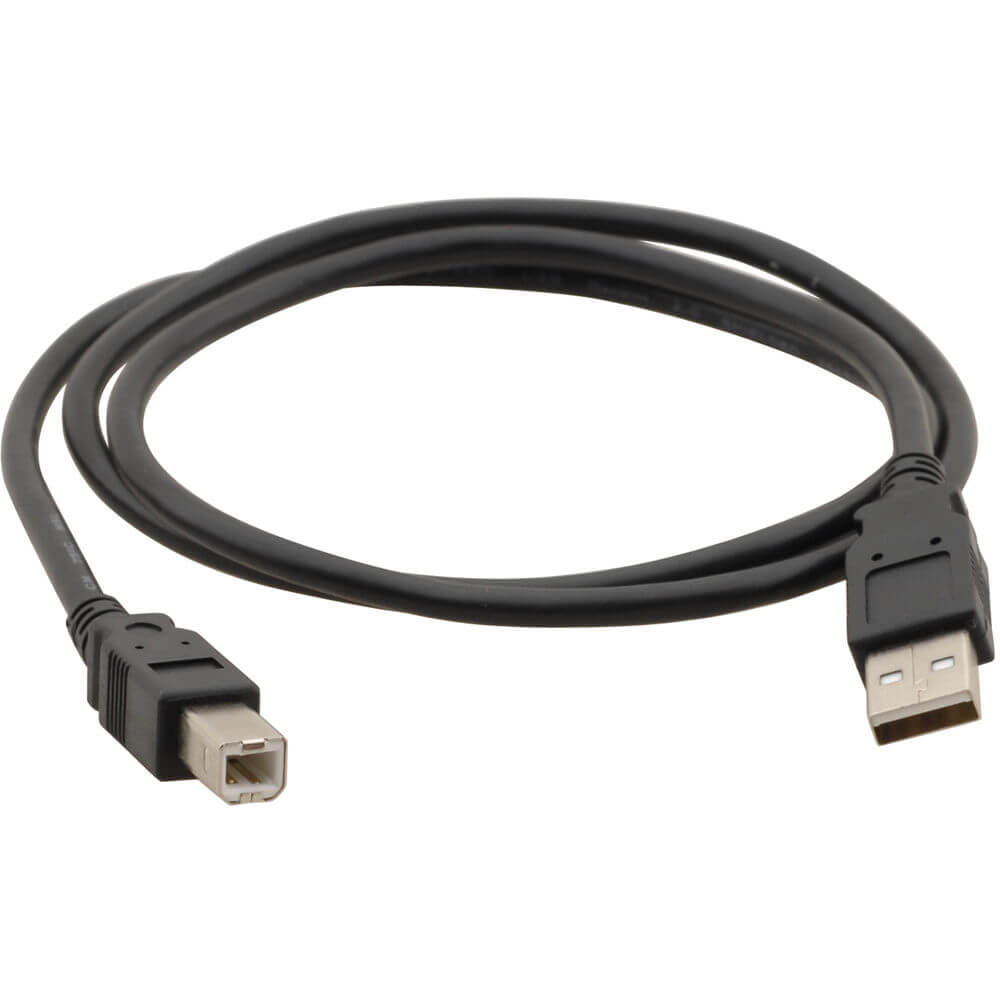
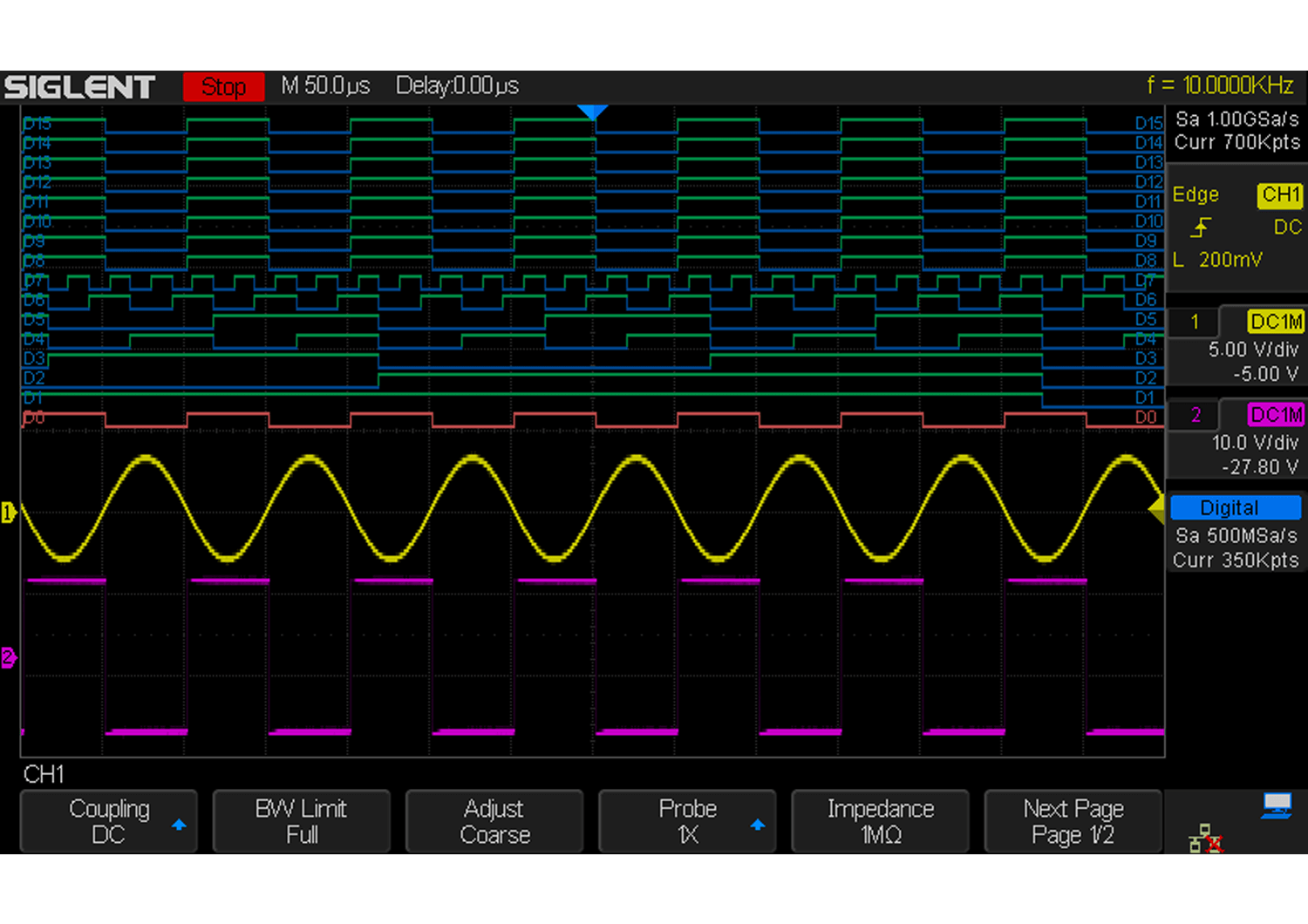
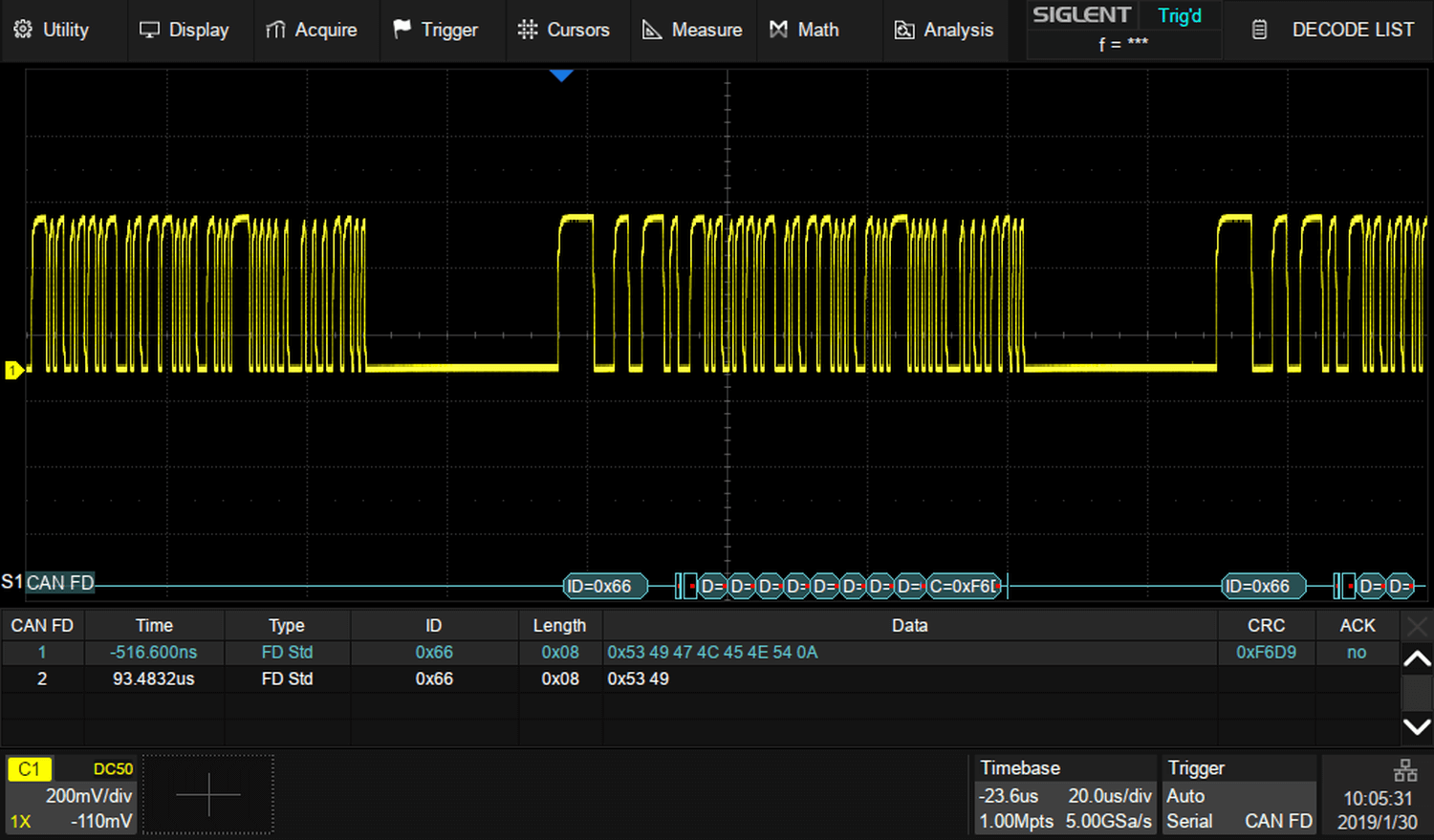
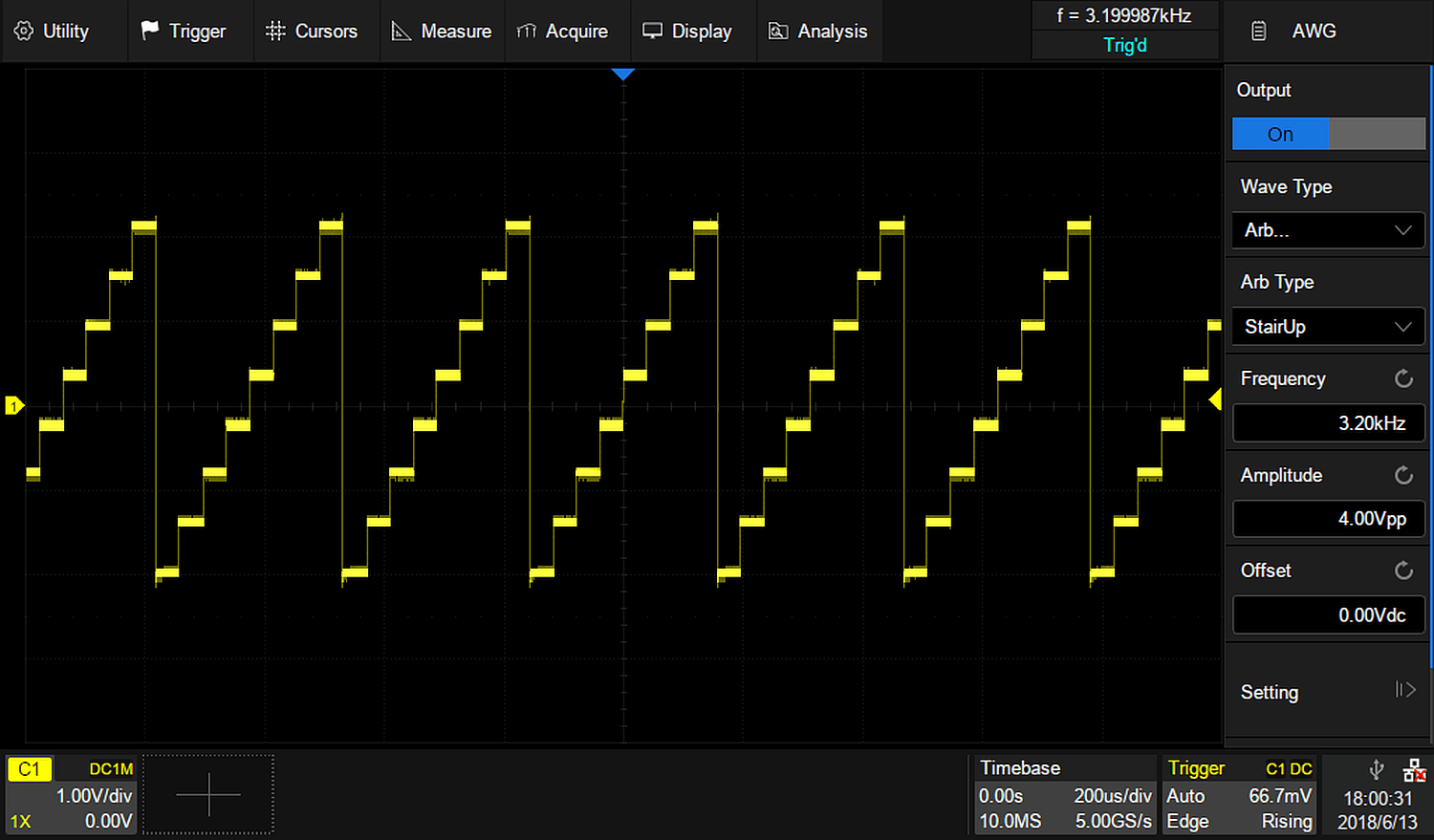
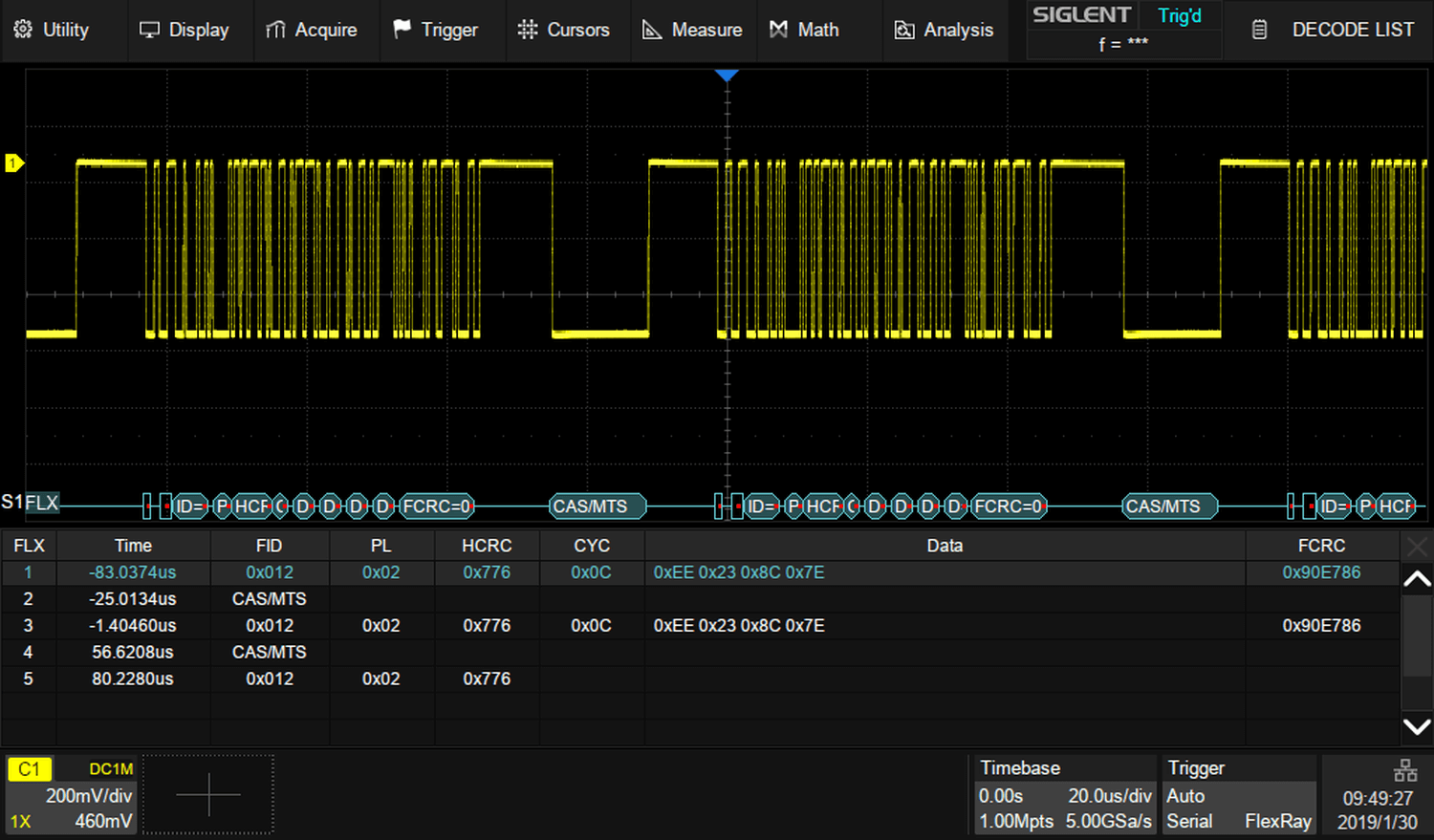
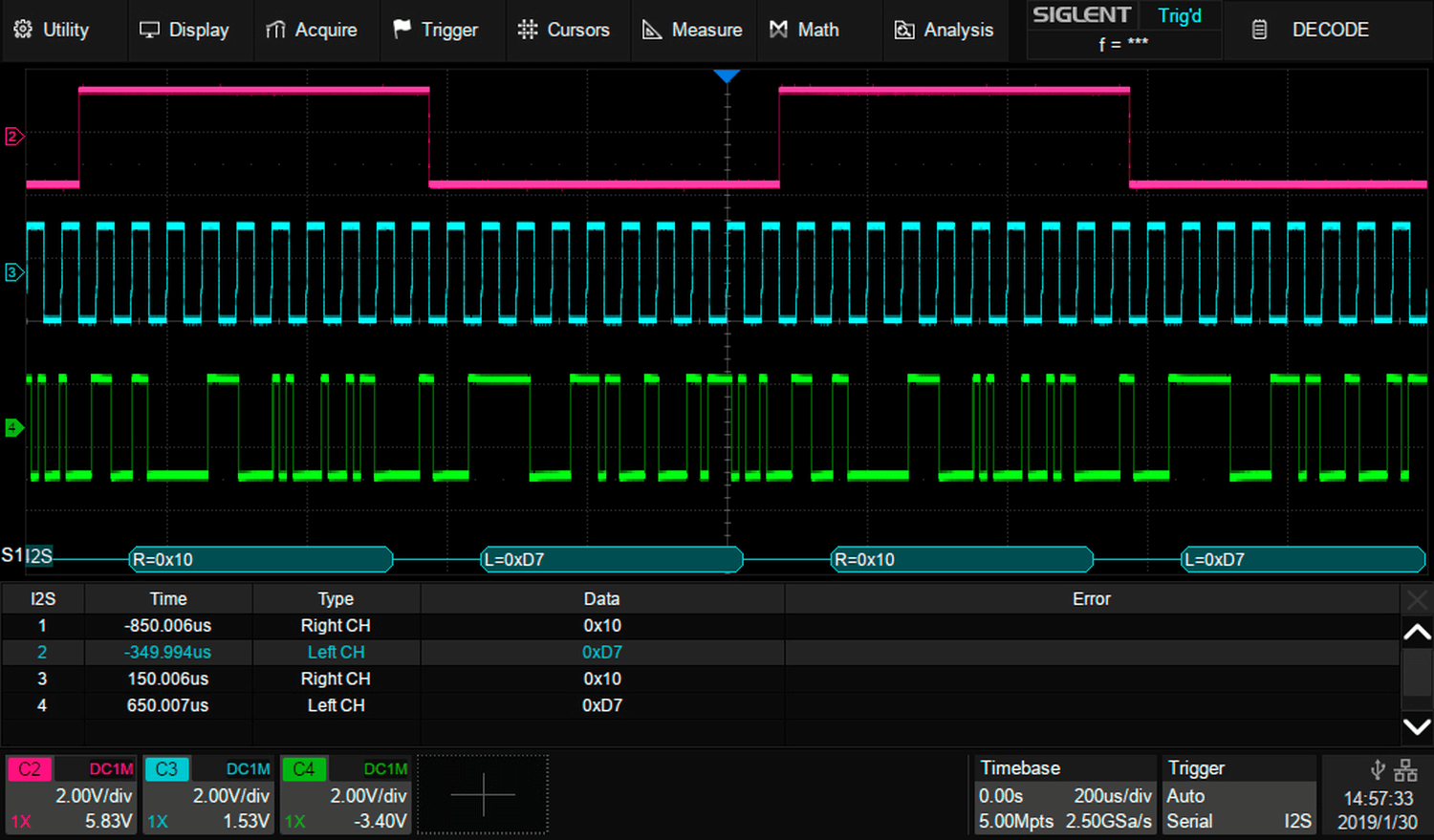
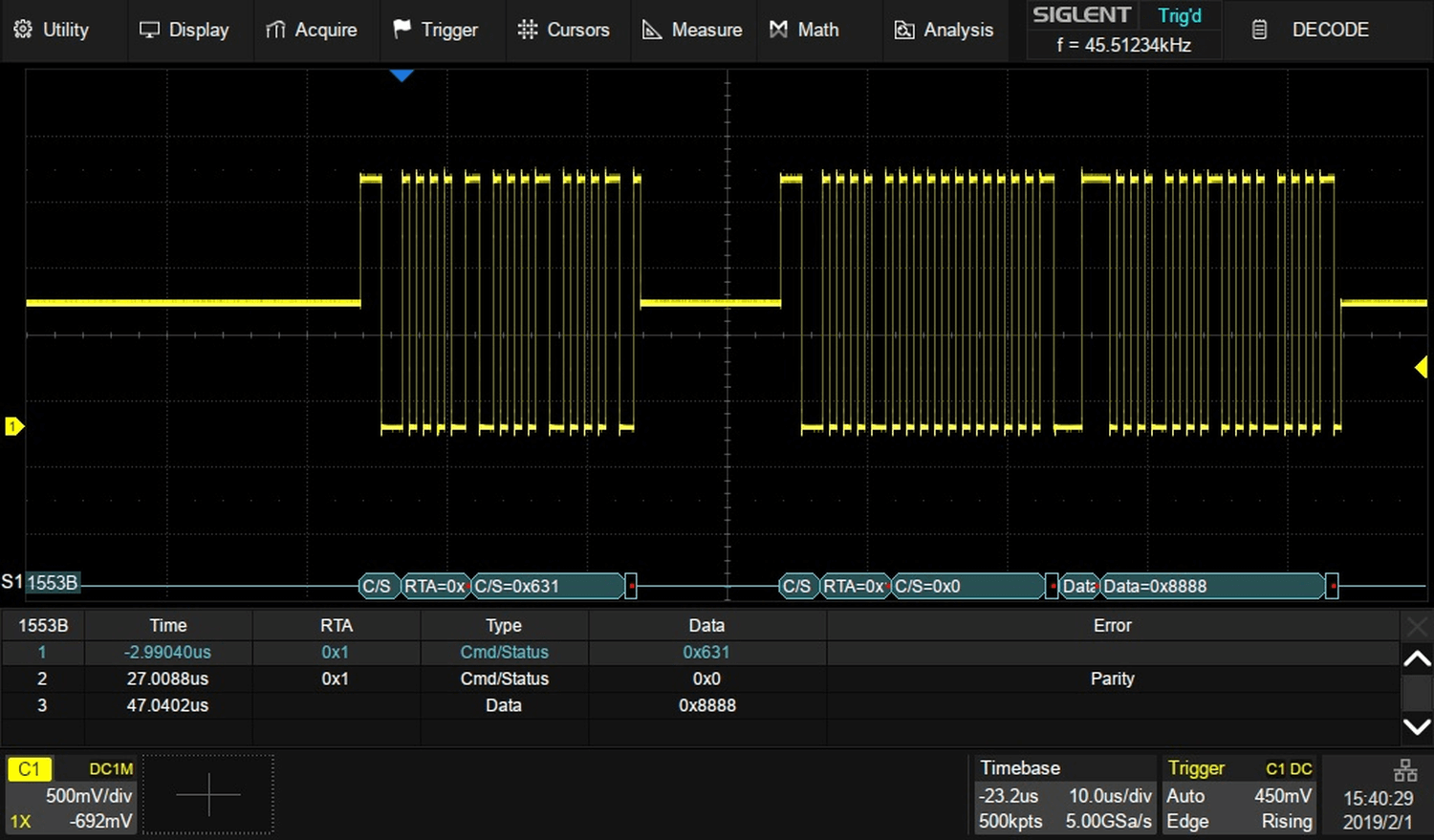
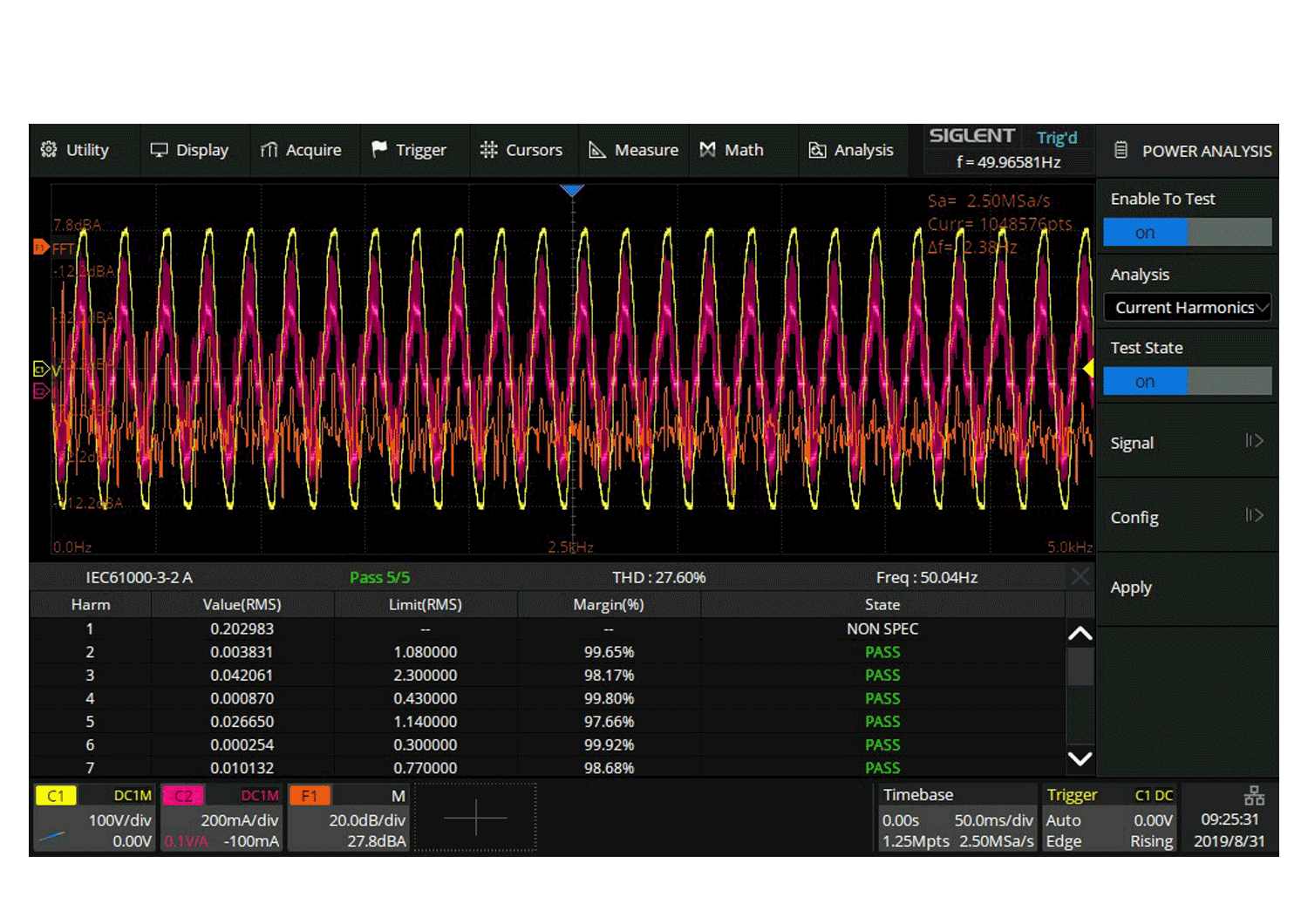
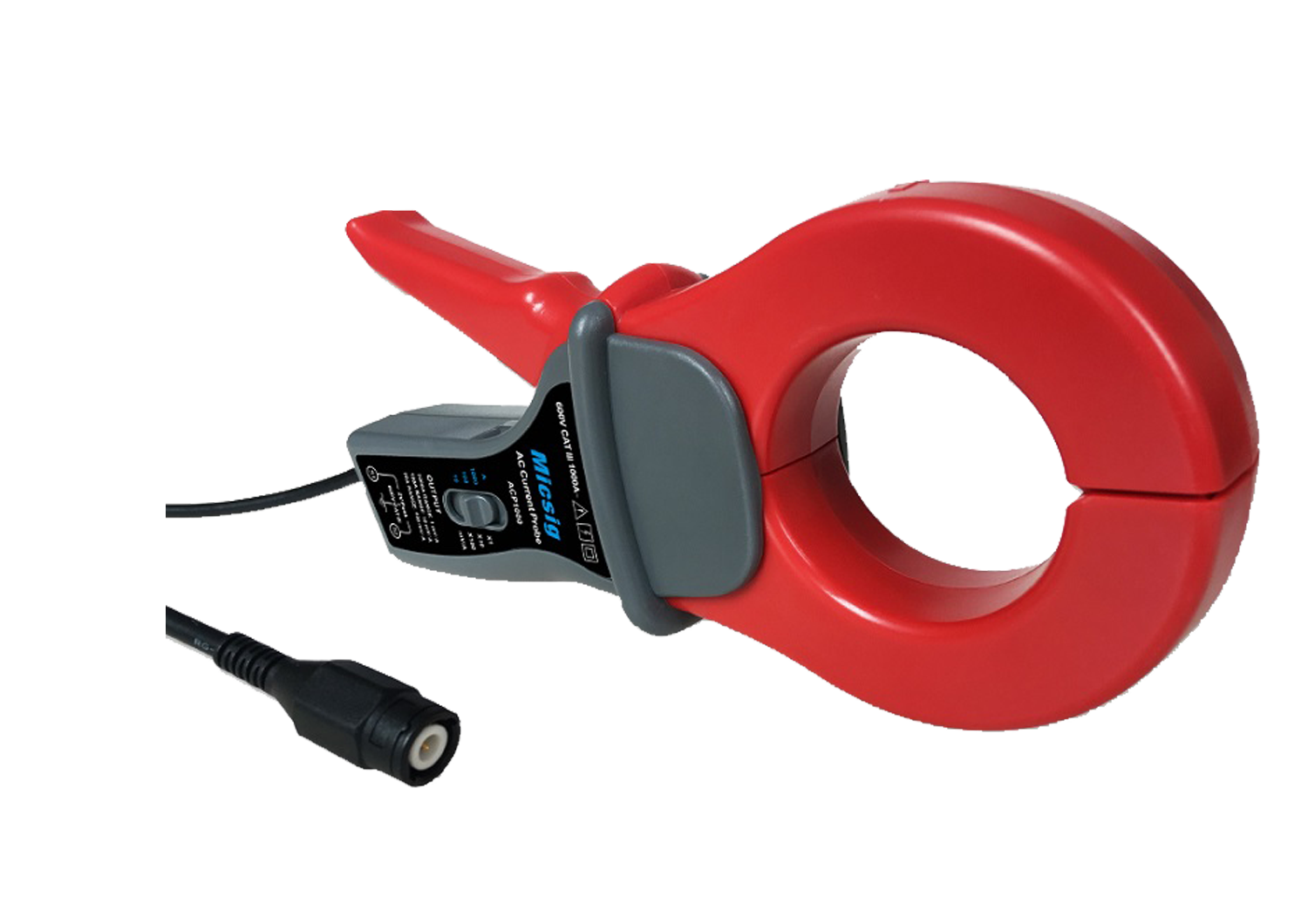
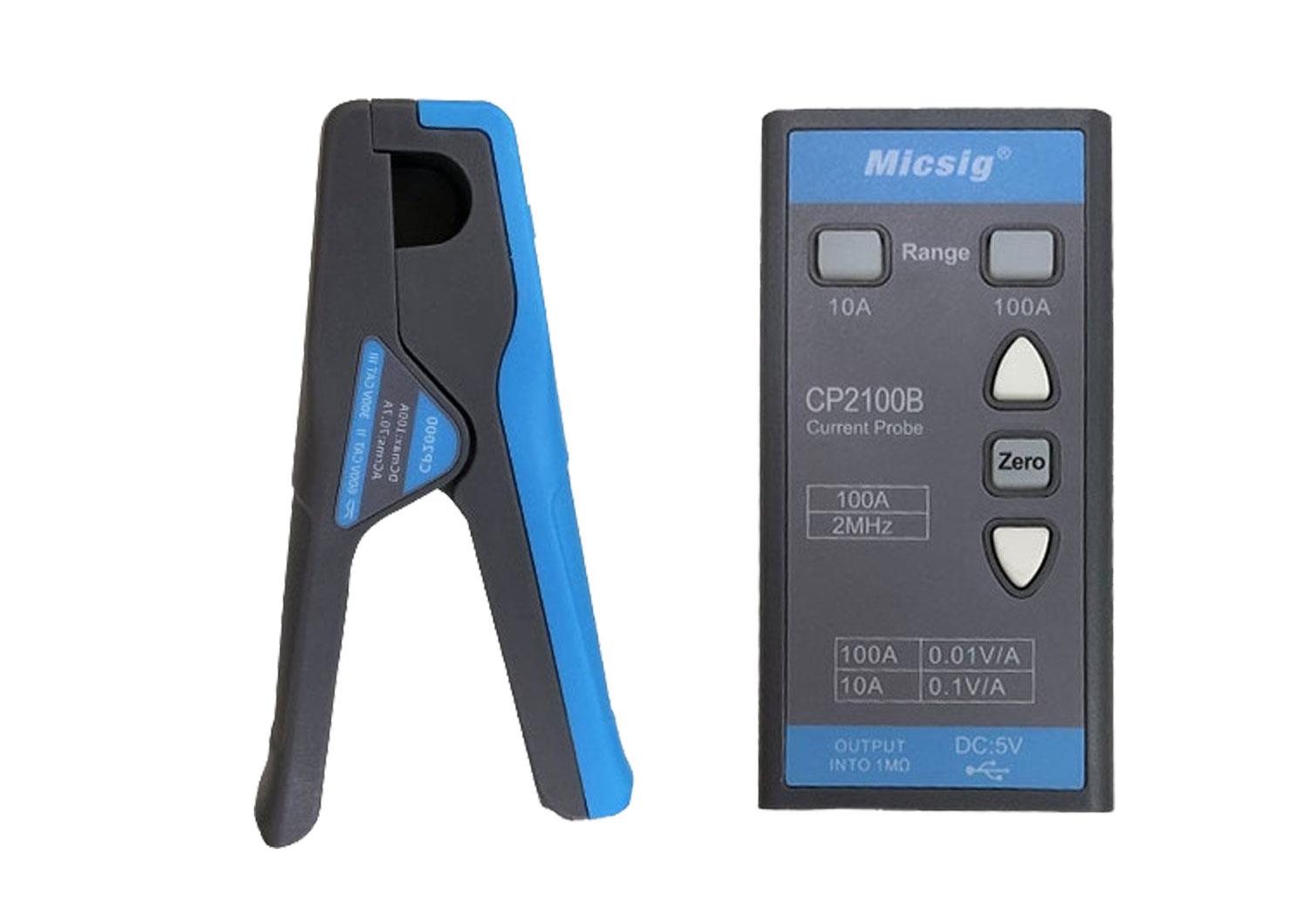
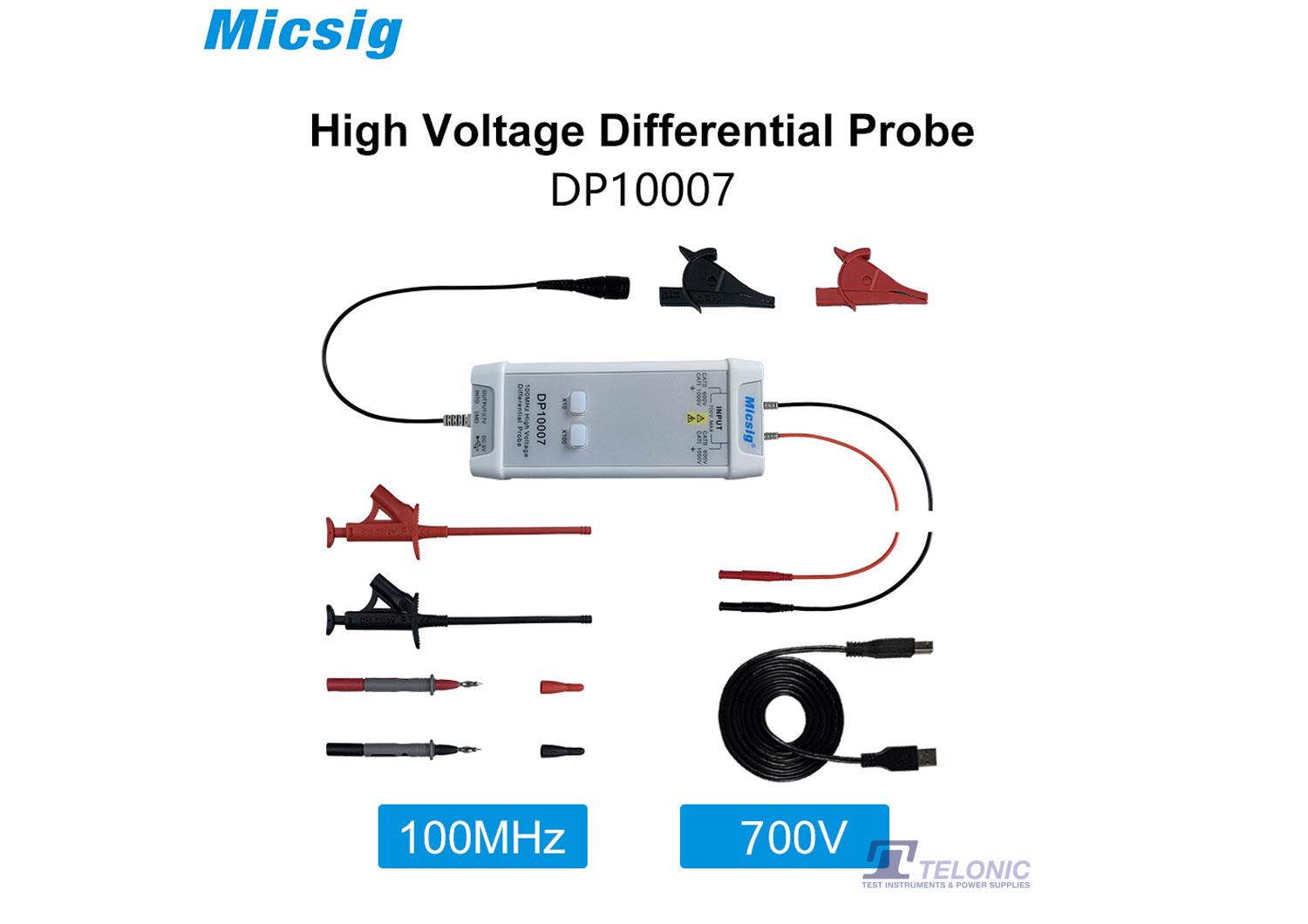
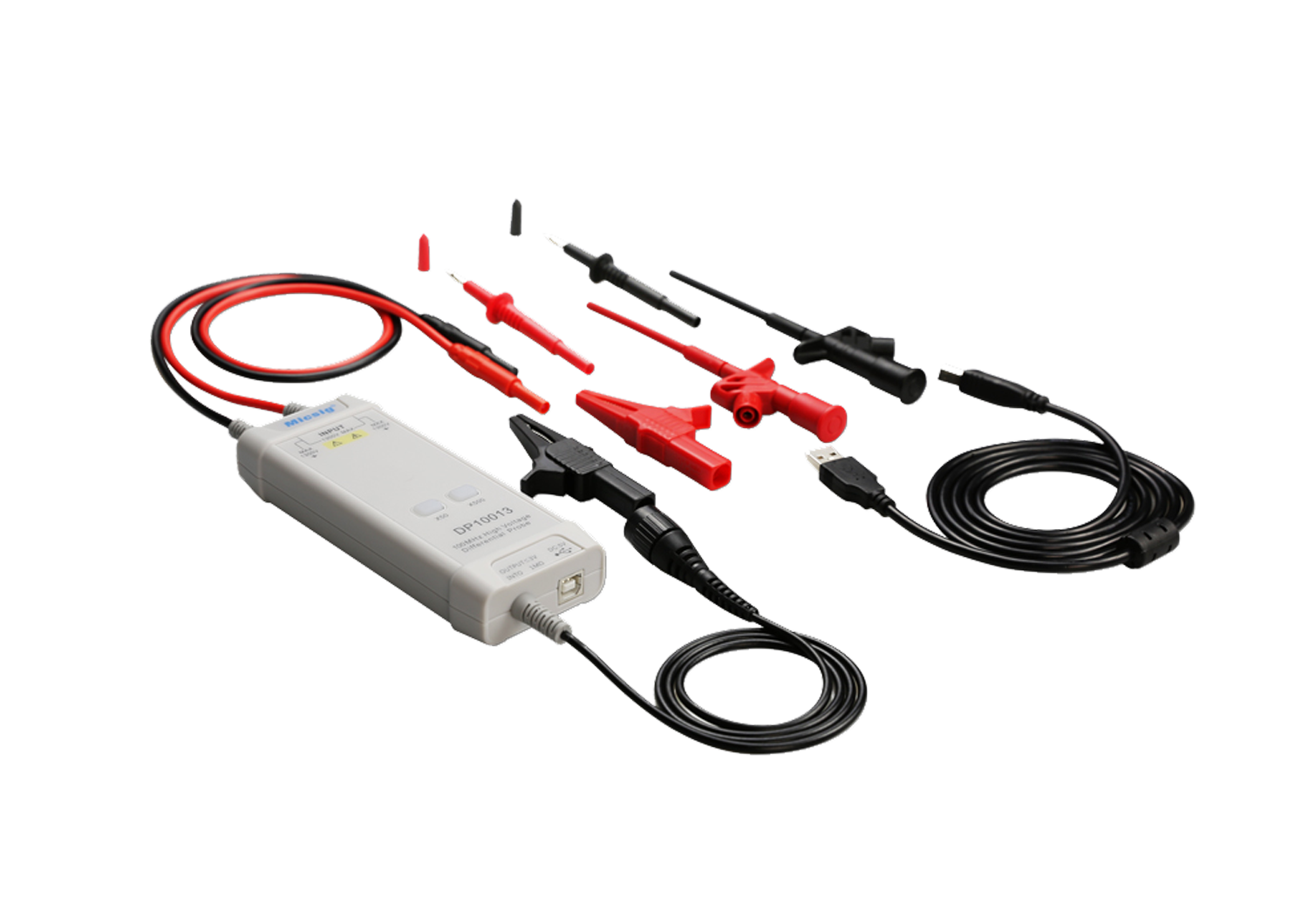
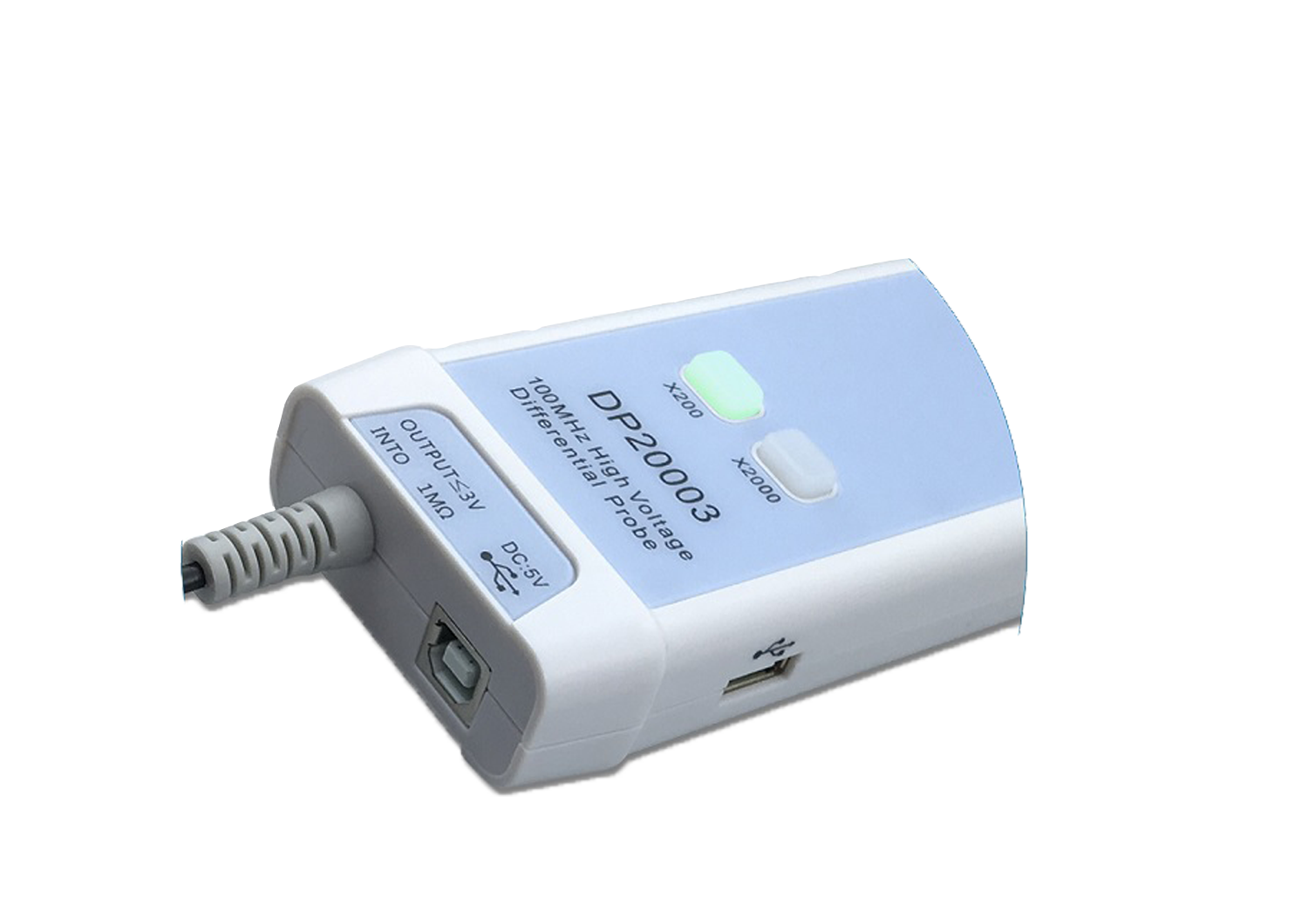
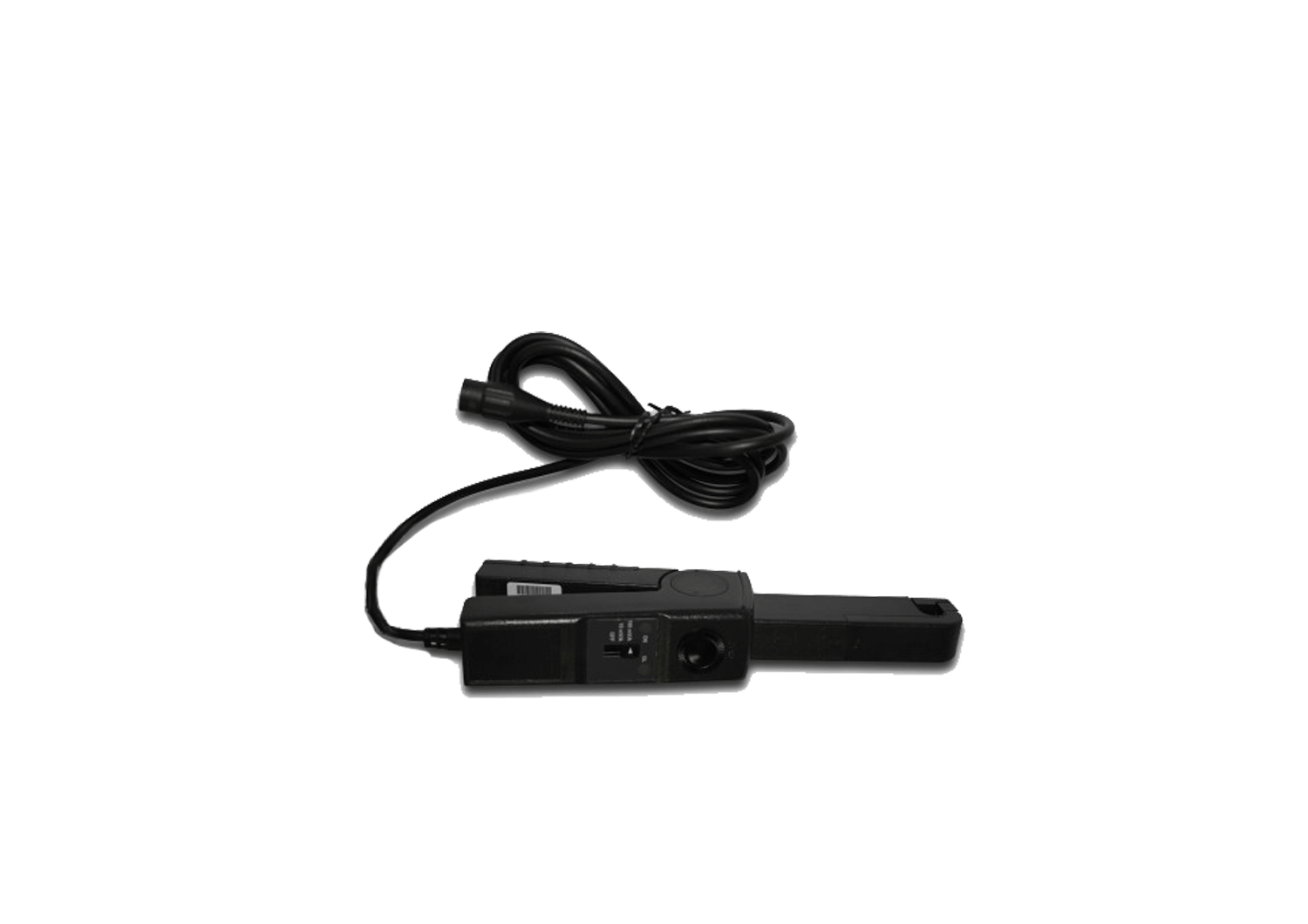
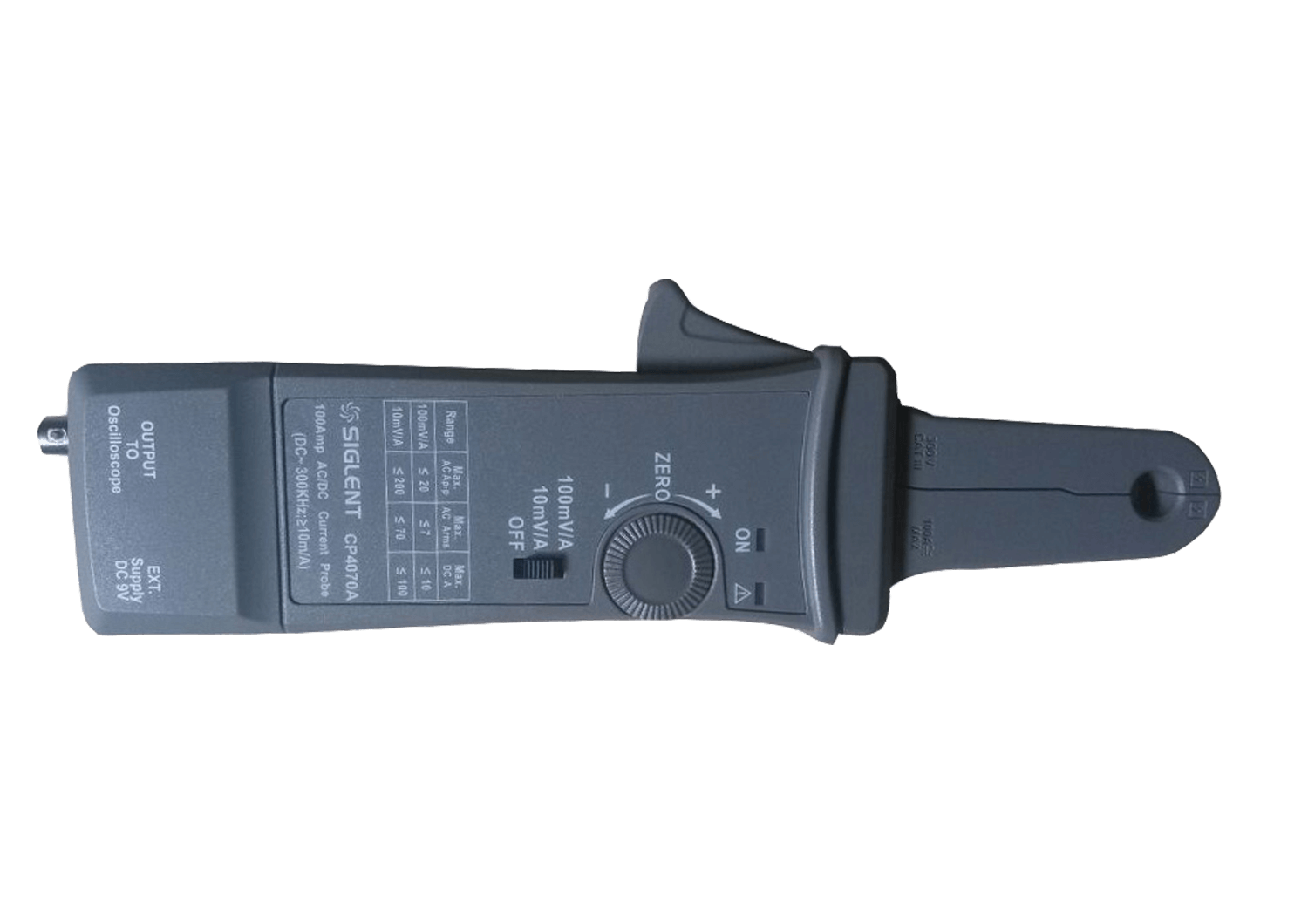
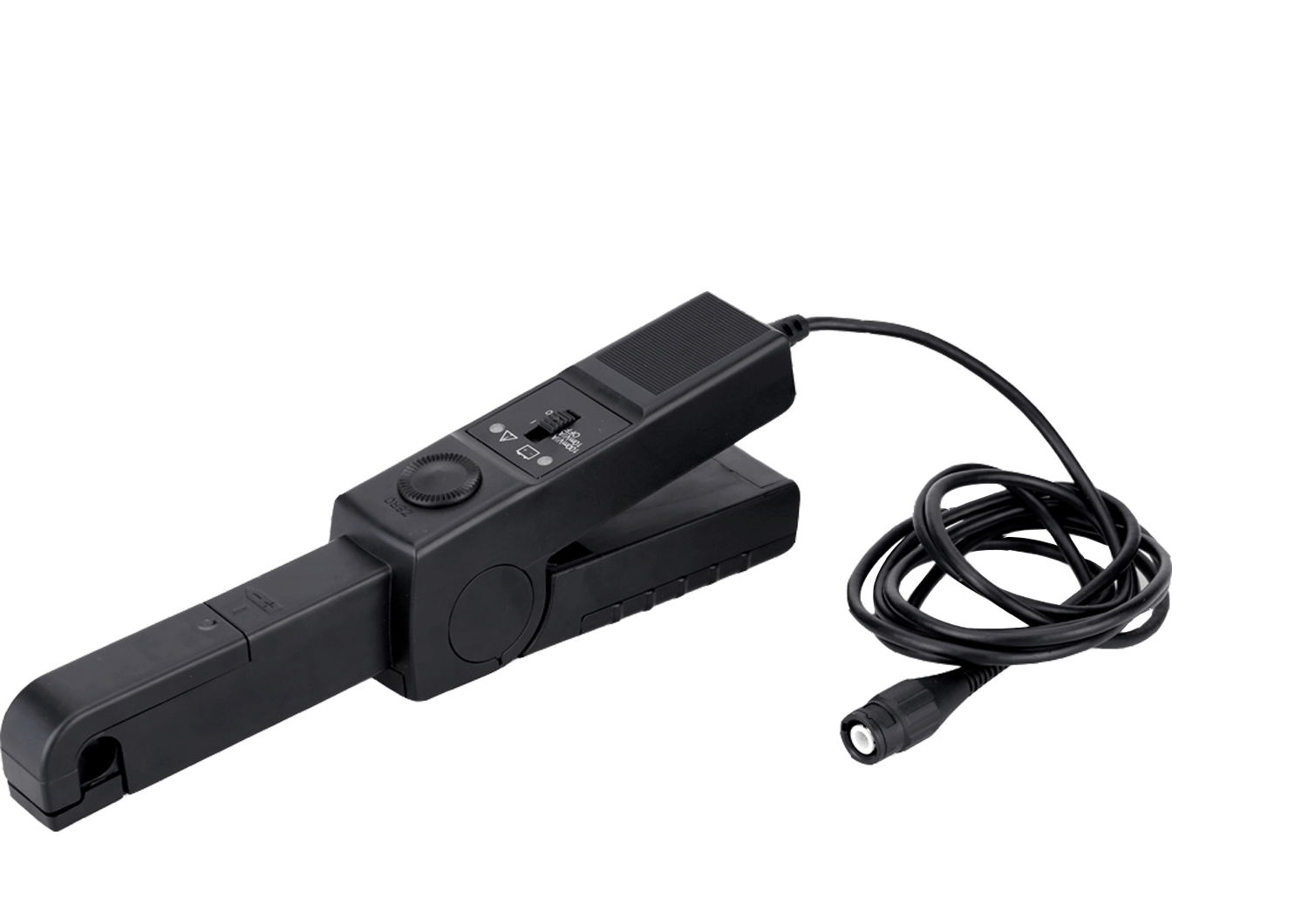
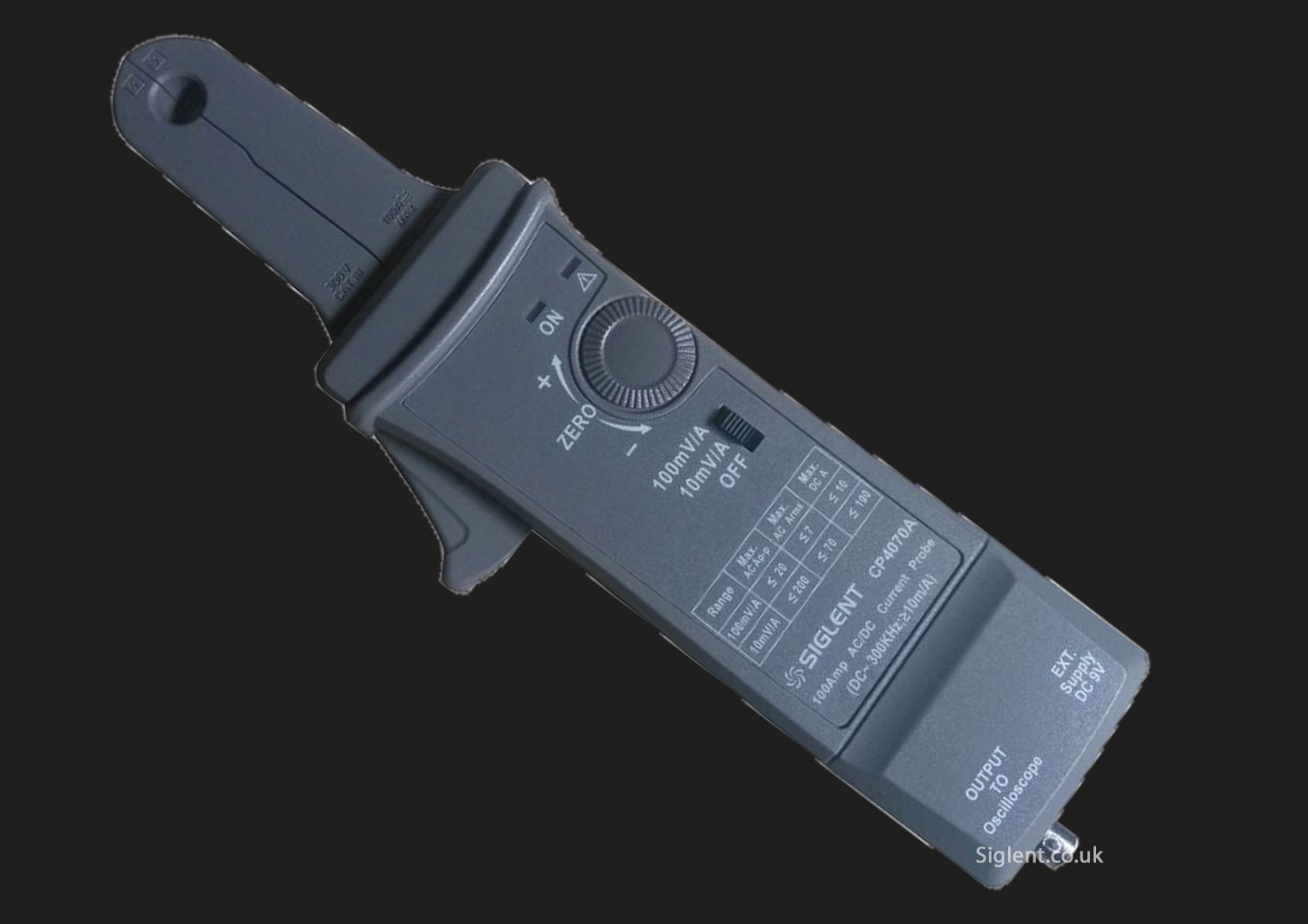
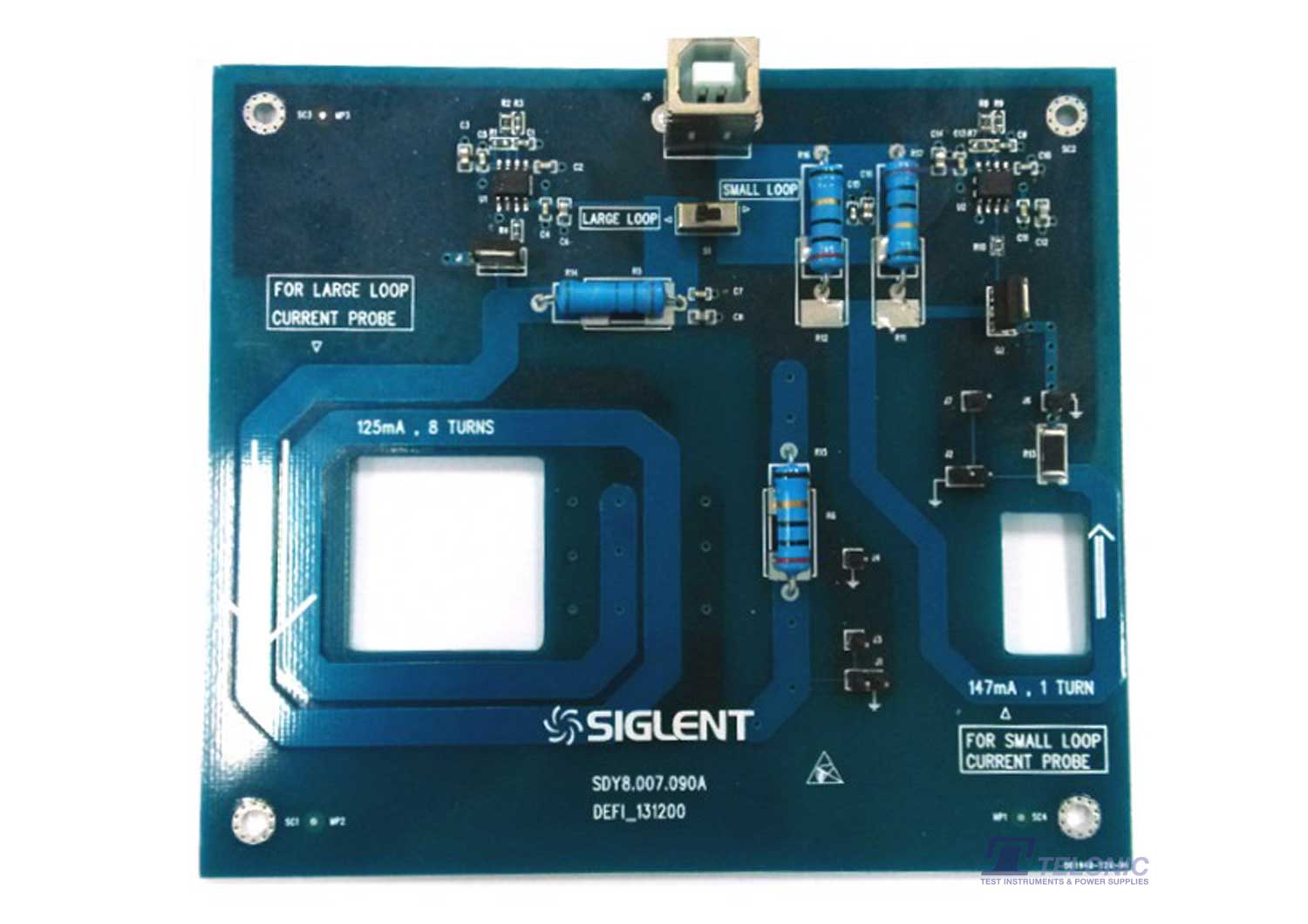
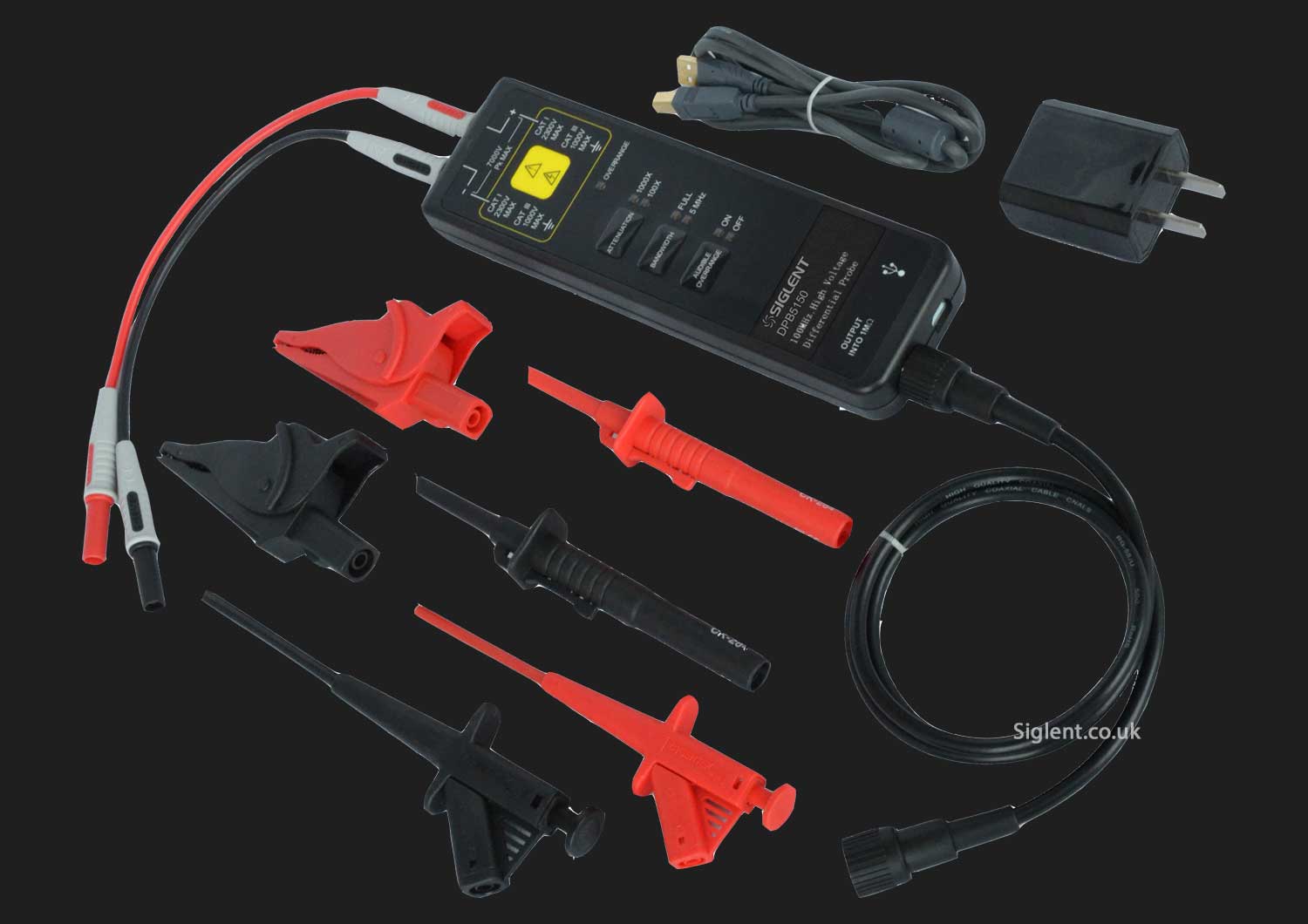
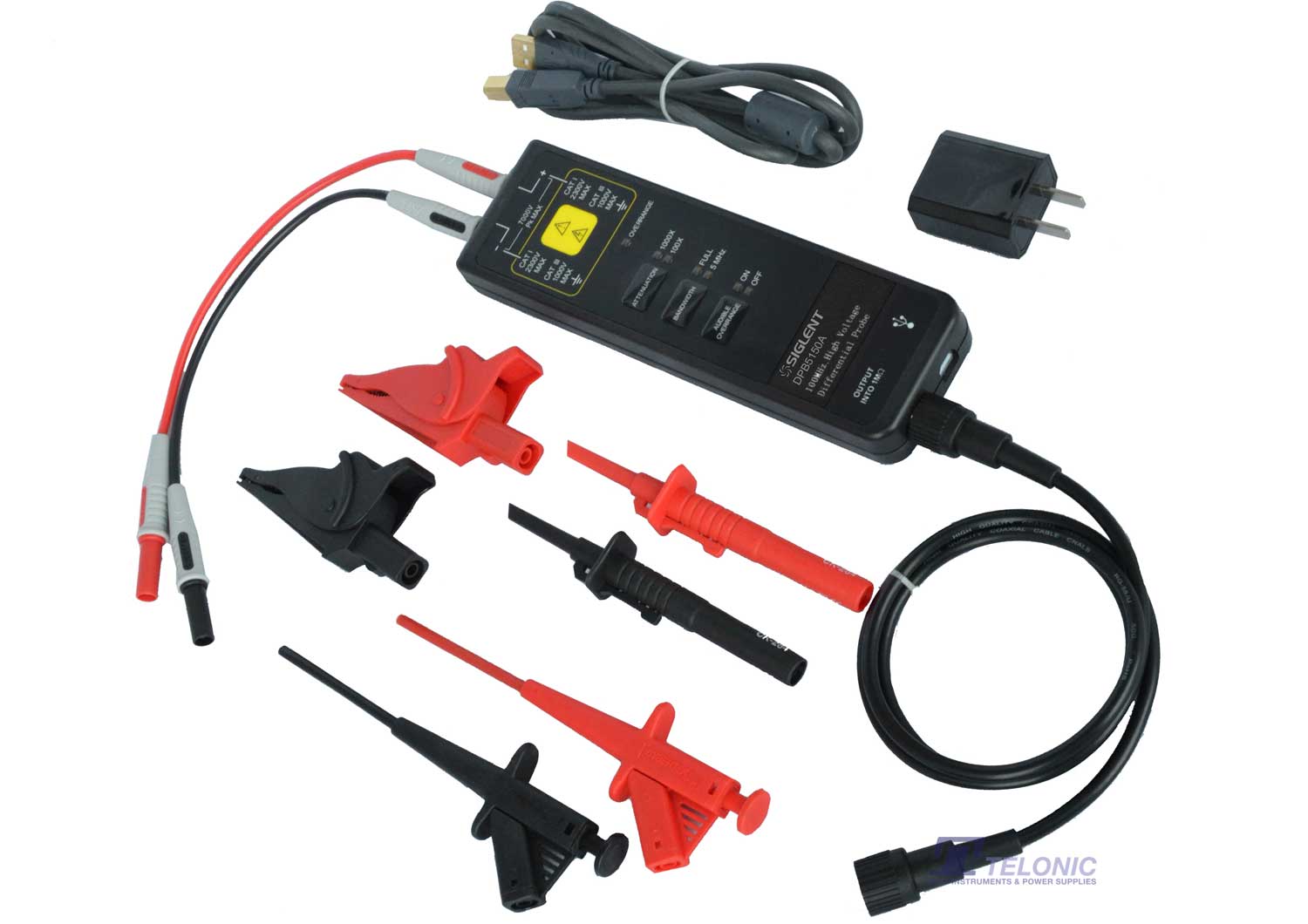
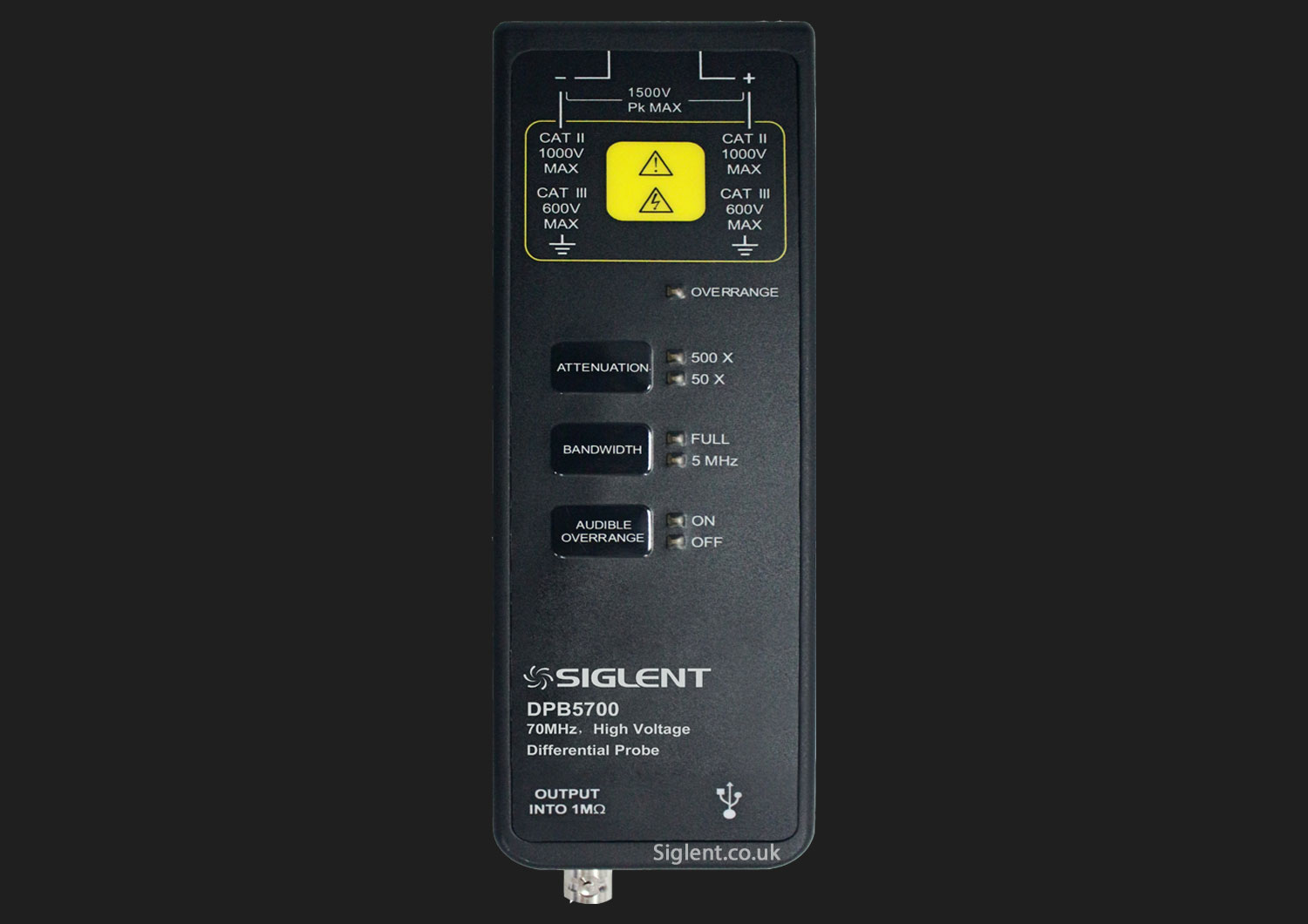
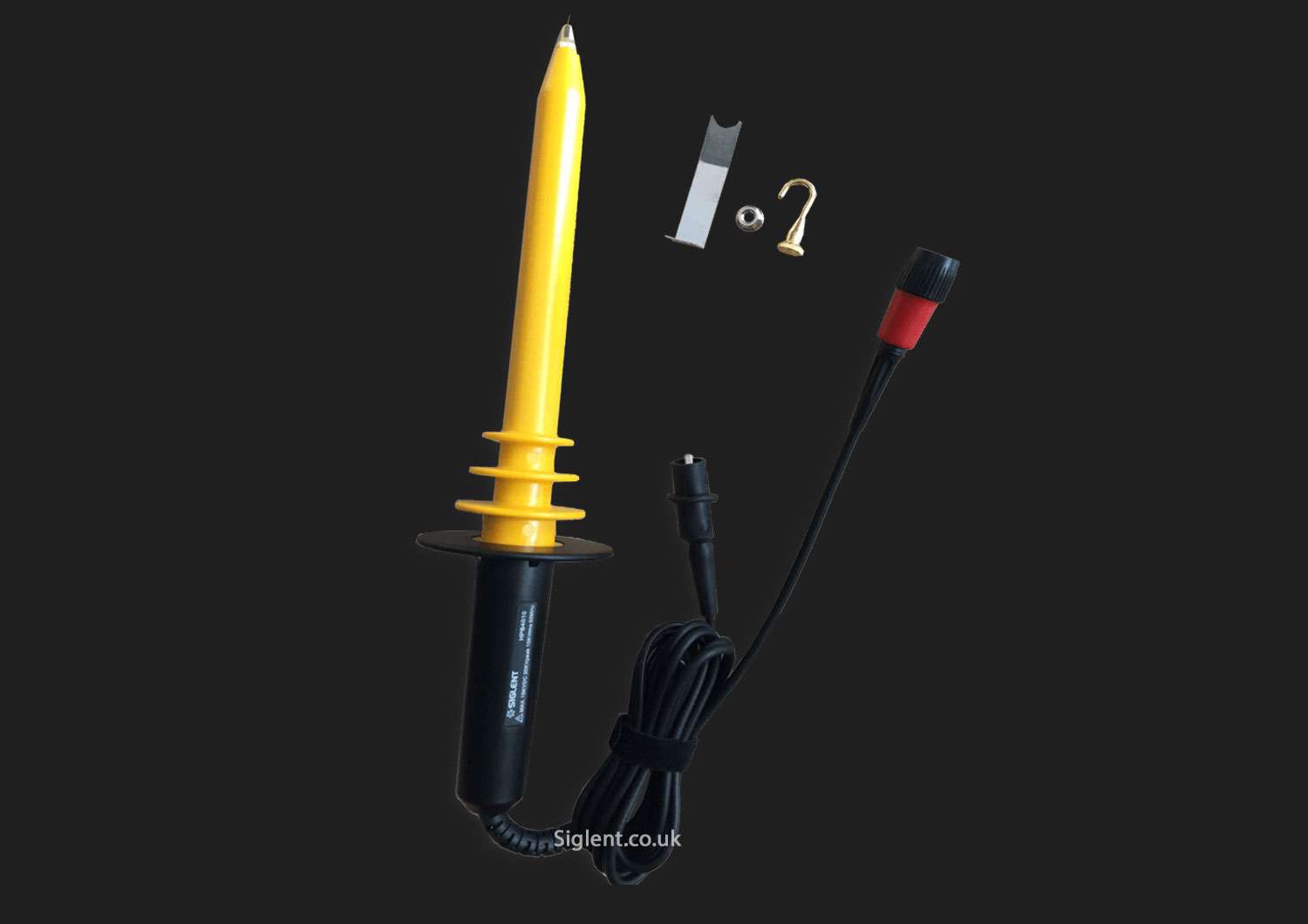
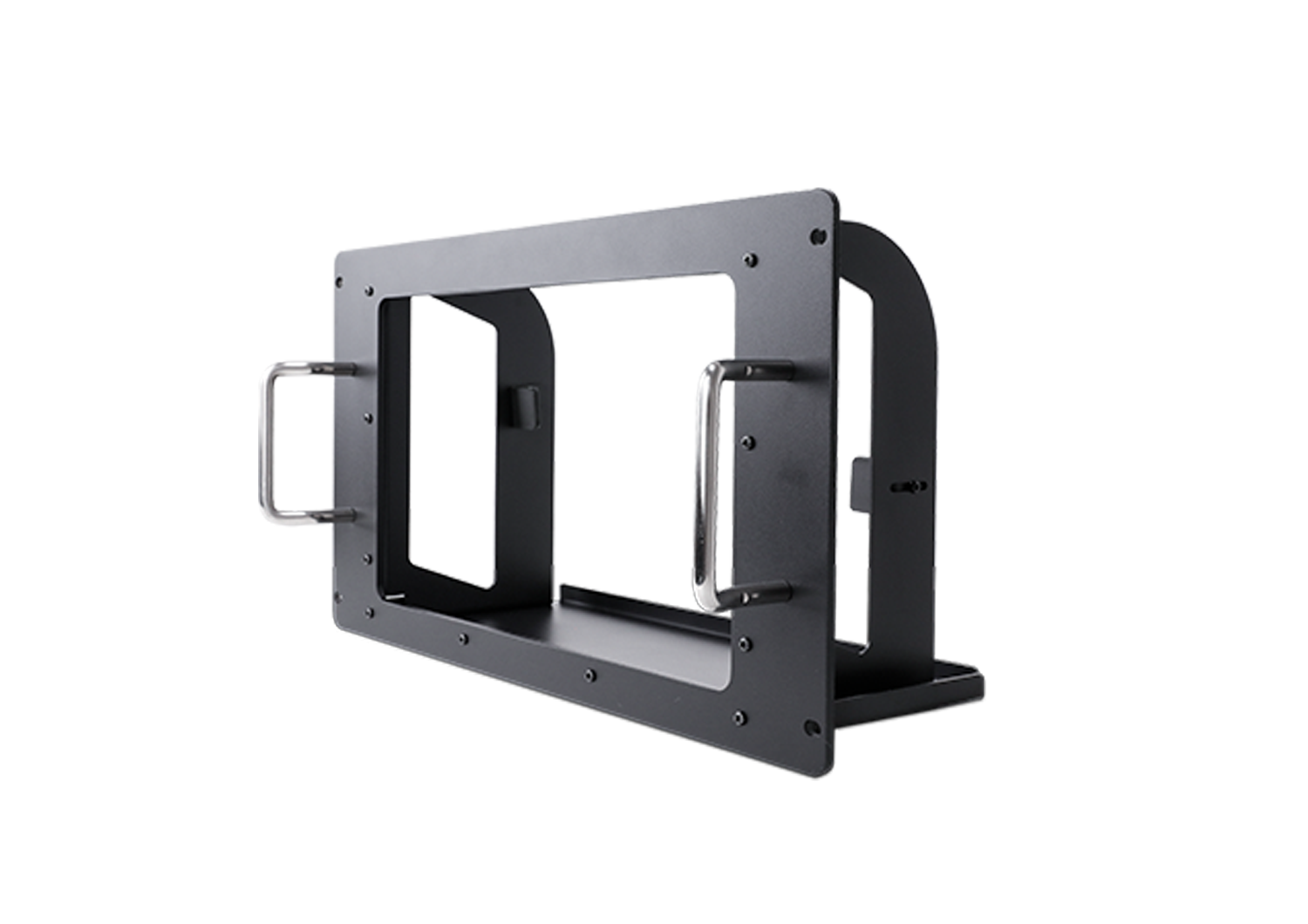
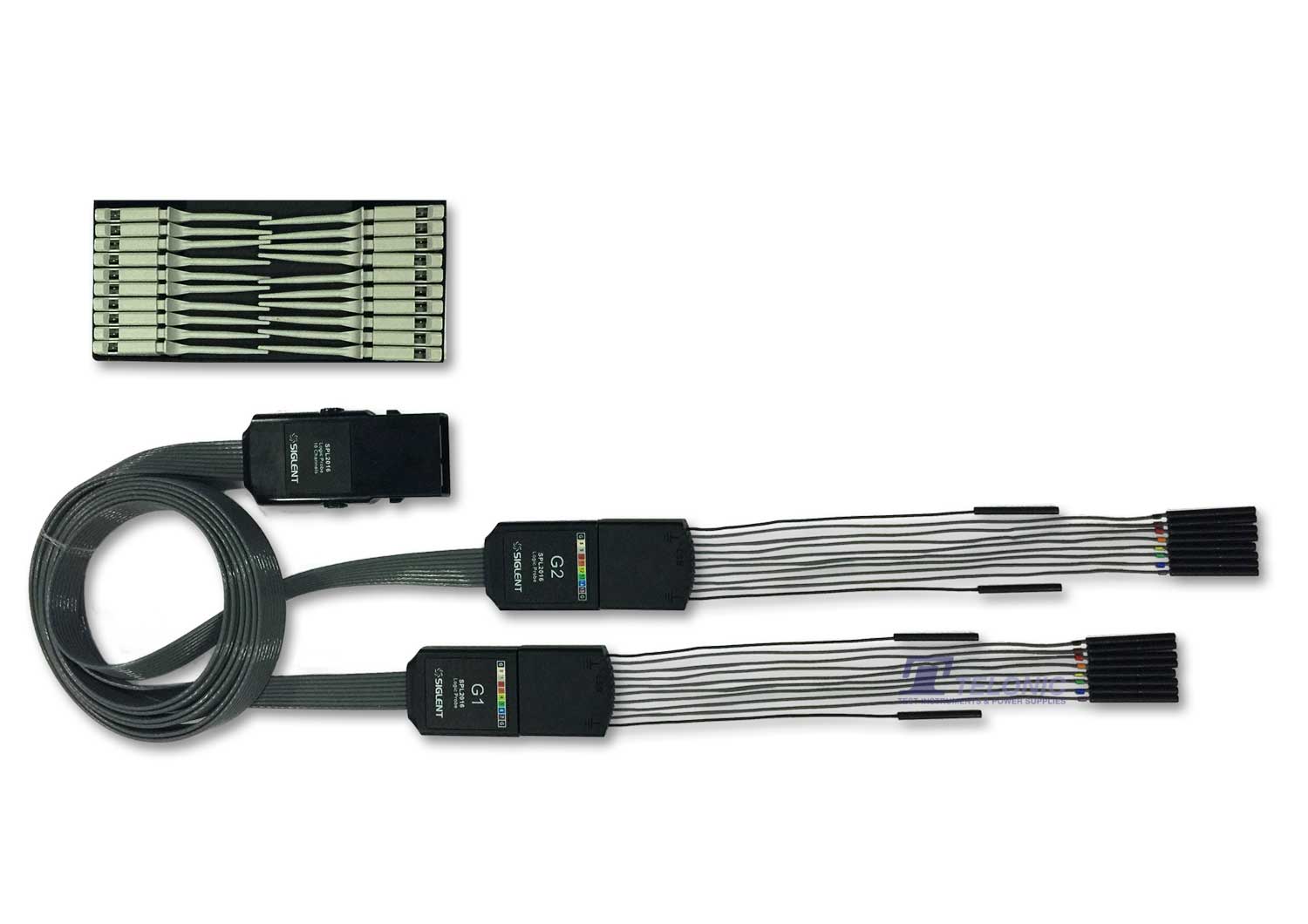
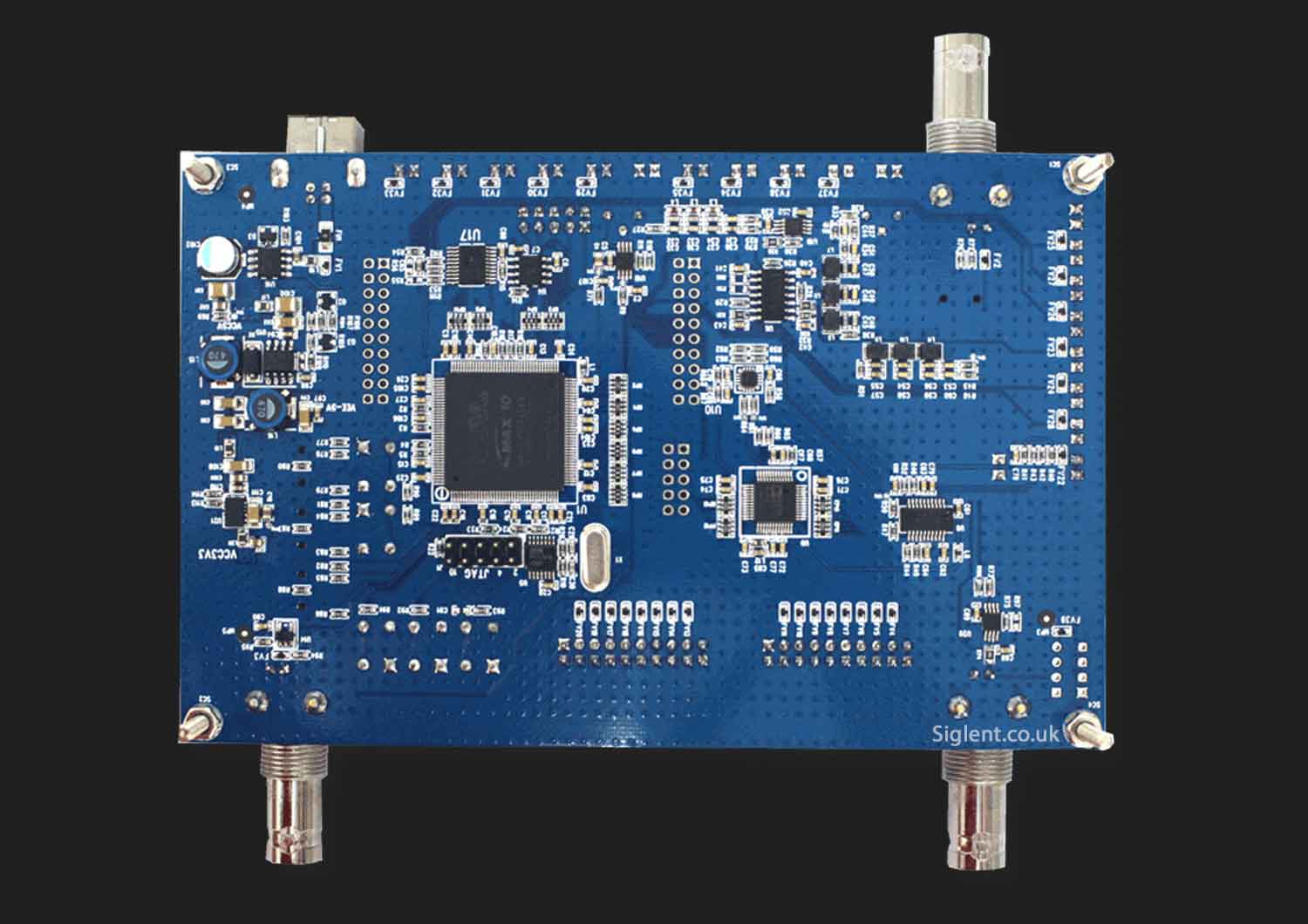
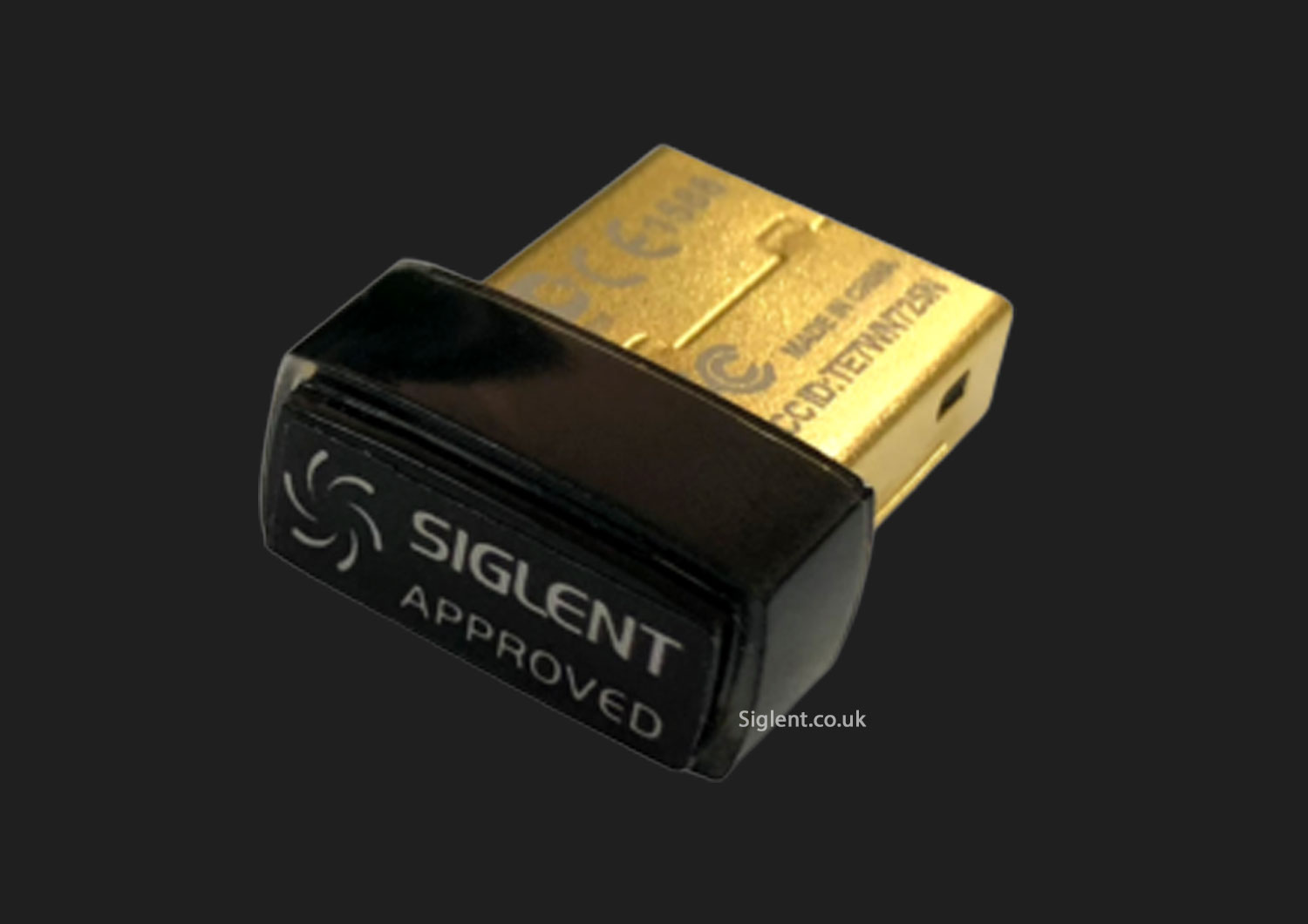
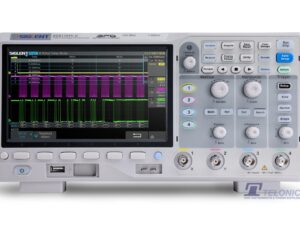
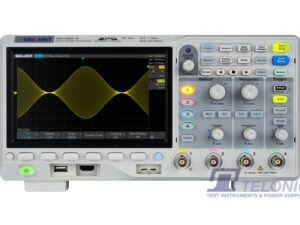
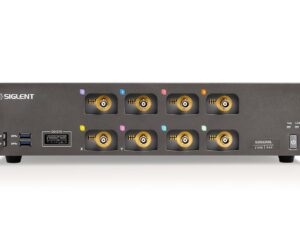
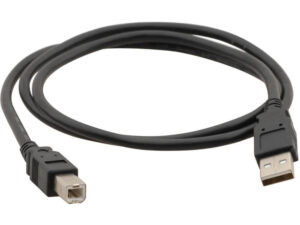

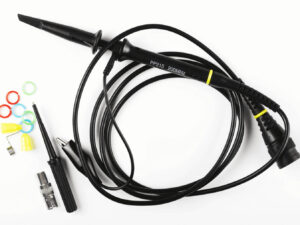
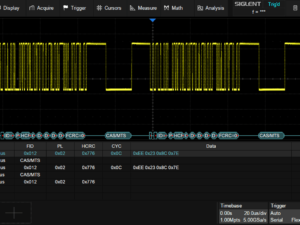
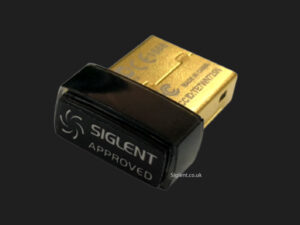
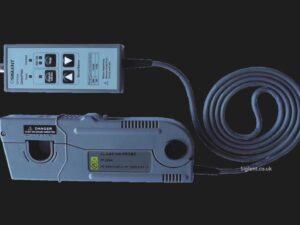
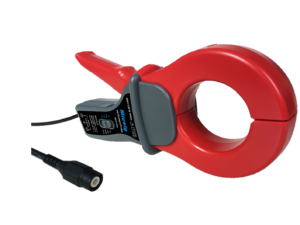
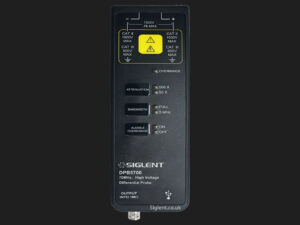
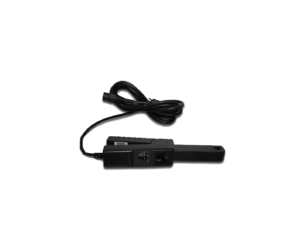
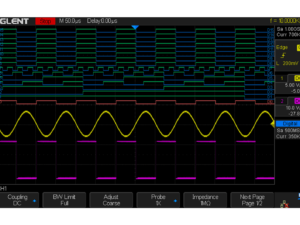
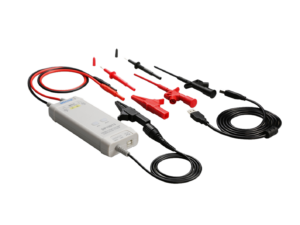
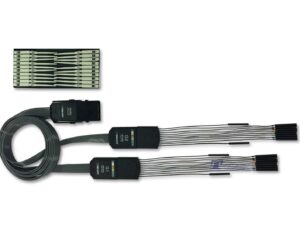

bmcintosh (verified owner) –
Purchased the Siglent SDS2104X Plus as a replacement for my 2014 model Rigol DS2072A. Very happy with the Rigol apart from the font used for all on screen measurement being so small that I was needing a magnifier to read it. PC software access never worked nicely. I suspect the latest Rigols are better. It served me well but the Siglent is a big leap forward. Yes it costs a bit more but the user interface is stunning in comparison, and whilst tech specs are obviously a key to selecting a purchase, it is the UI that you use every day that can make it either a misery or a pleasure to use.
Large screen (and with VNC on my double width 30 inch PC monitor I reckon you can see the font sizes in Timbuctoo!). Touch, mouse or use the physical buttons – all work intuitively smoothly.
The specs speak for themselves so not much to say here but I have two gripes. Keep them in perspective as I have nevertheless rated the scope 4 star (might have been 5 otherwise). One is that the cooling fan, although much quieter than most test gear I have used, has a tiny little clicking sound, noted by many on EEVBlog. Not worth a warranty return since it seems most of them do this and its not exactly loud, just ever so slightly noticeable. In a commercial lab you wouldn’t actually notice, but if you’re in a quiet place working from home where it’s the only test instrument in use then marginally irritating. A much bigger gripe for me is that there is no “Average” mode on the Acquisition menu. I am used to hitting one button to try a smoothed out trace which I may continue to use or take off again. On the Siglent you need to set up the channel, go into Math, set up a math function on your chosen channel, then go back to your channel, hide it so only the math is on the screen. Sinc the math is post processing there is a pause after each sweep while it does the average. Oh, and there are only two math channels anyway to share between all all four inputs. Grrrrr ! To be fair, a real nice feature is that once in the math menu, the UI again is really nice with a great custom function building screen.
A review wouldn’t be complete without mentioning the attention given by the crew at Telonic – attentive and helpful – a model of customer service which I put to the test because of some delivery hiccoughs with the courier. Effective and efficient – thanks team Teloonic.
In summary, check the spec, if it matches your needs don’t hesitate to buy this well designed instrument. Look at some of the online tear-down videos of Siglent scopes and spectrum analisers if you are in any doubt about build quality – its really good.